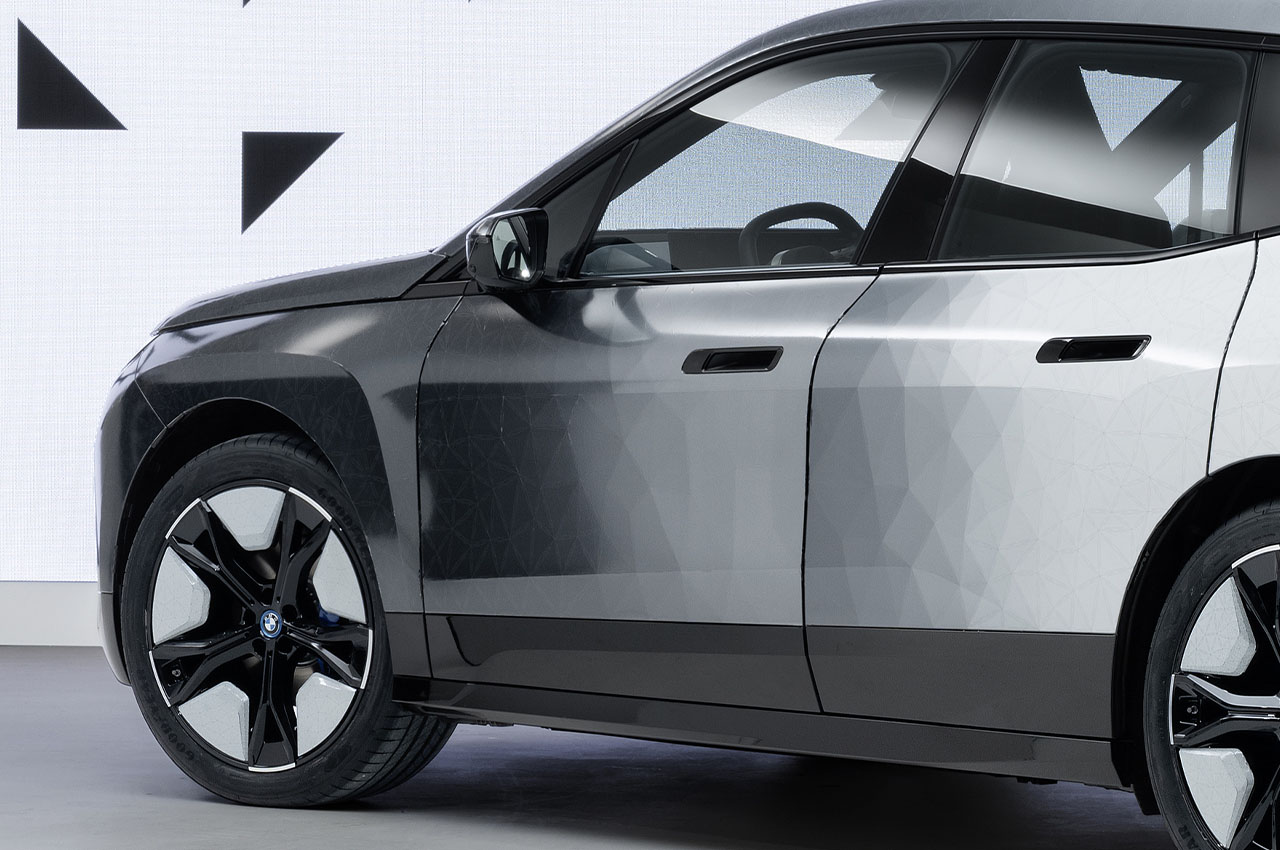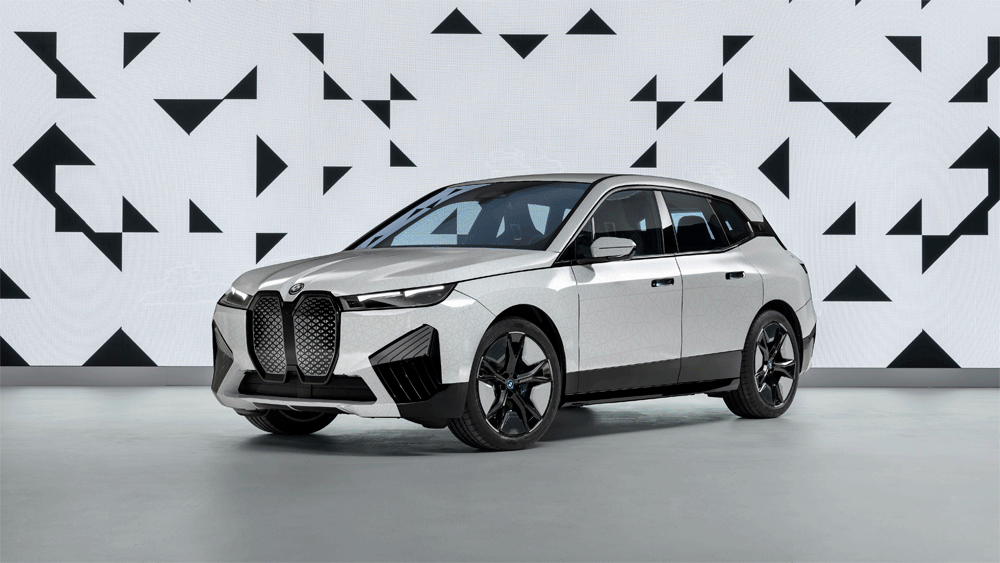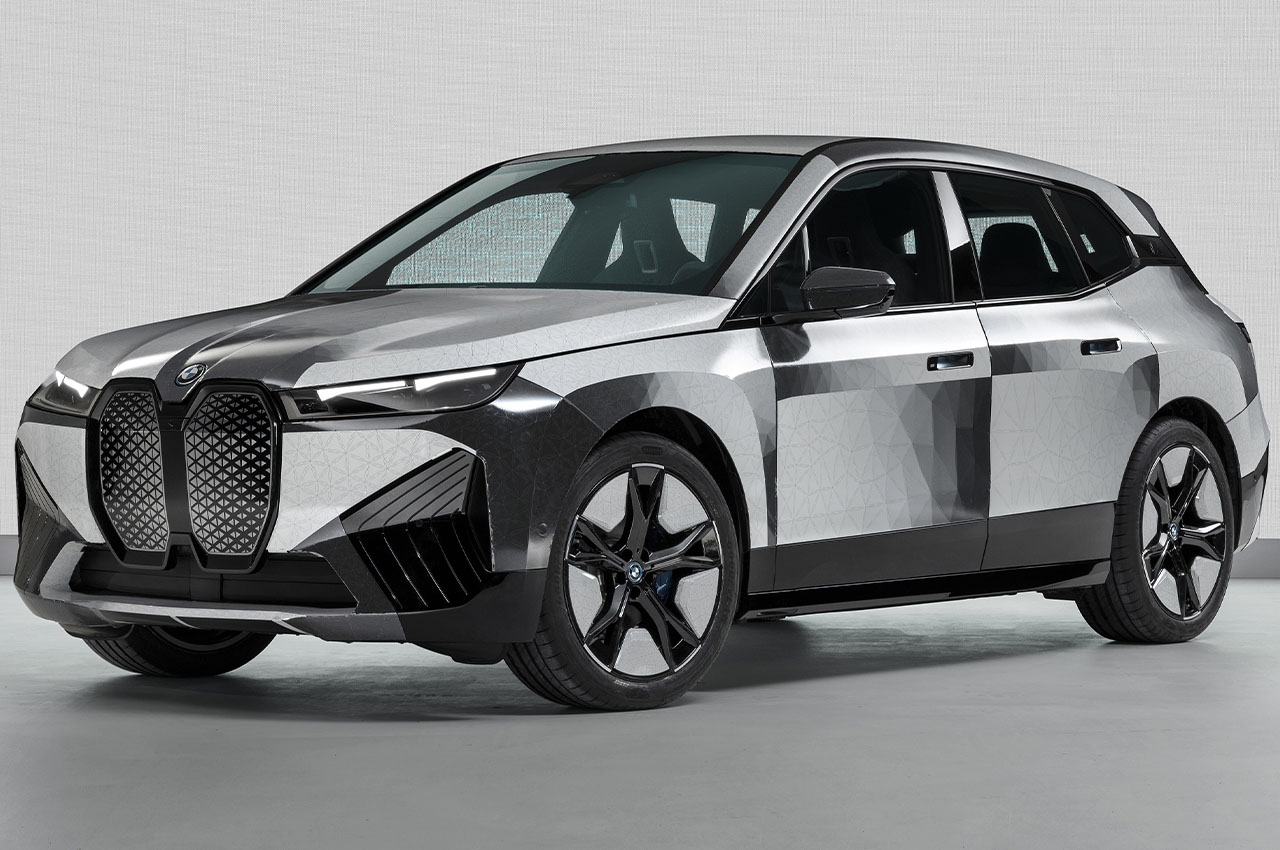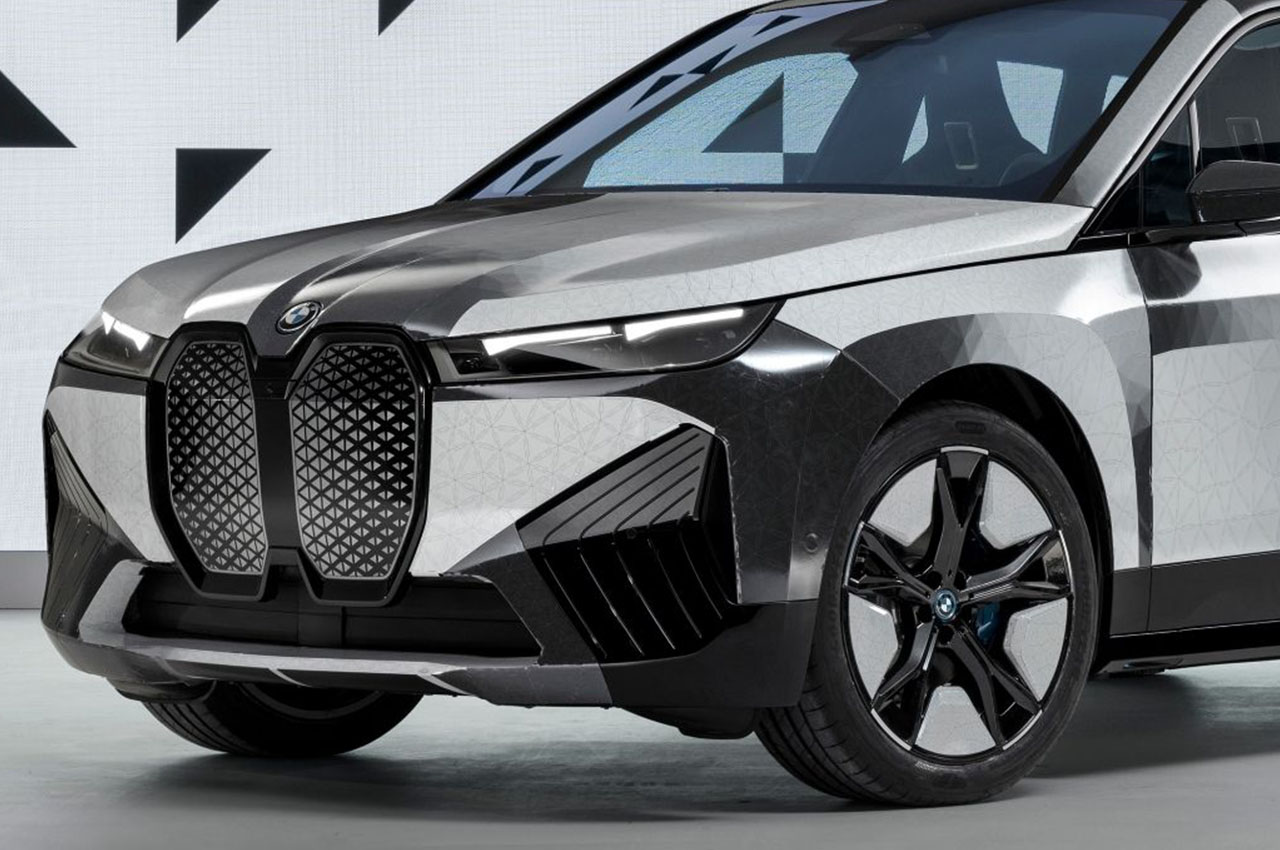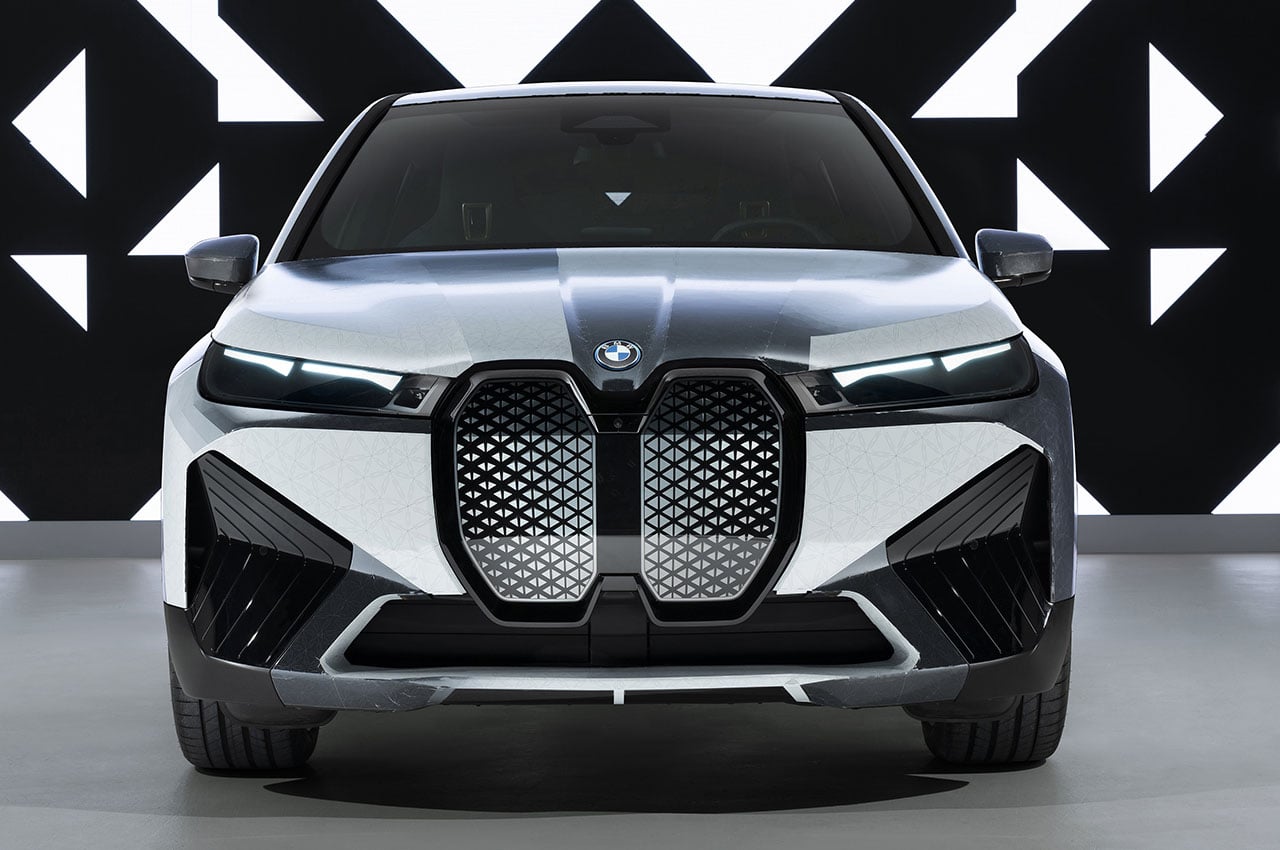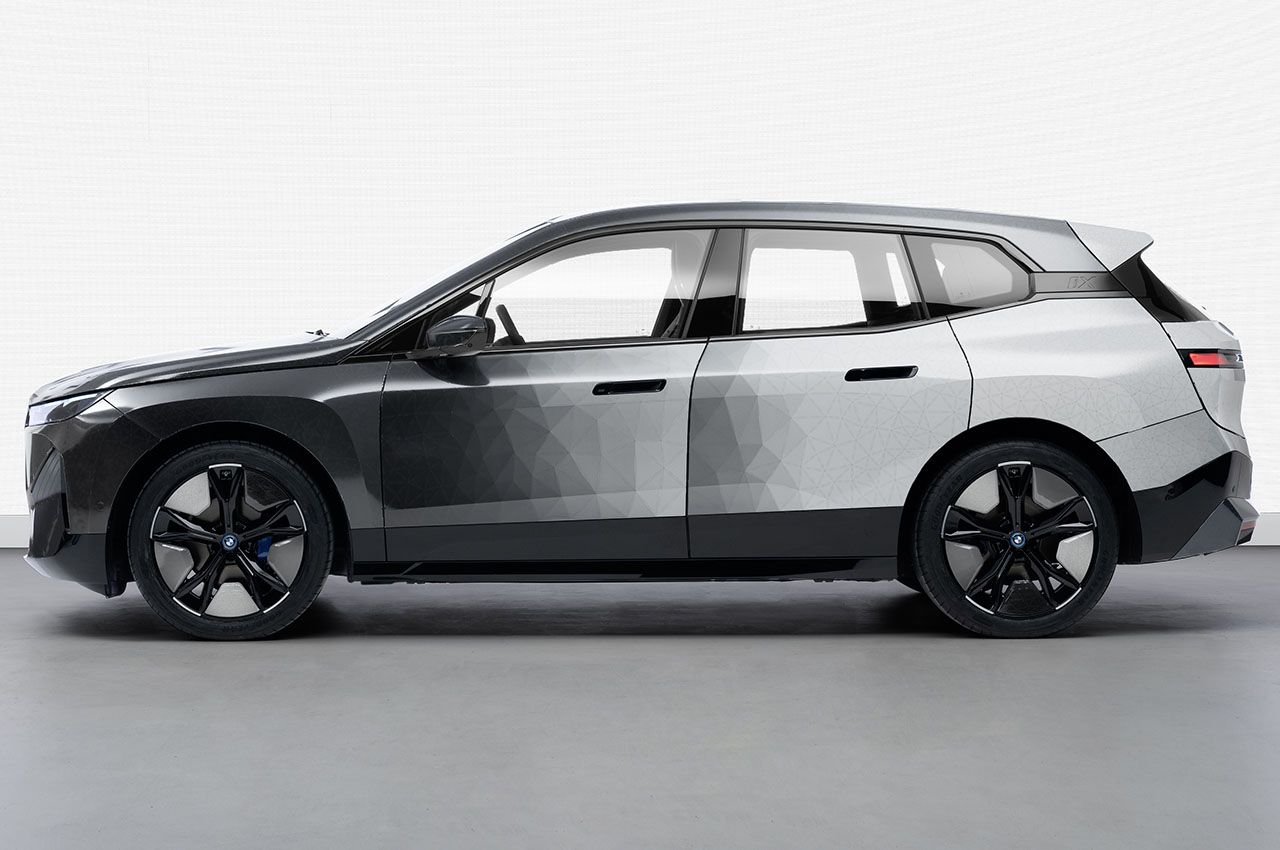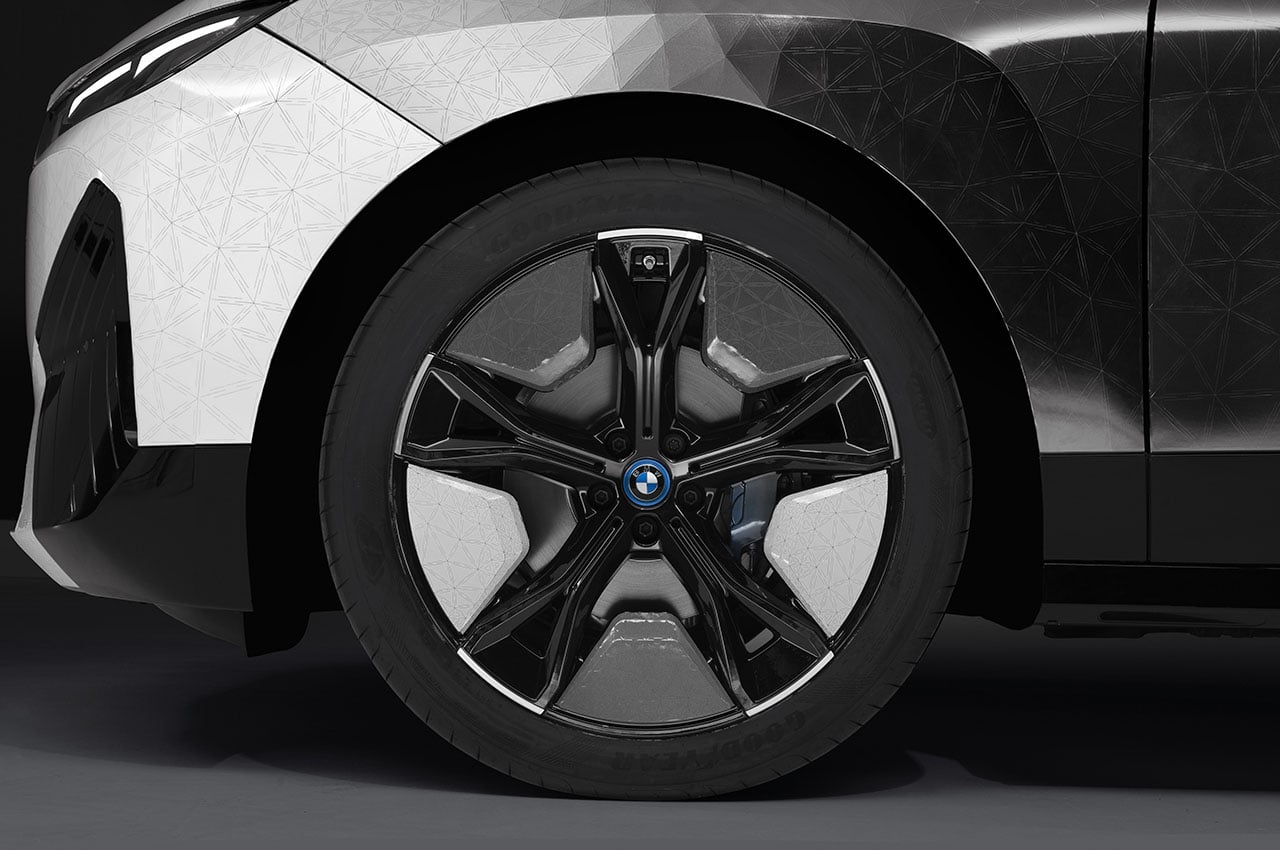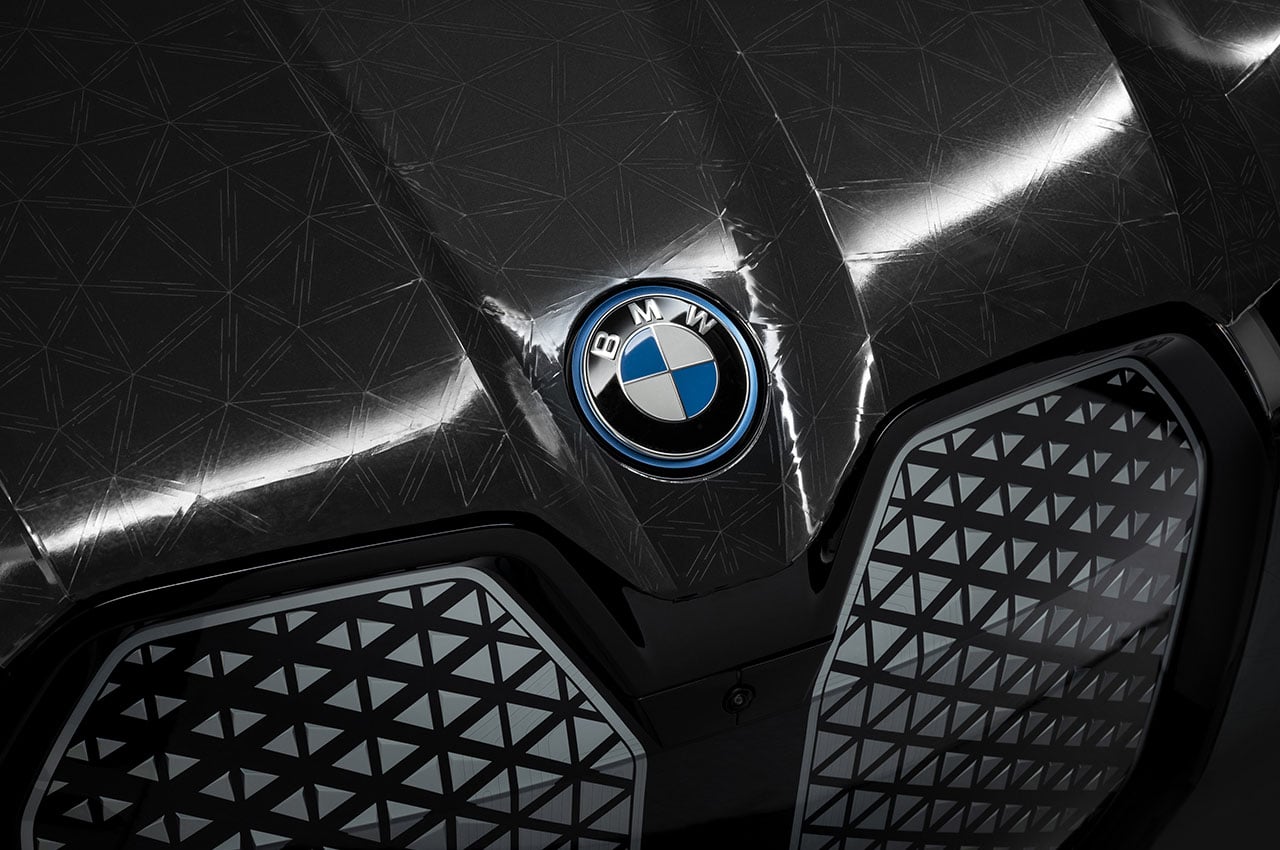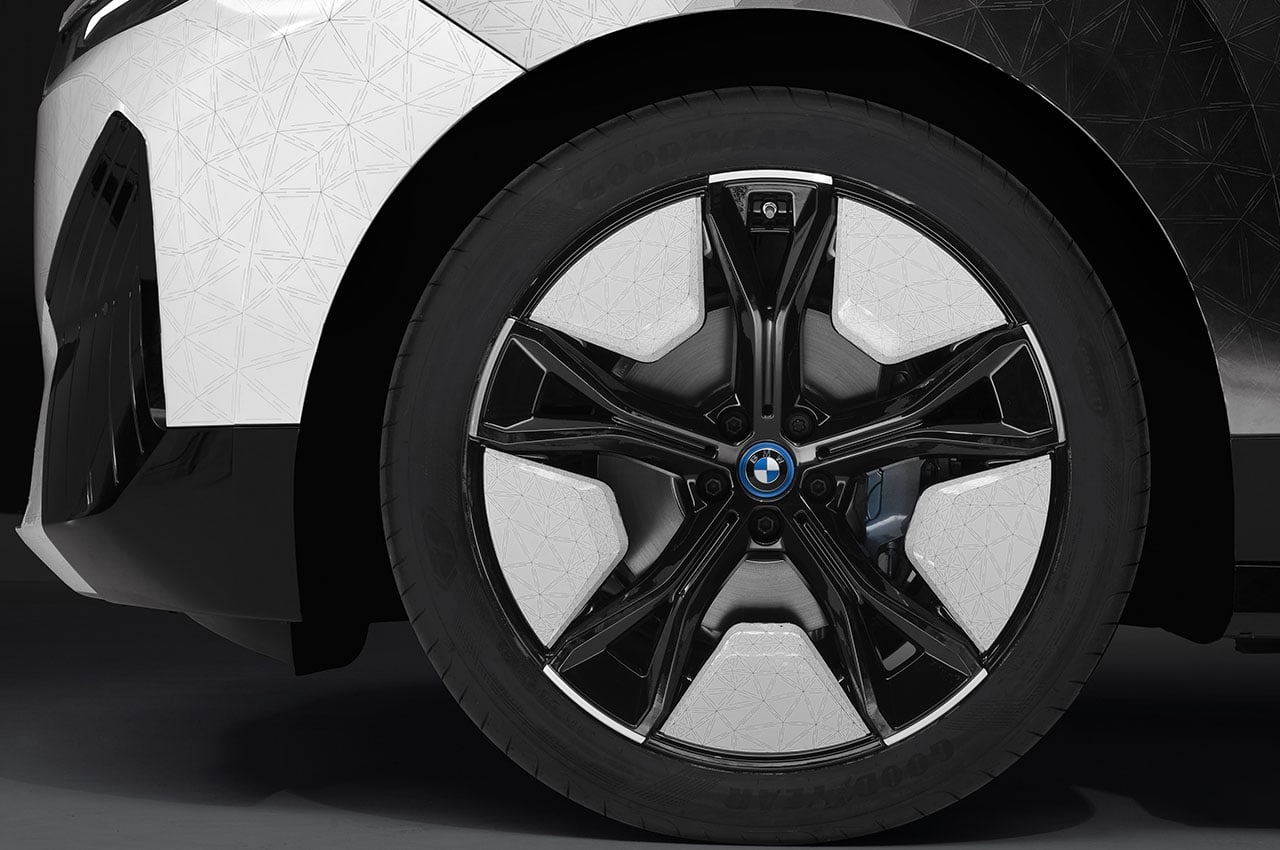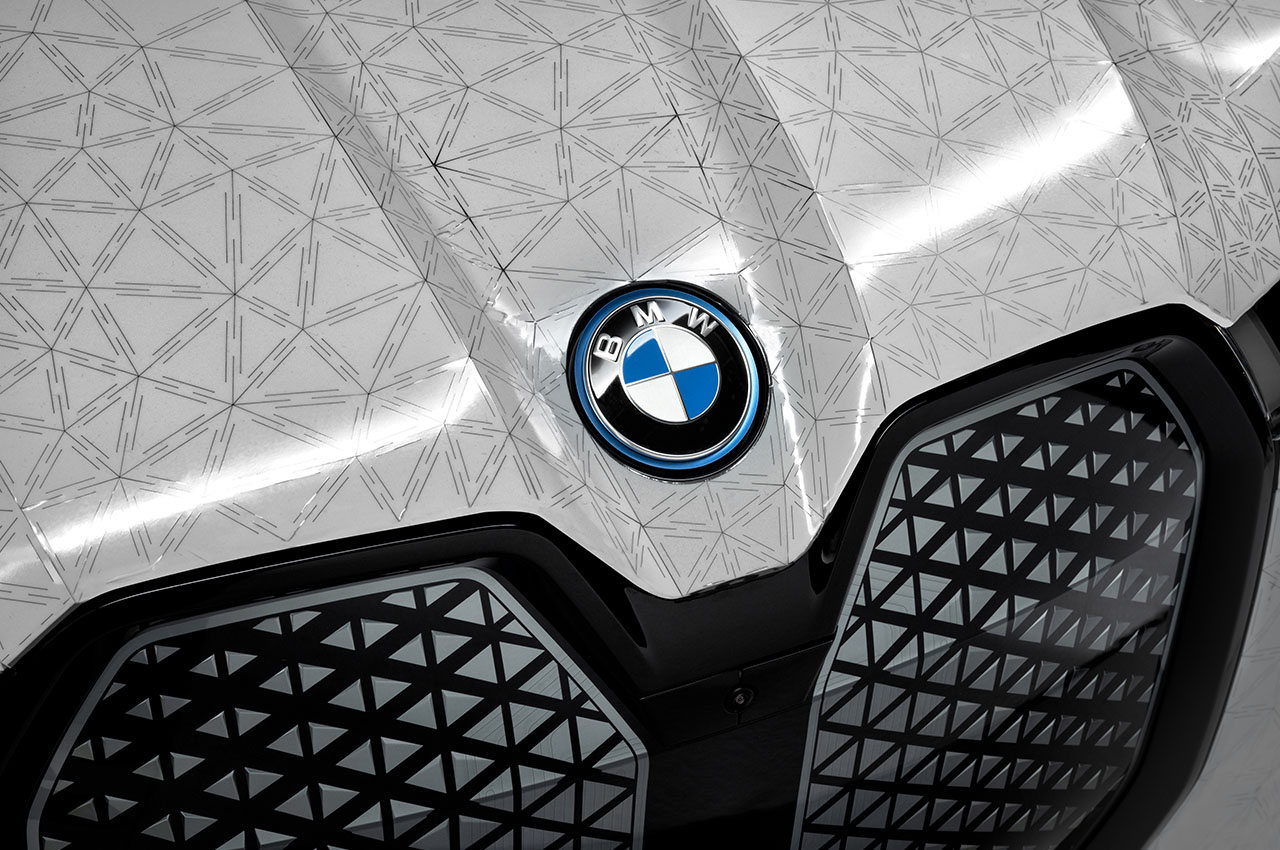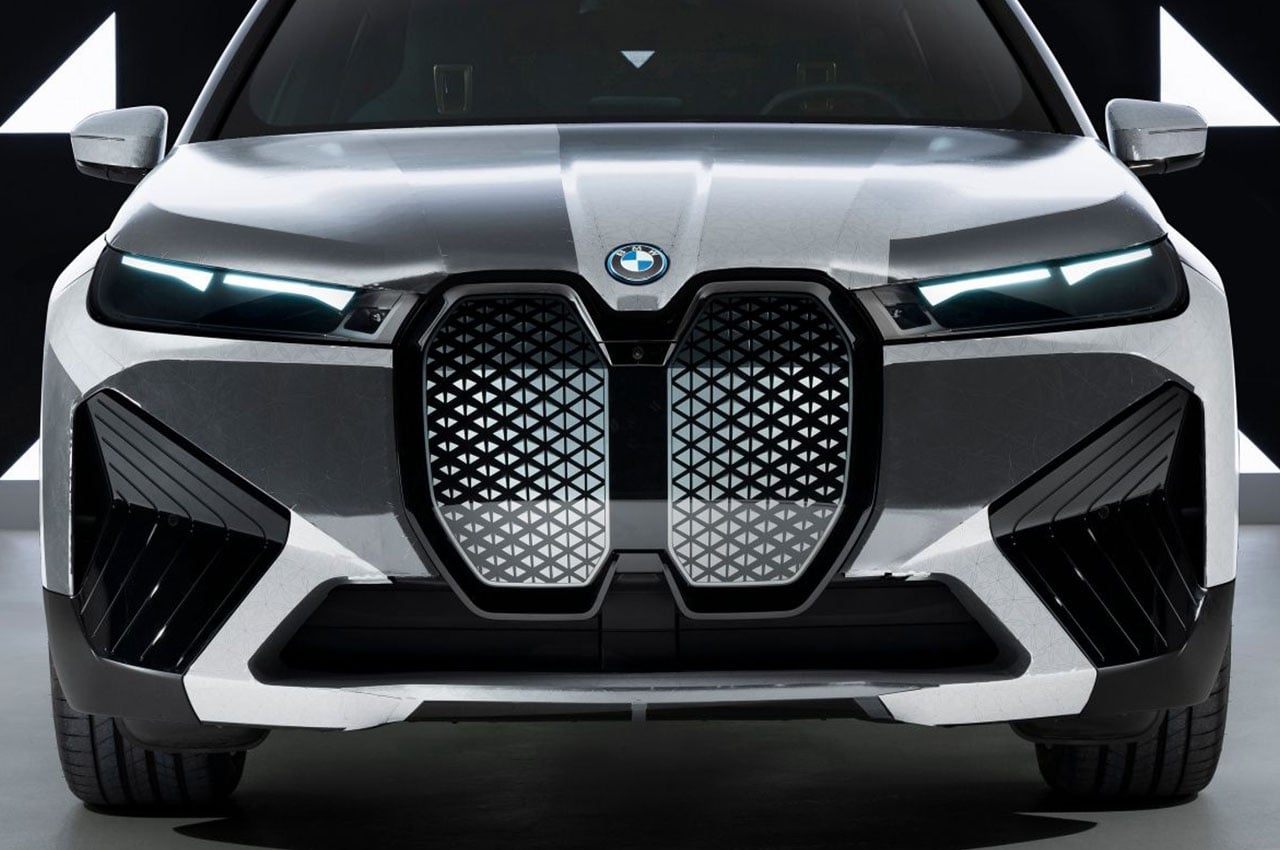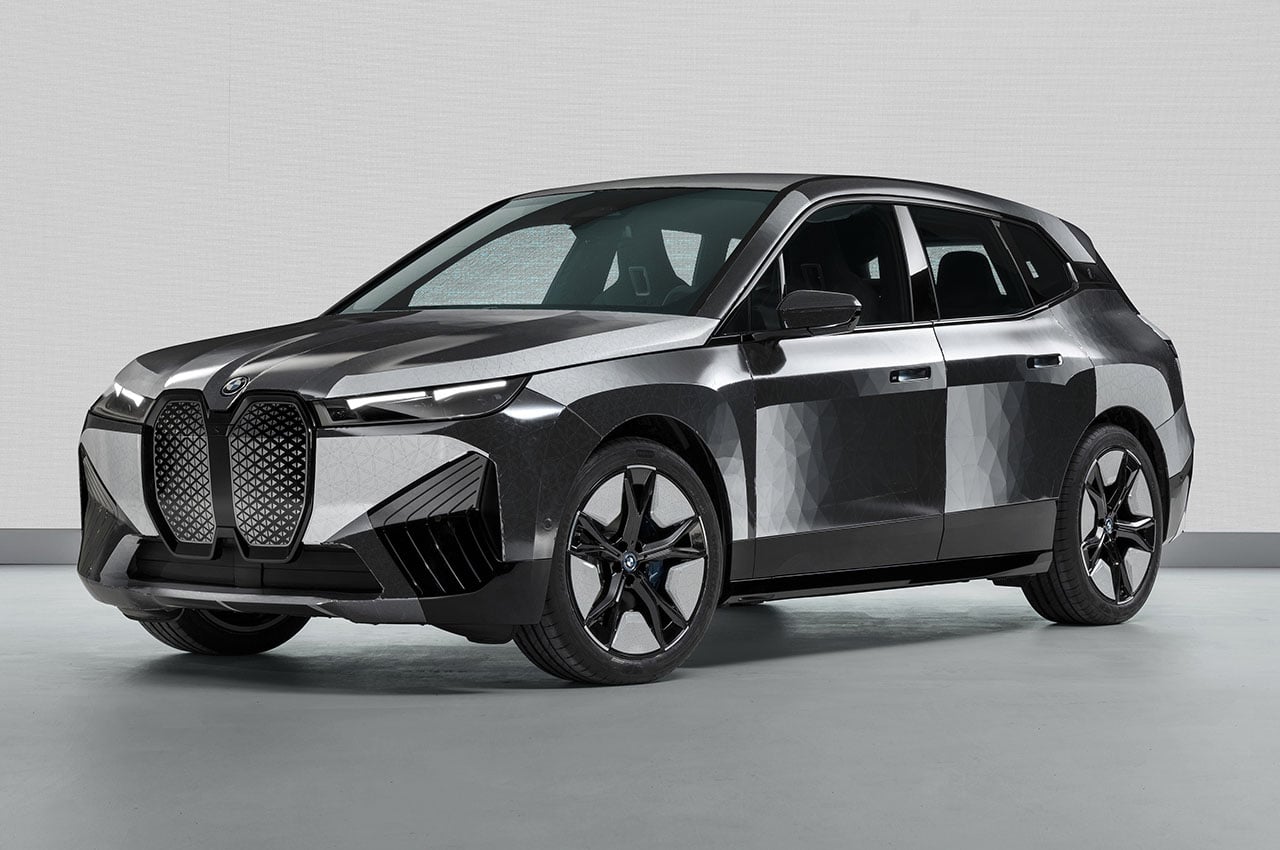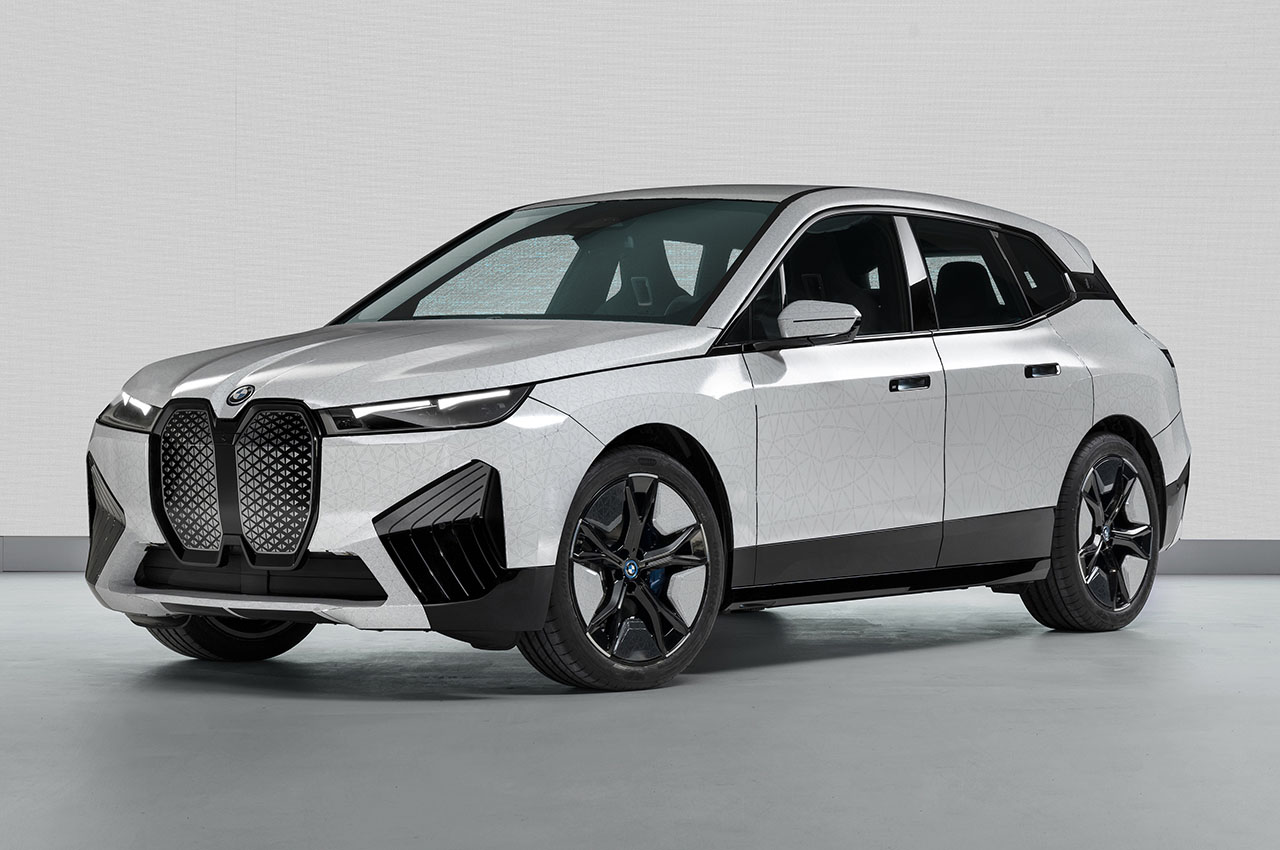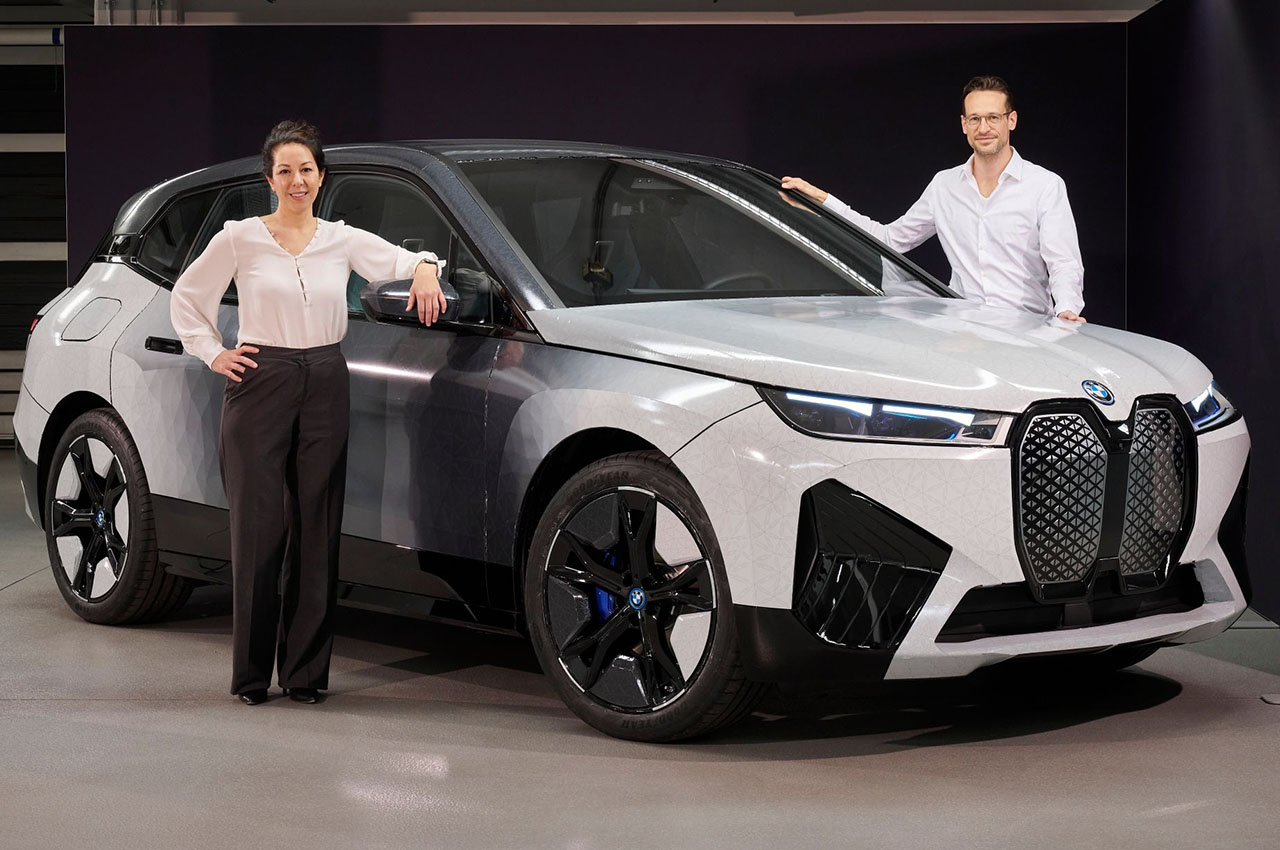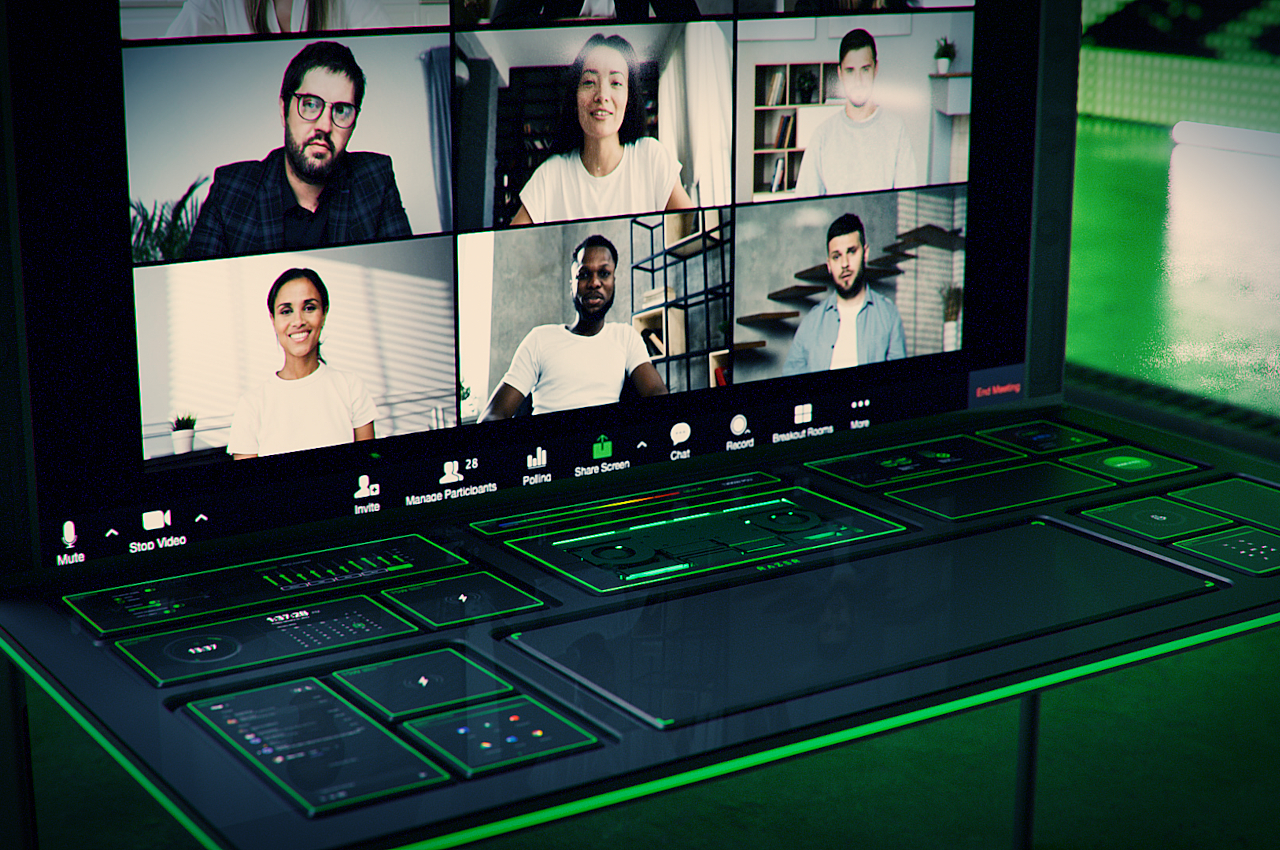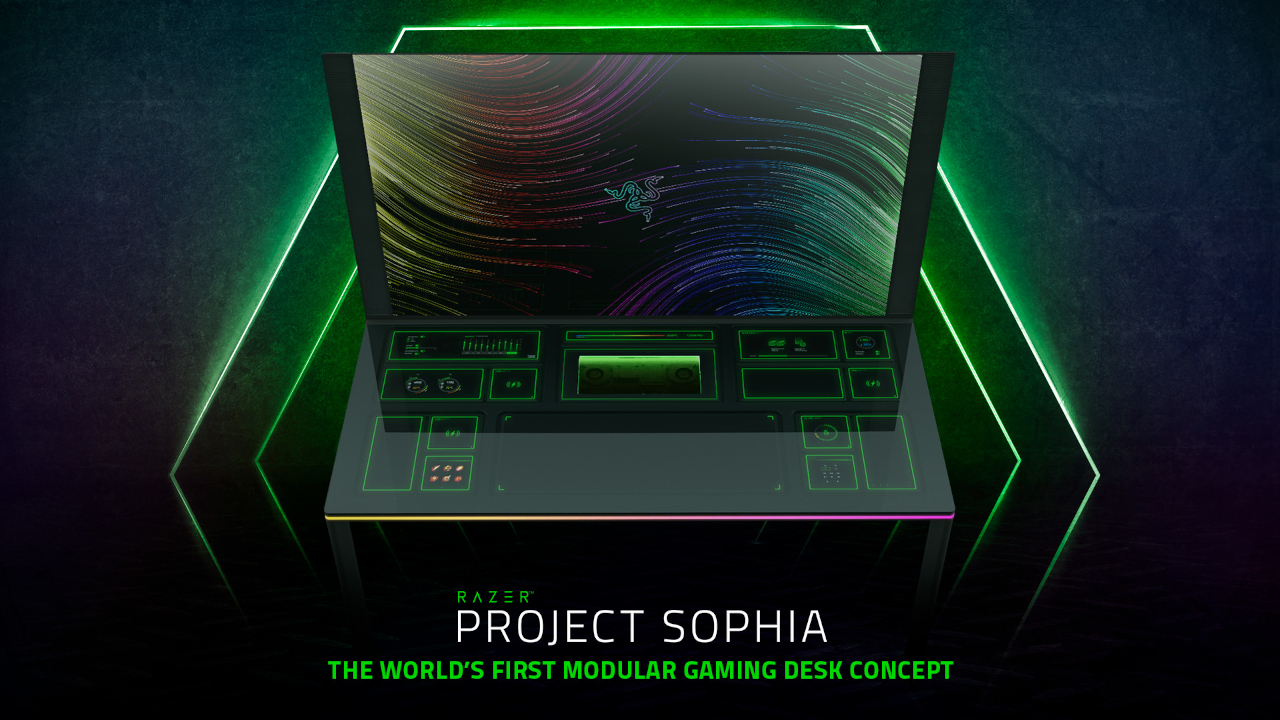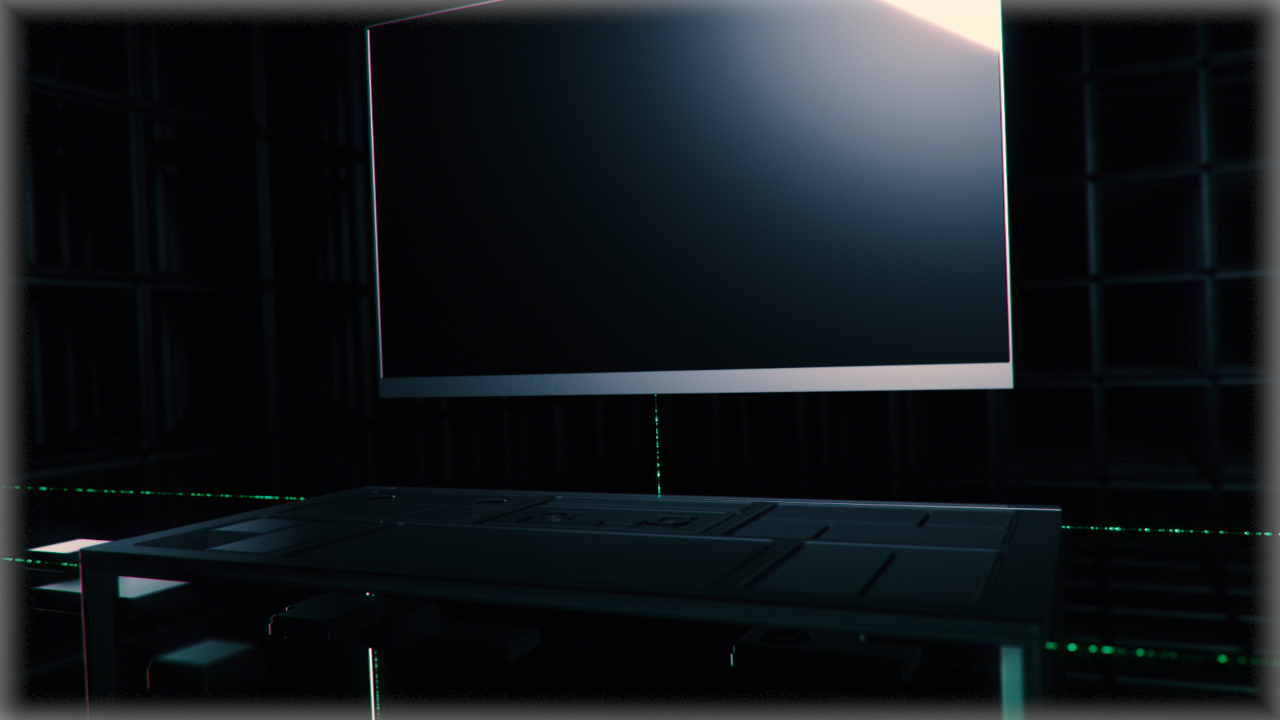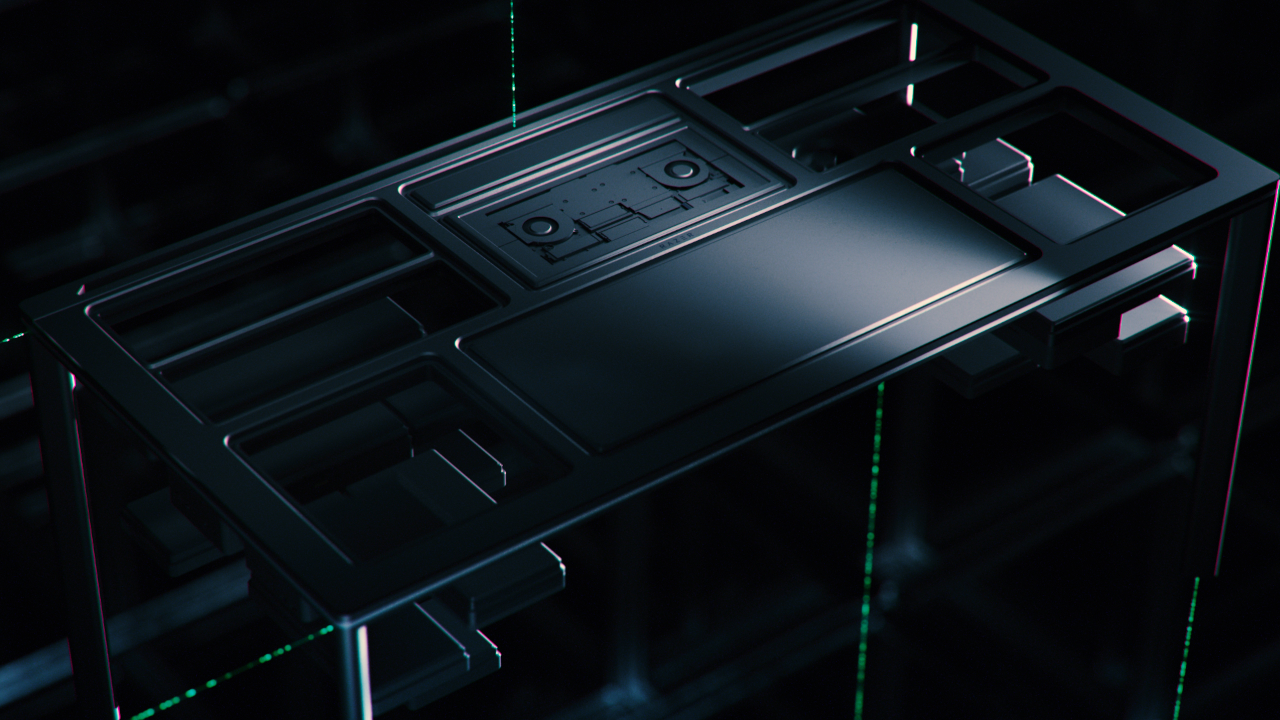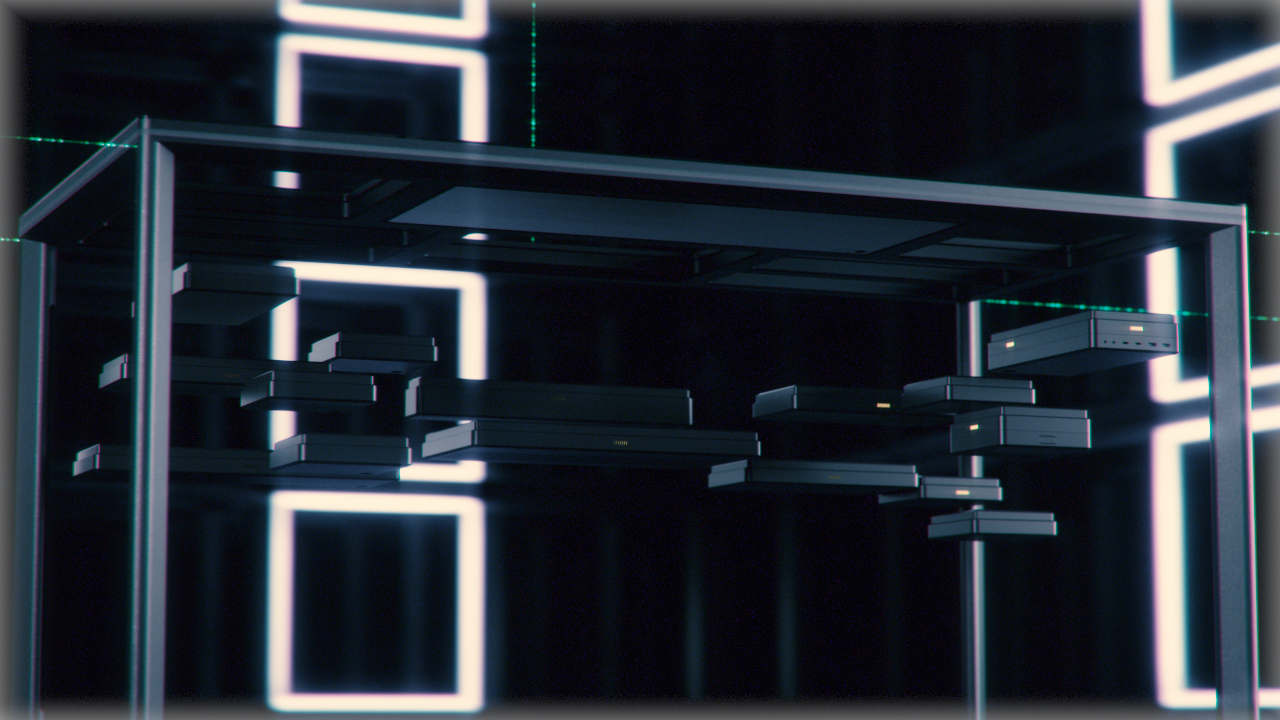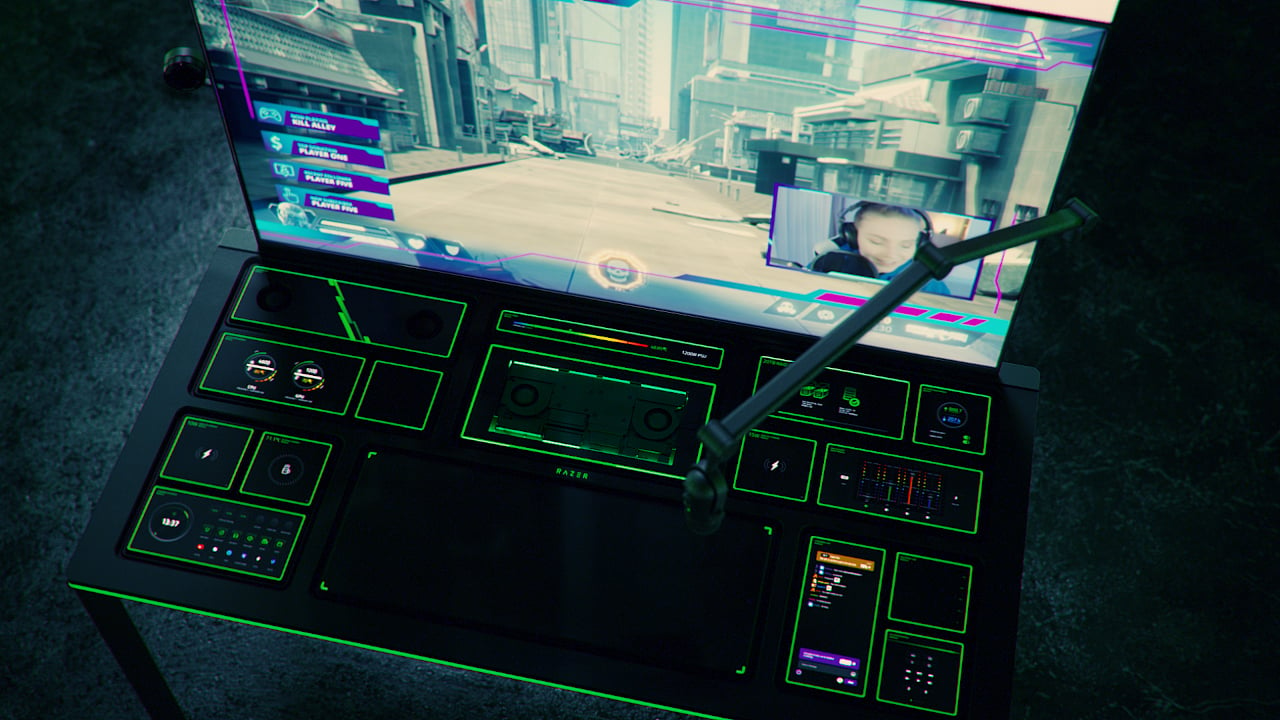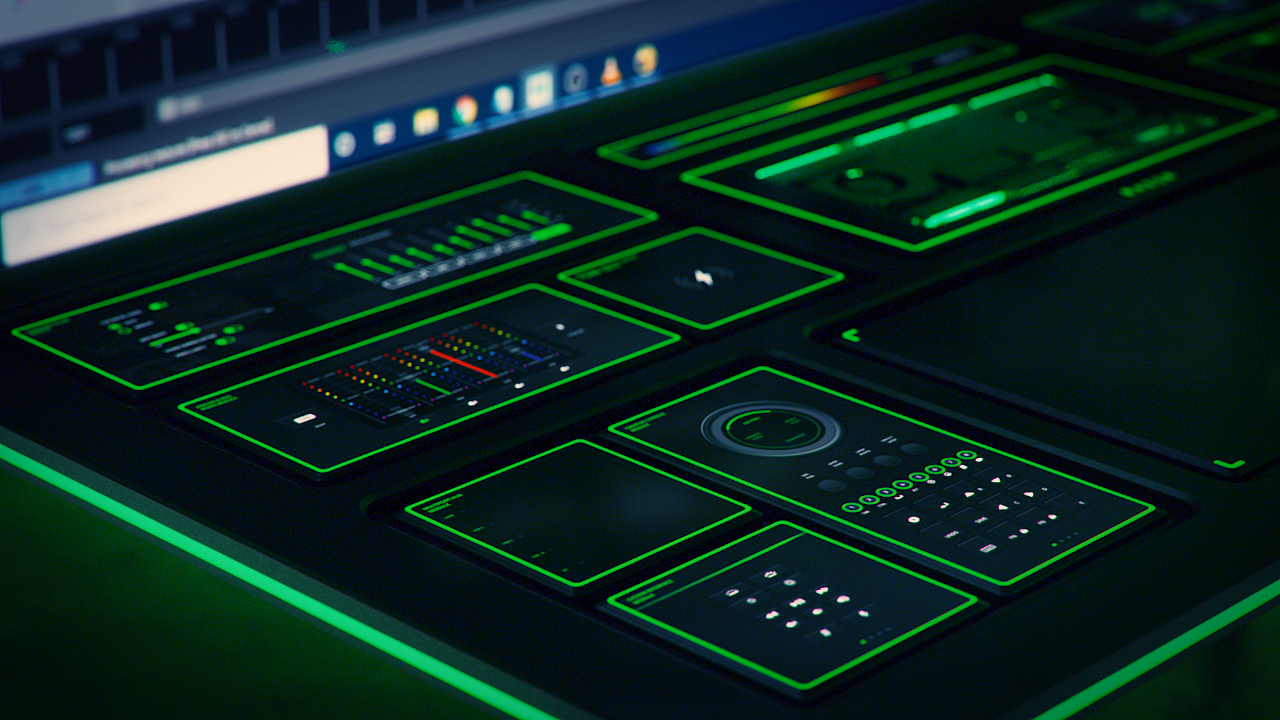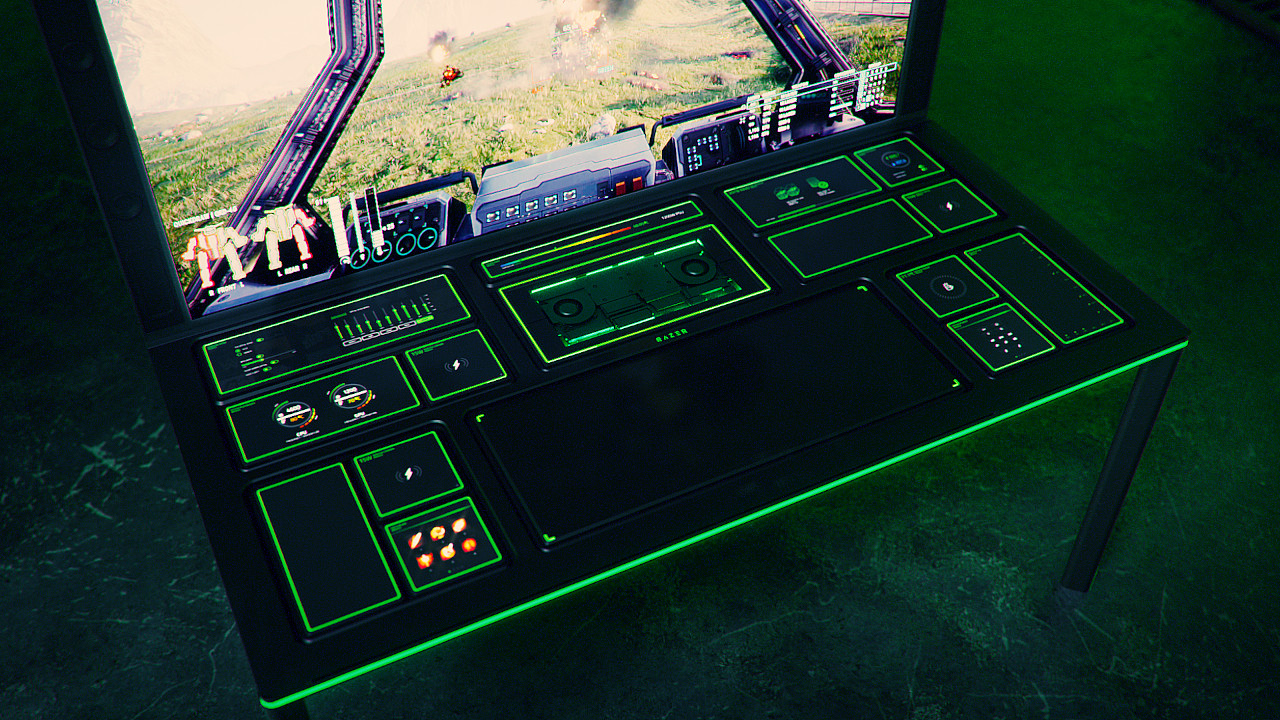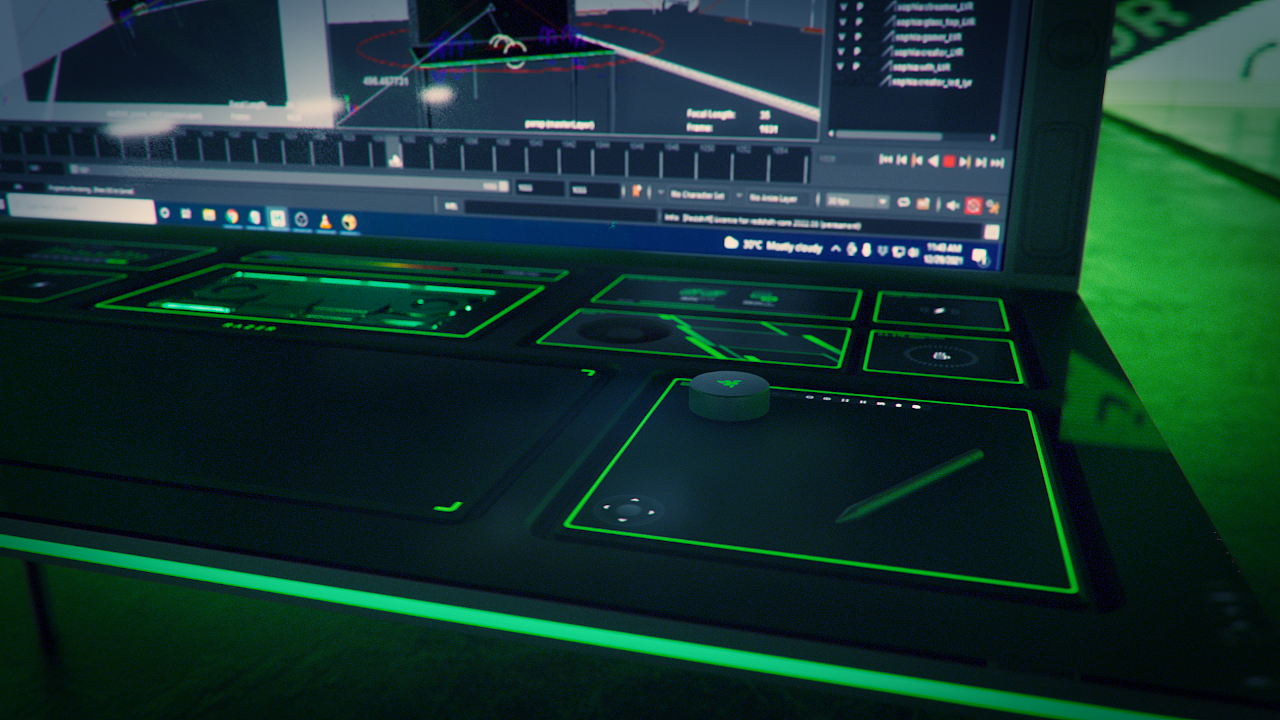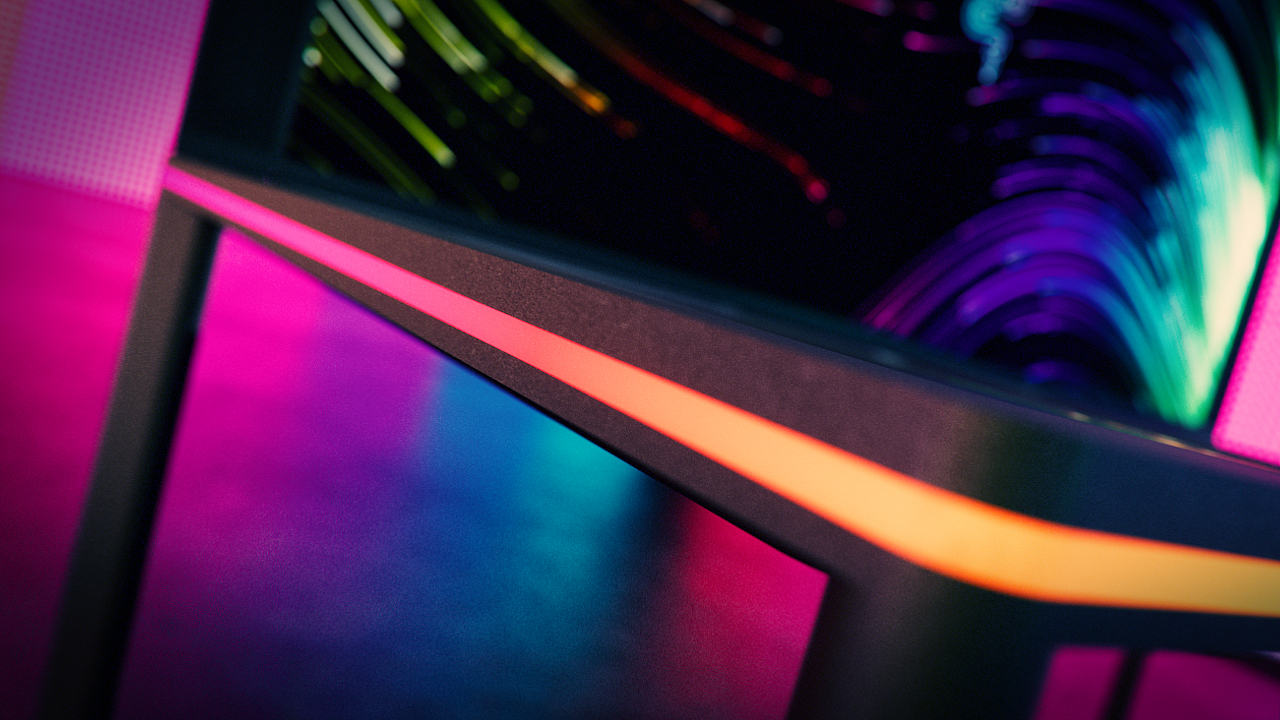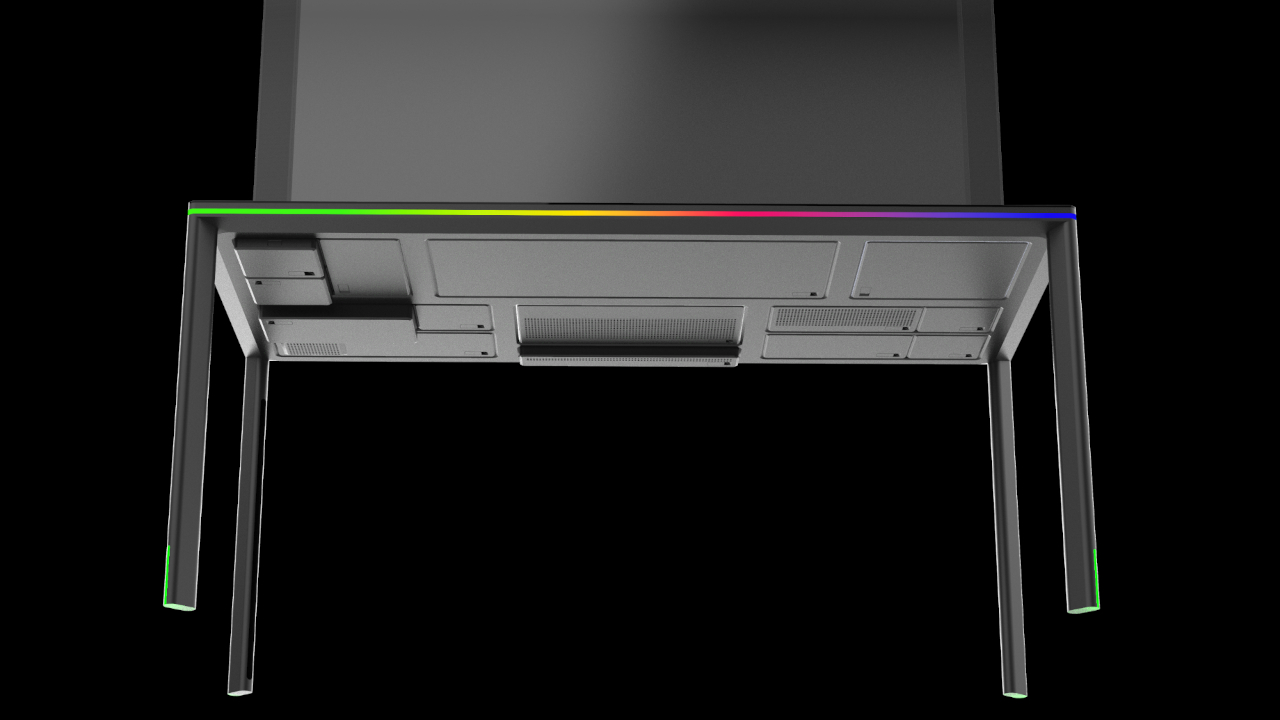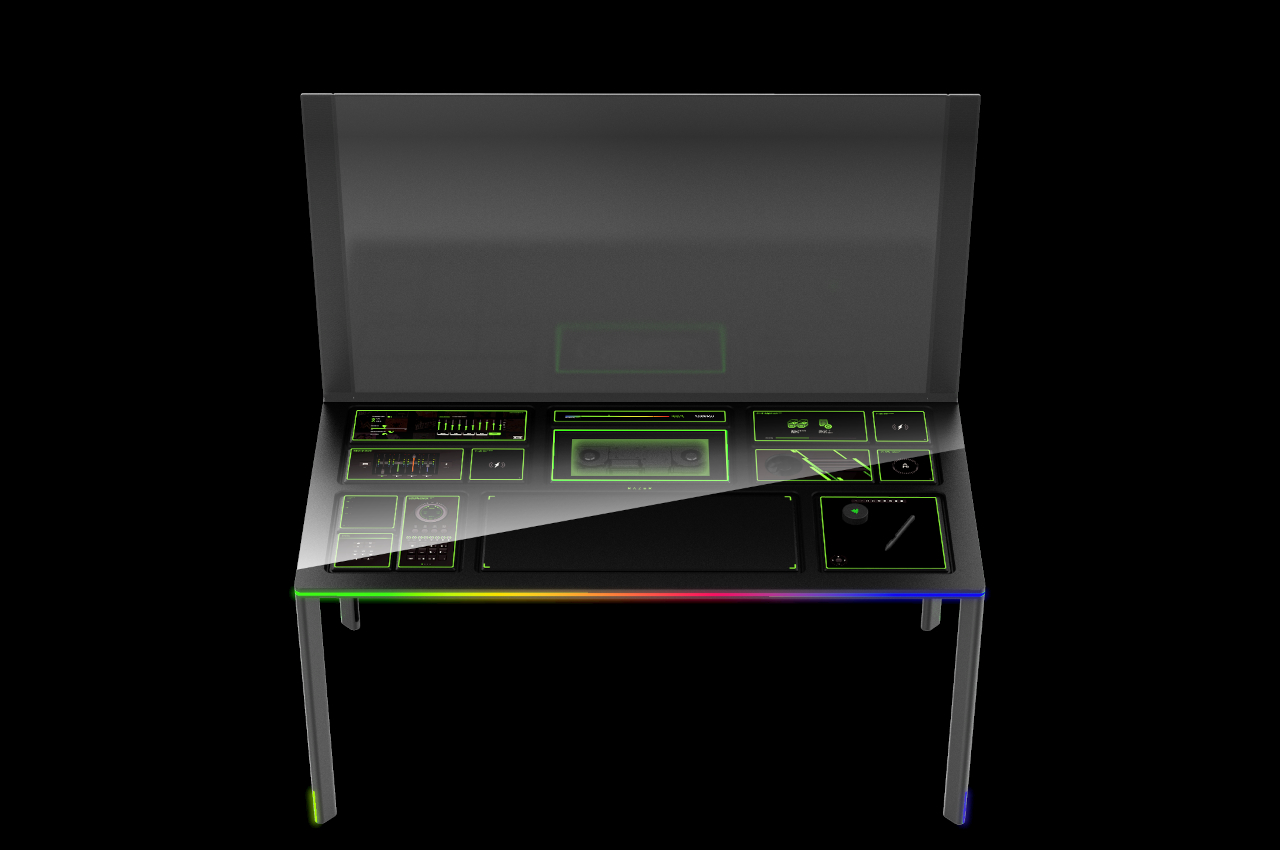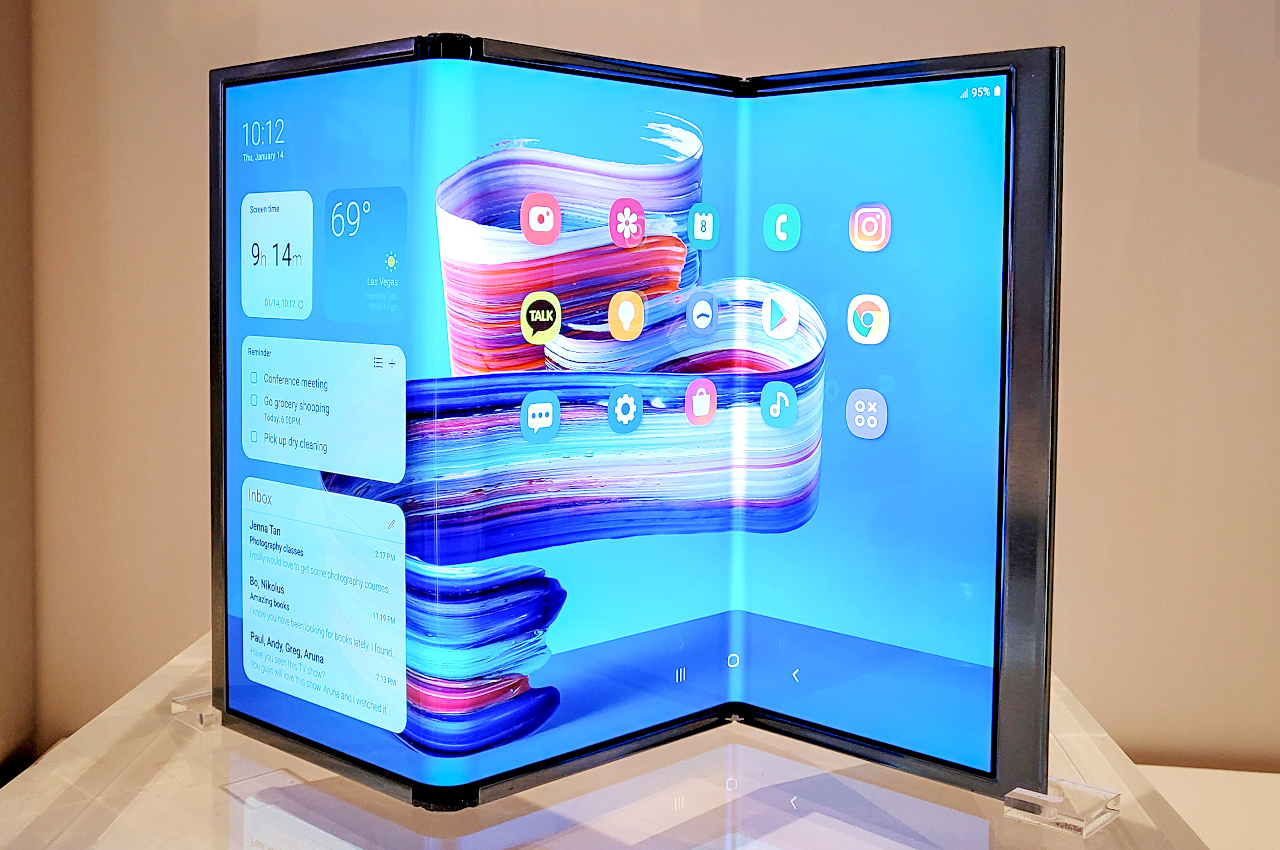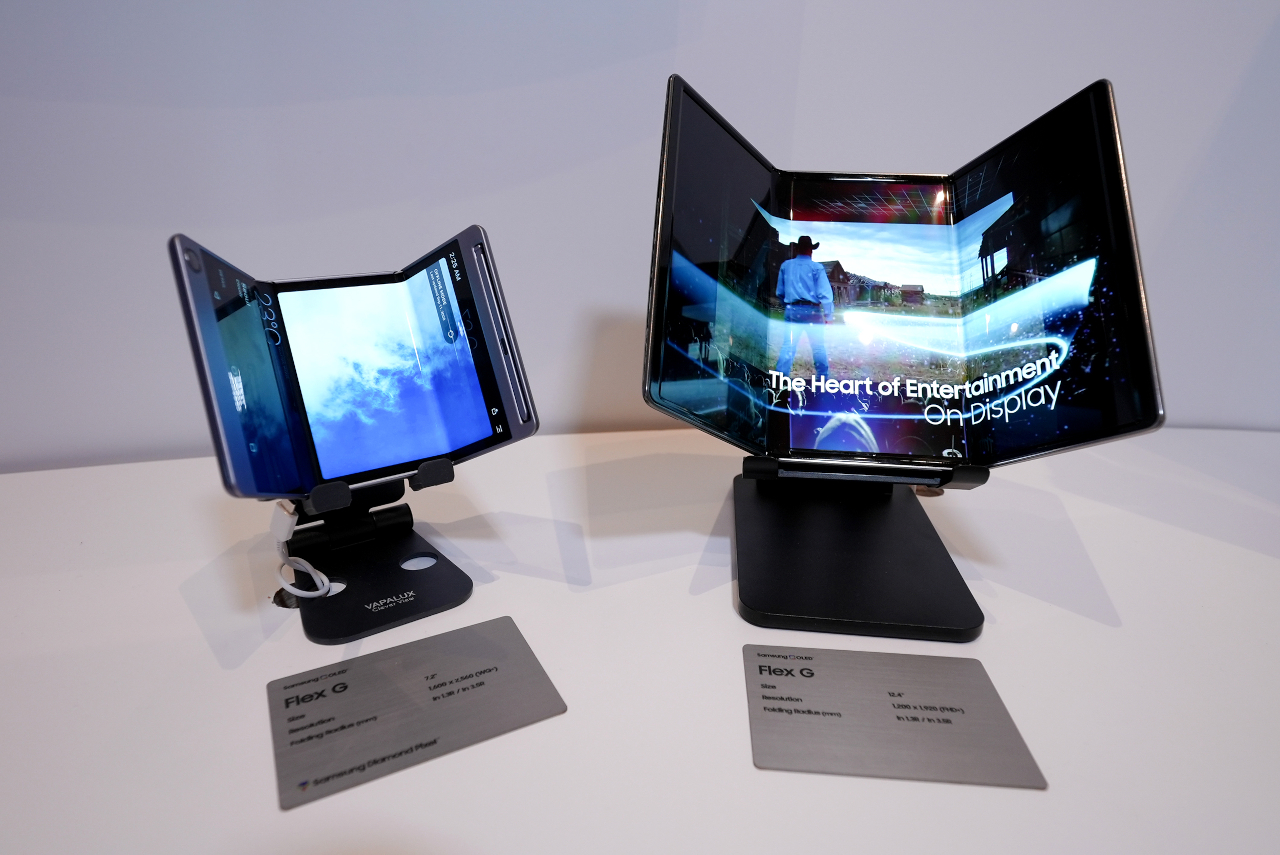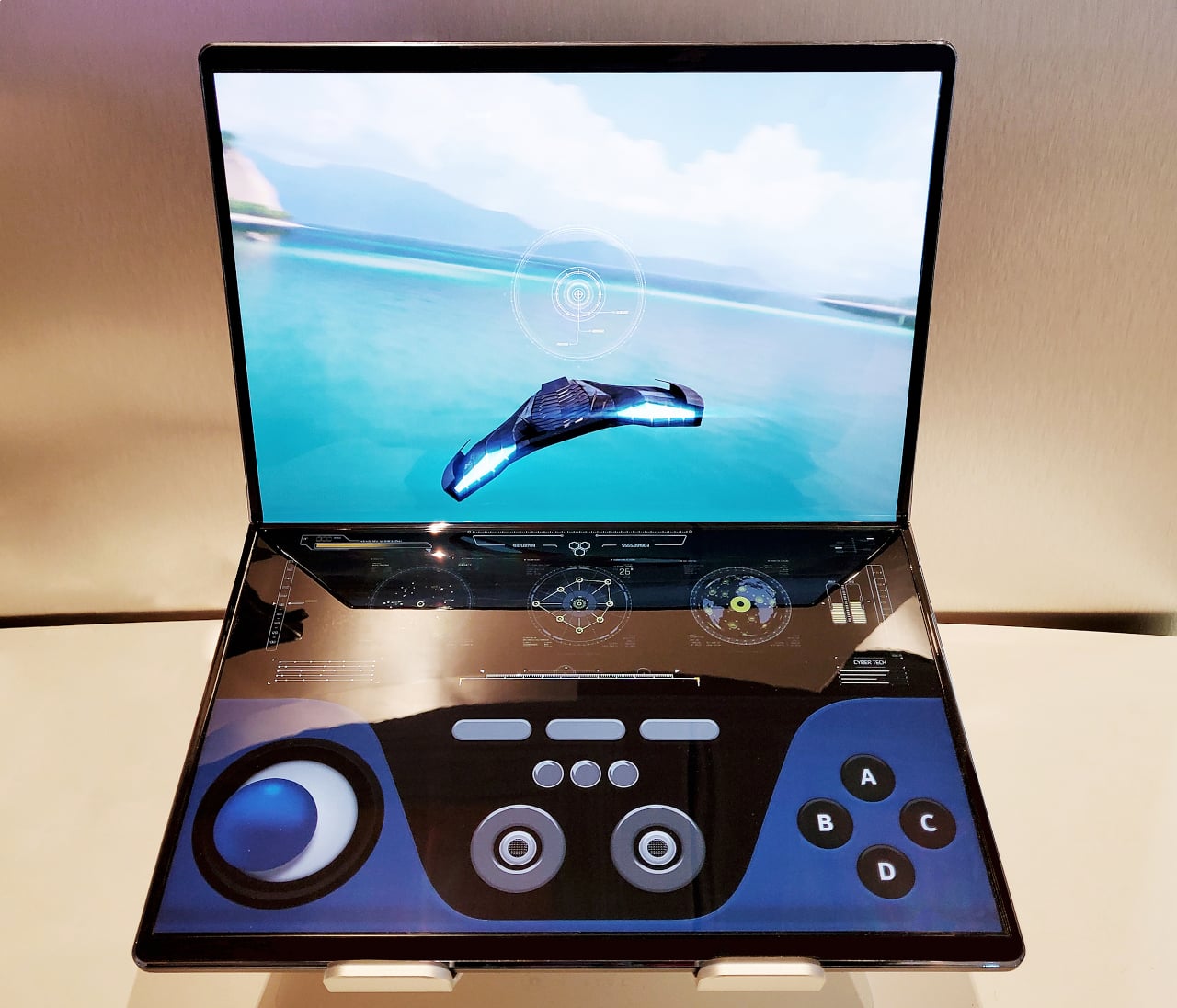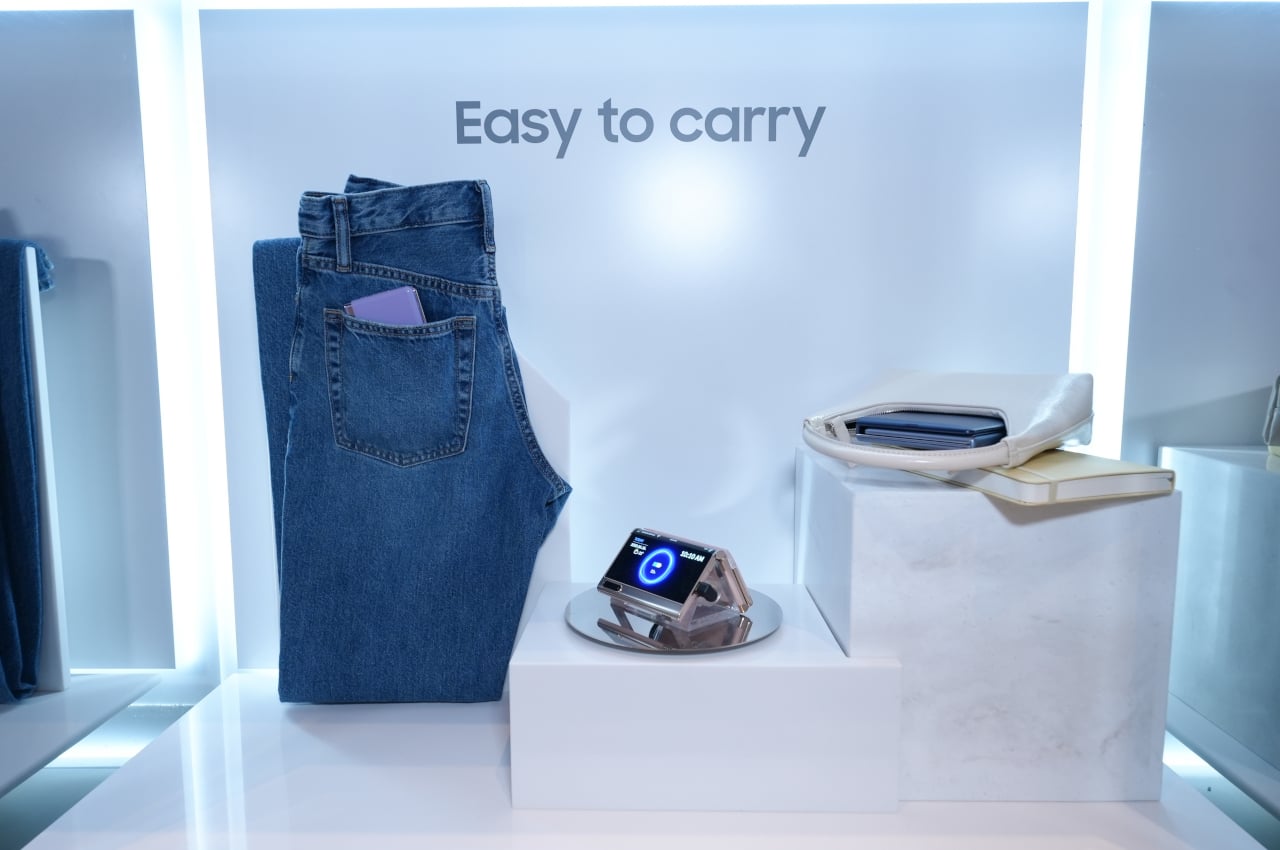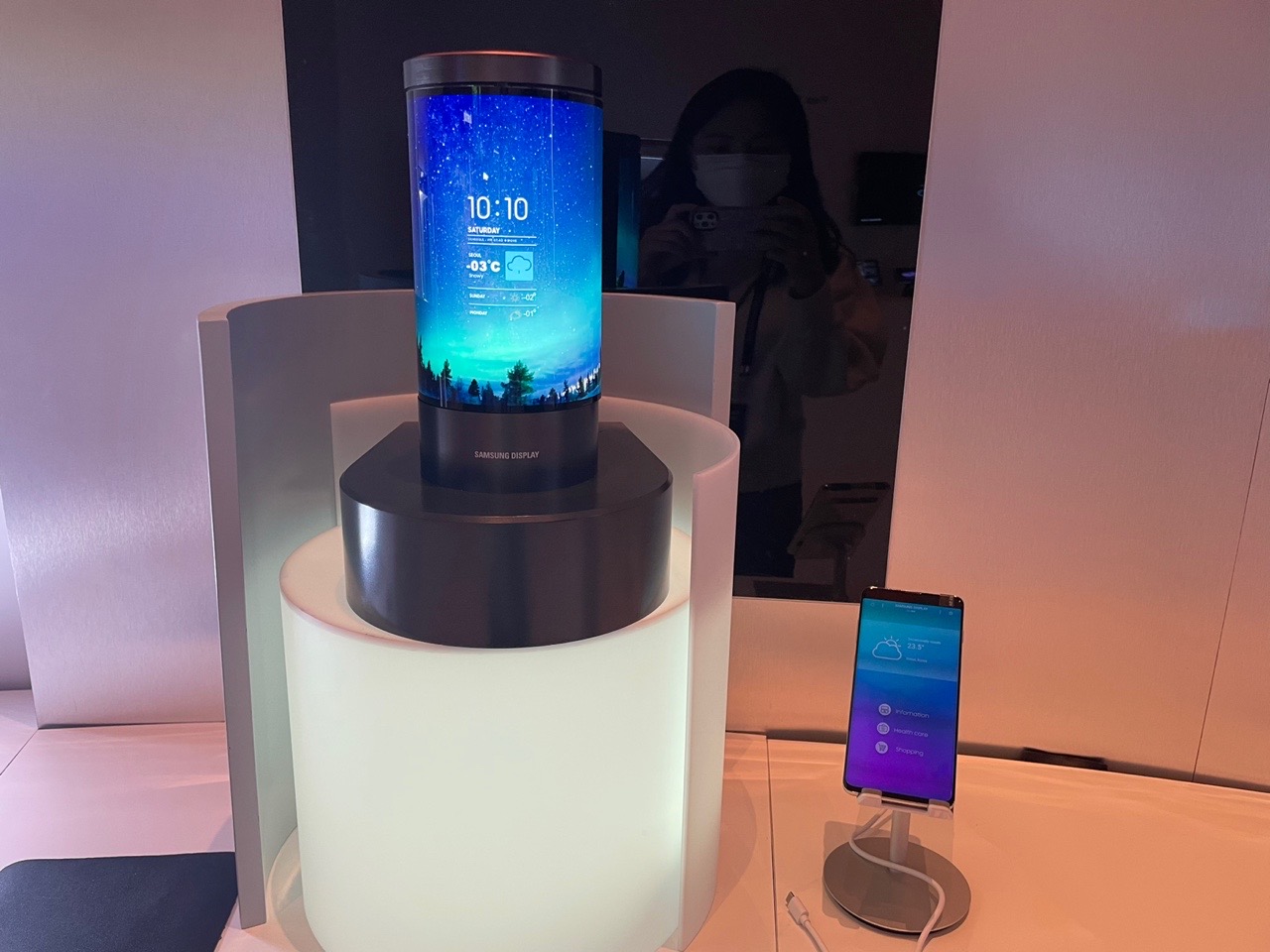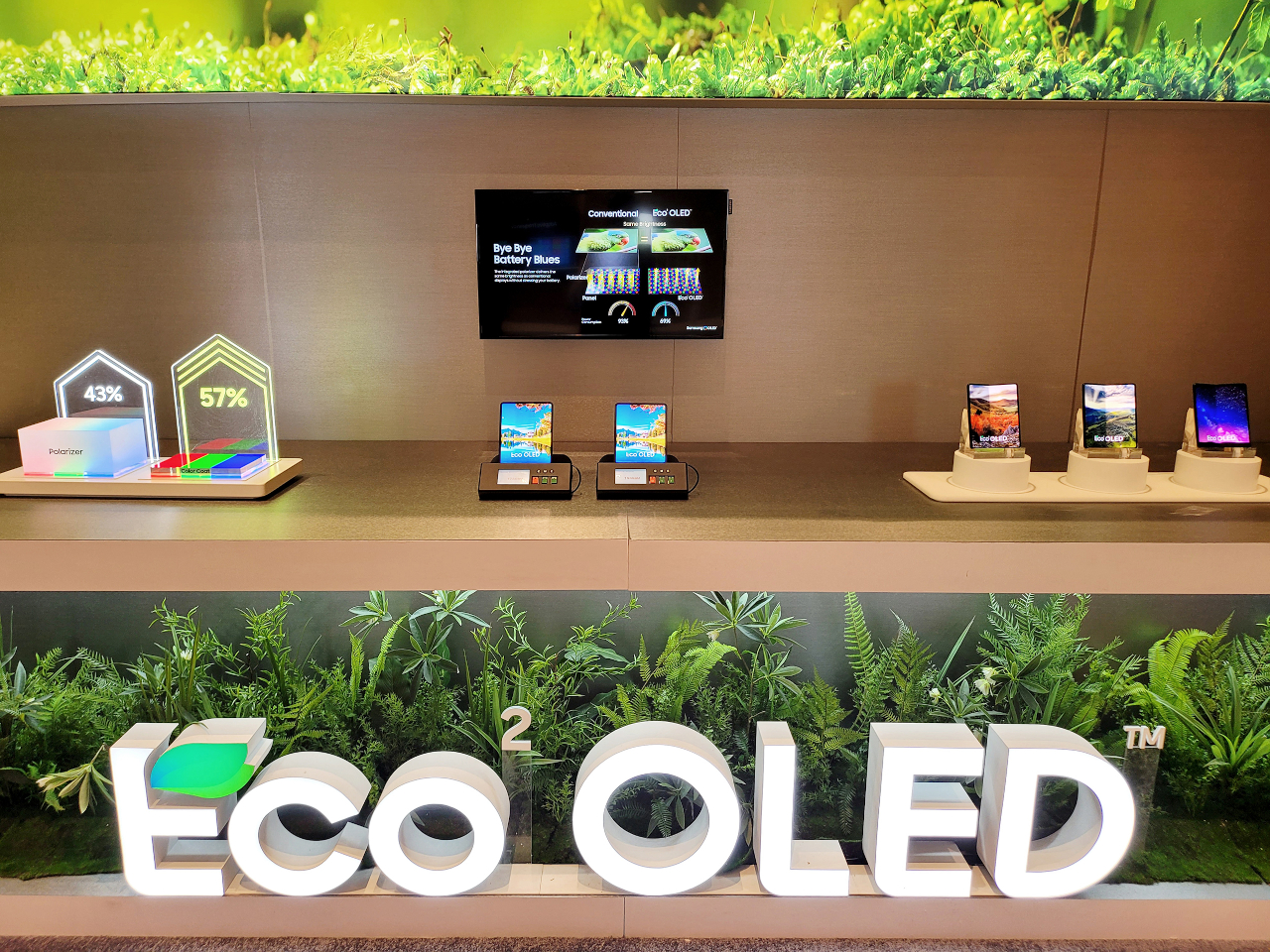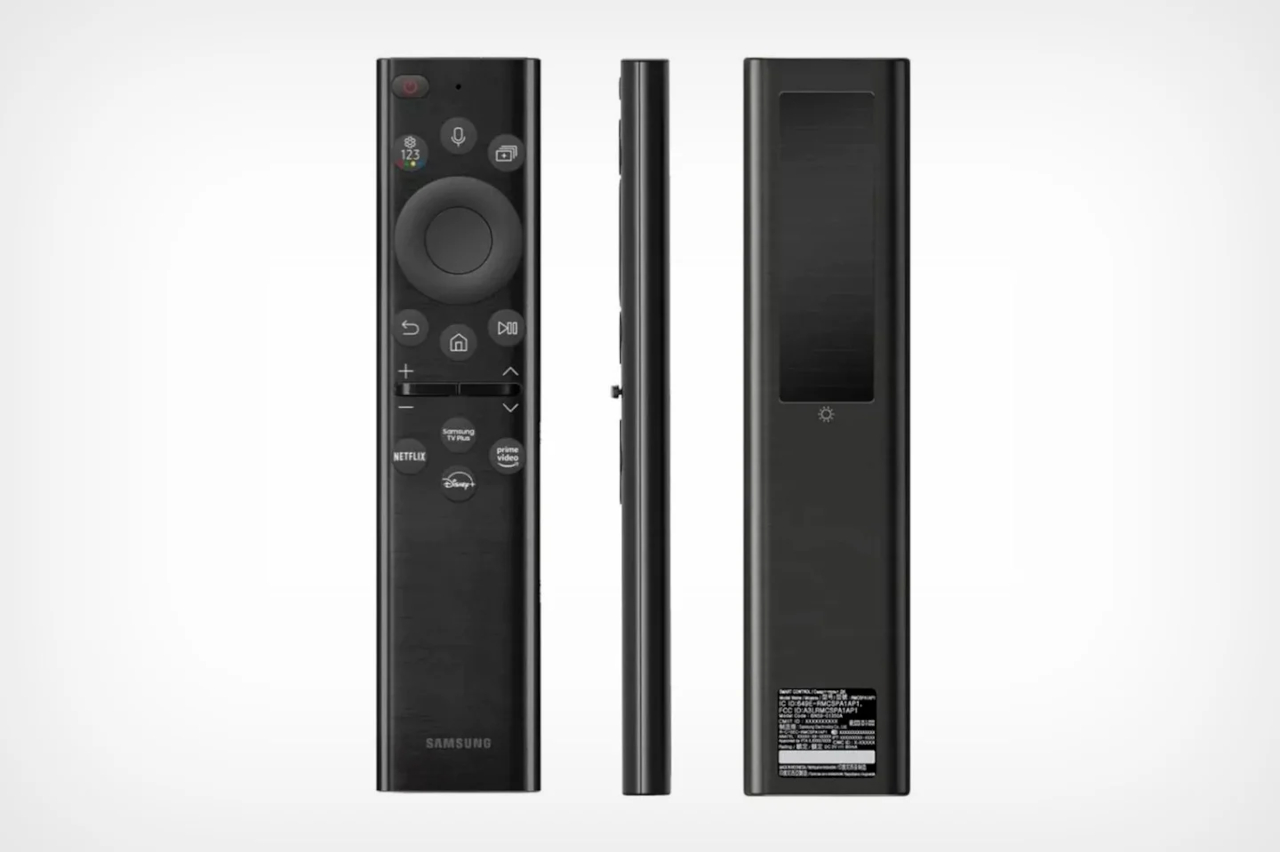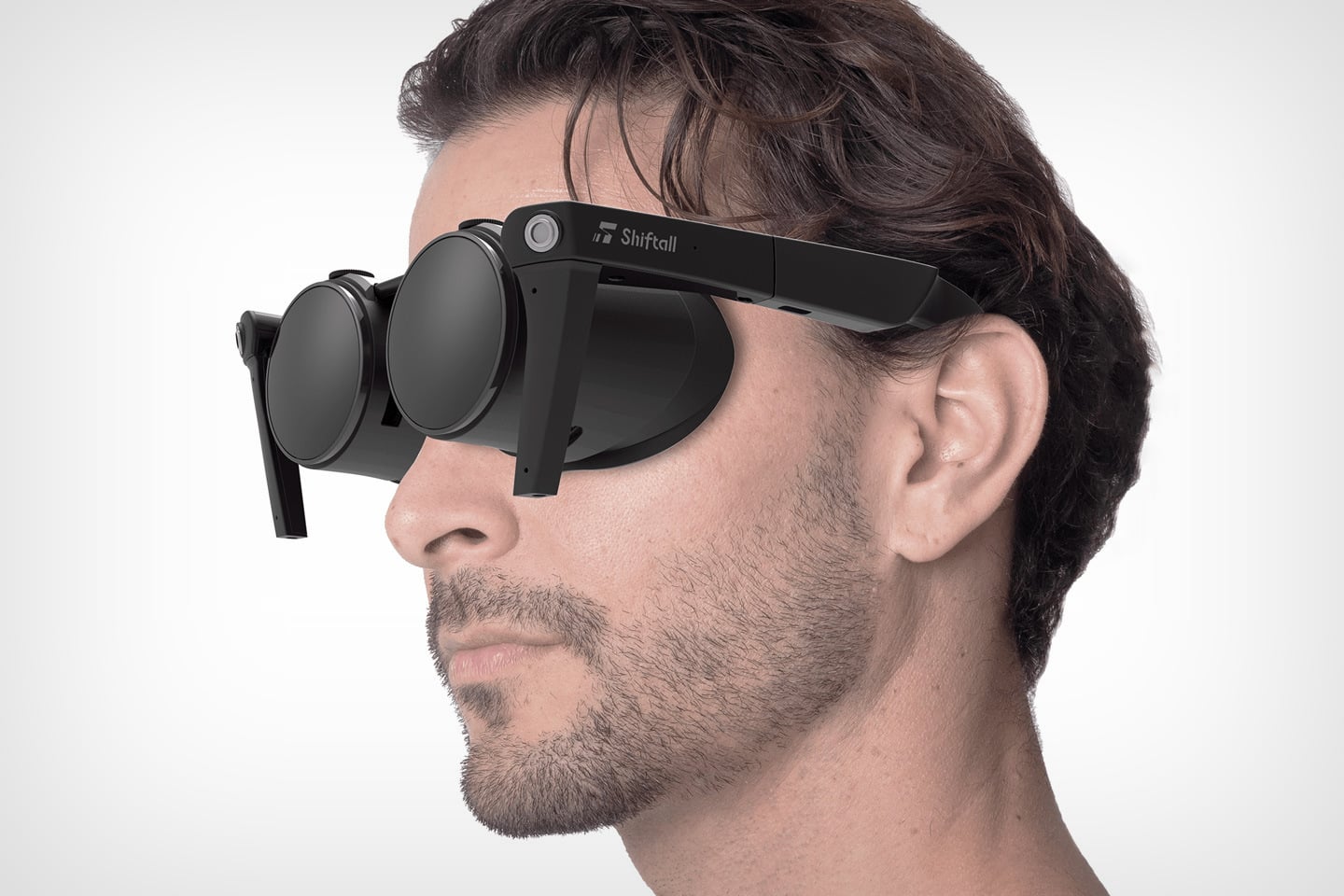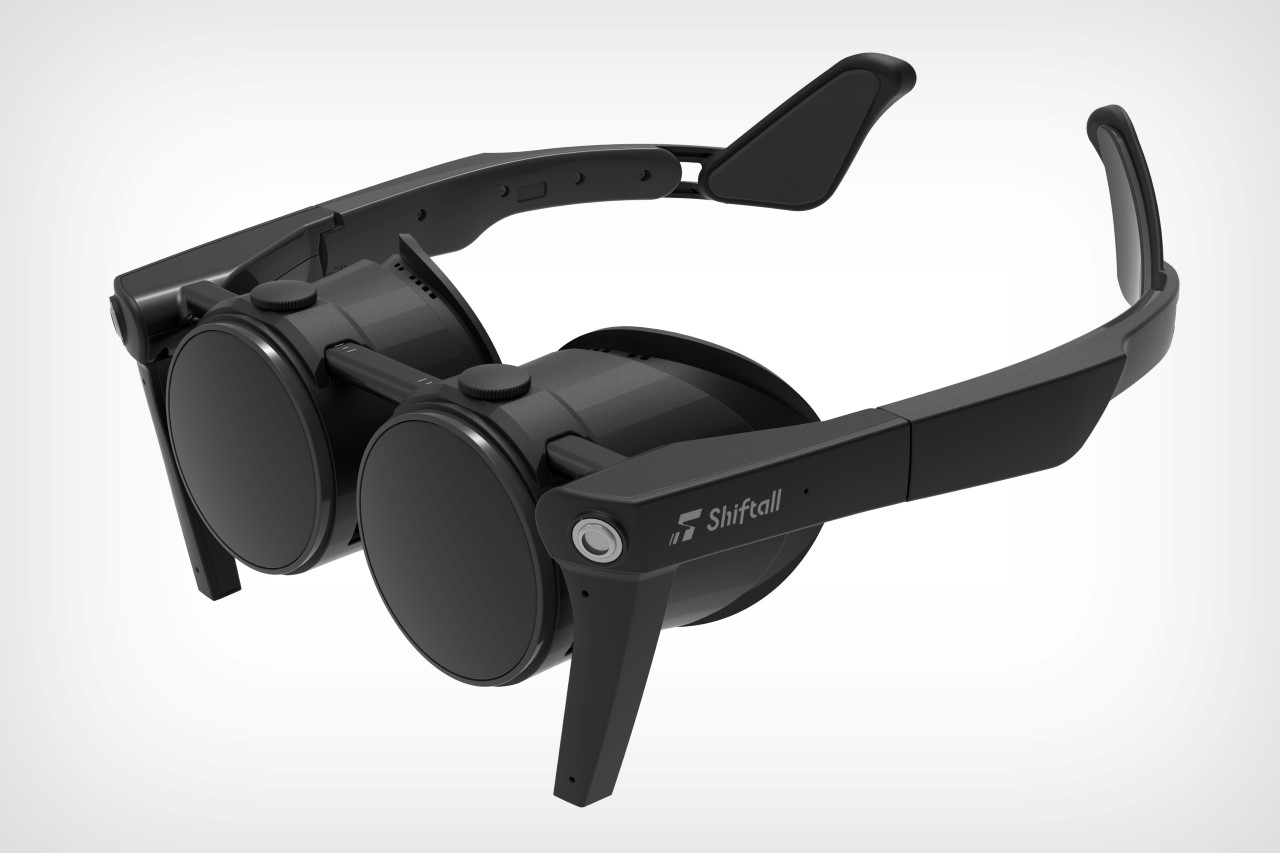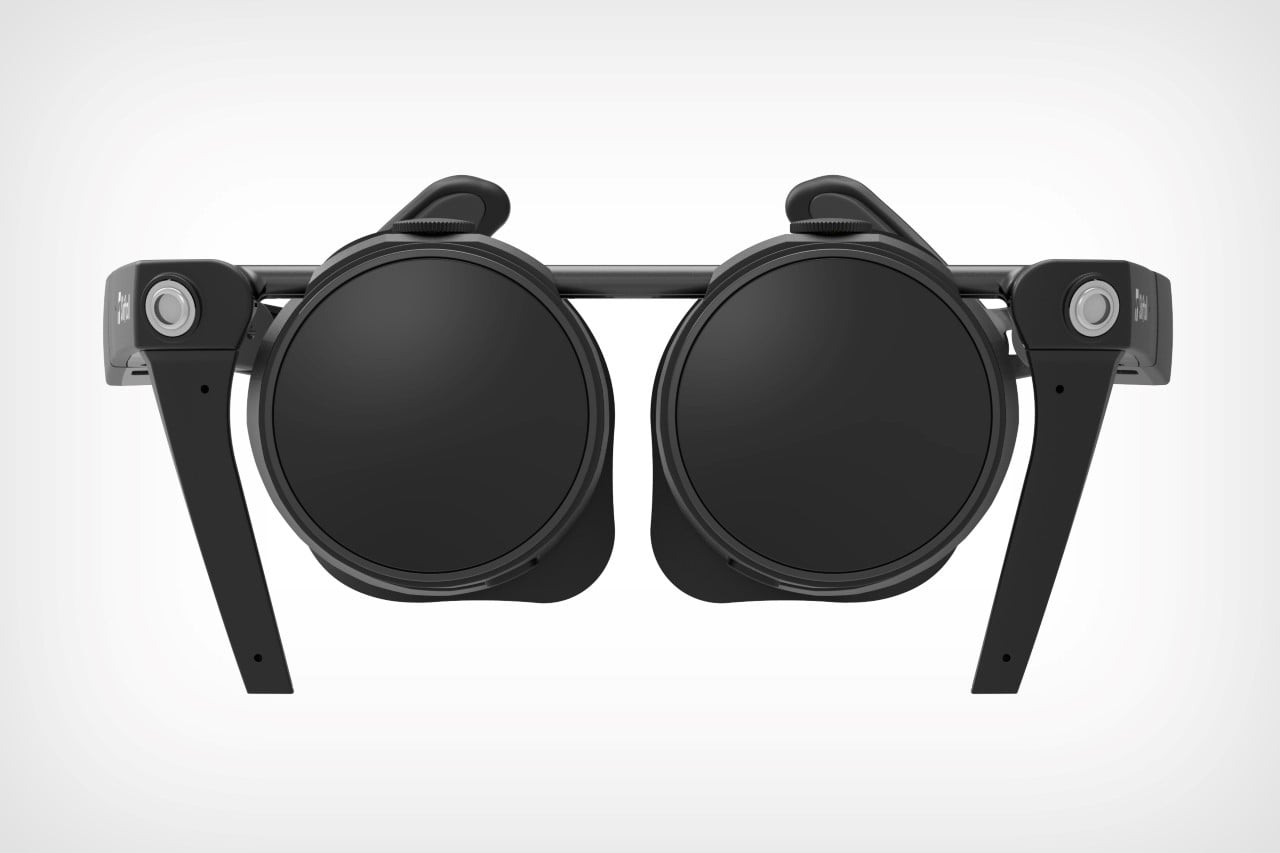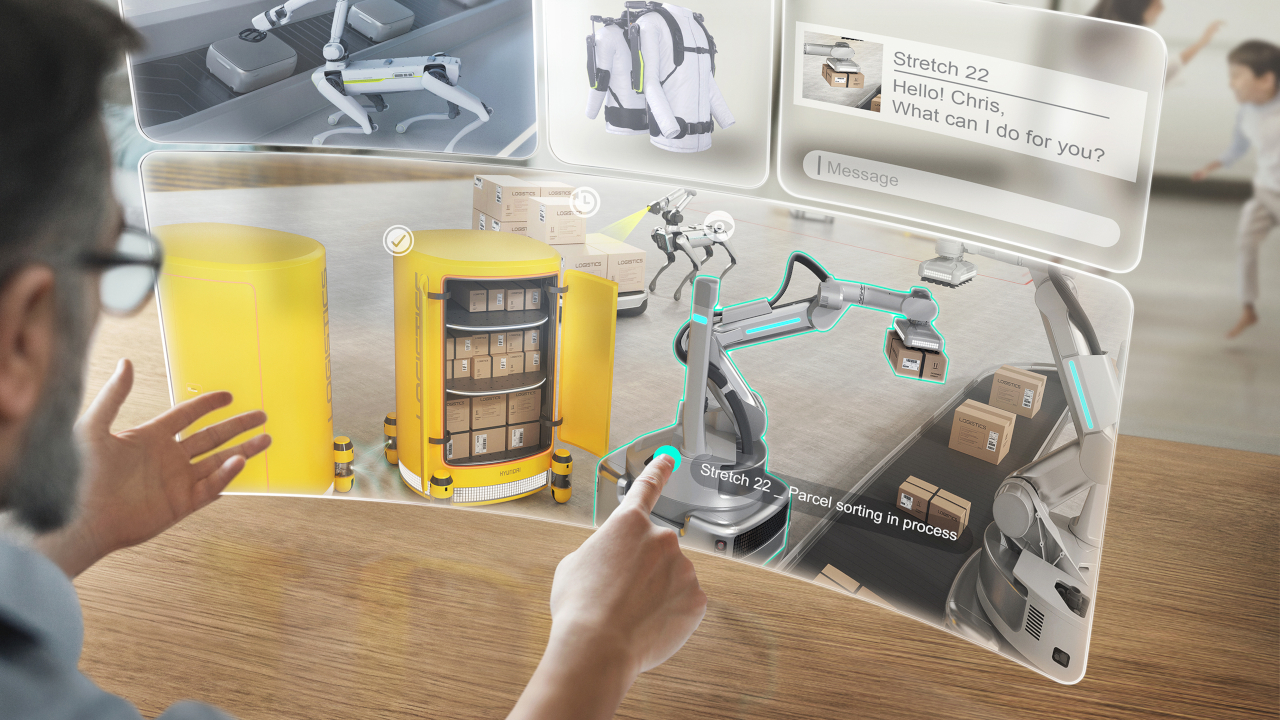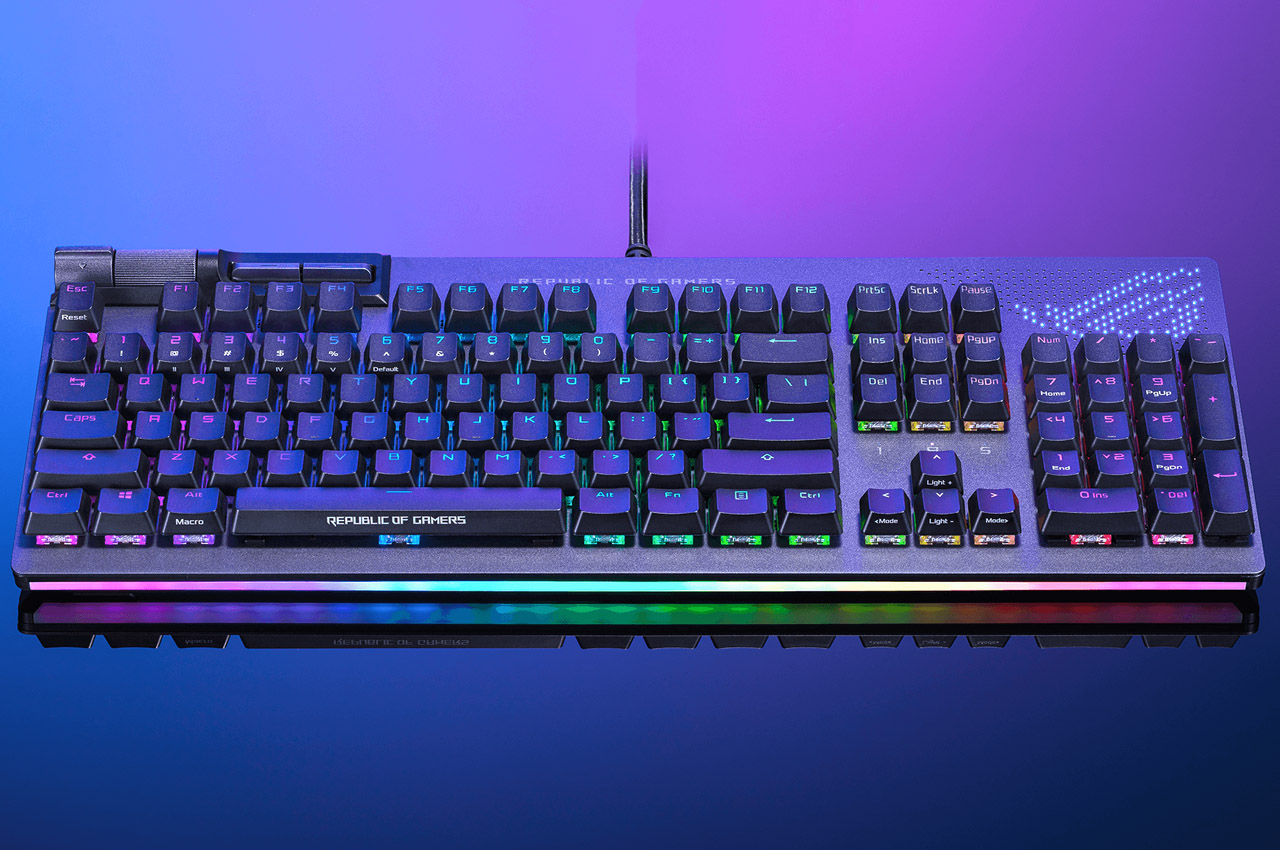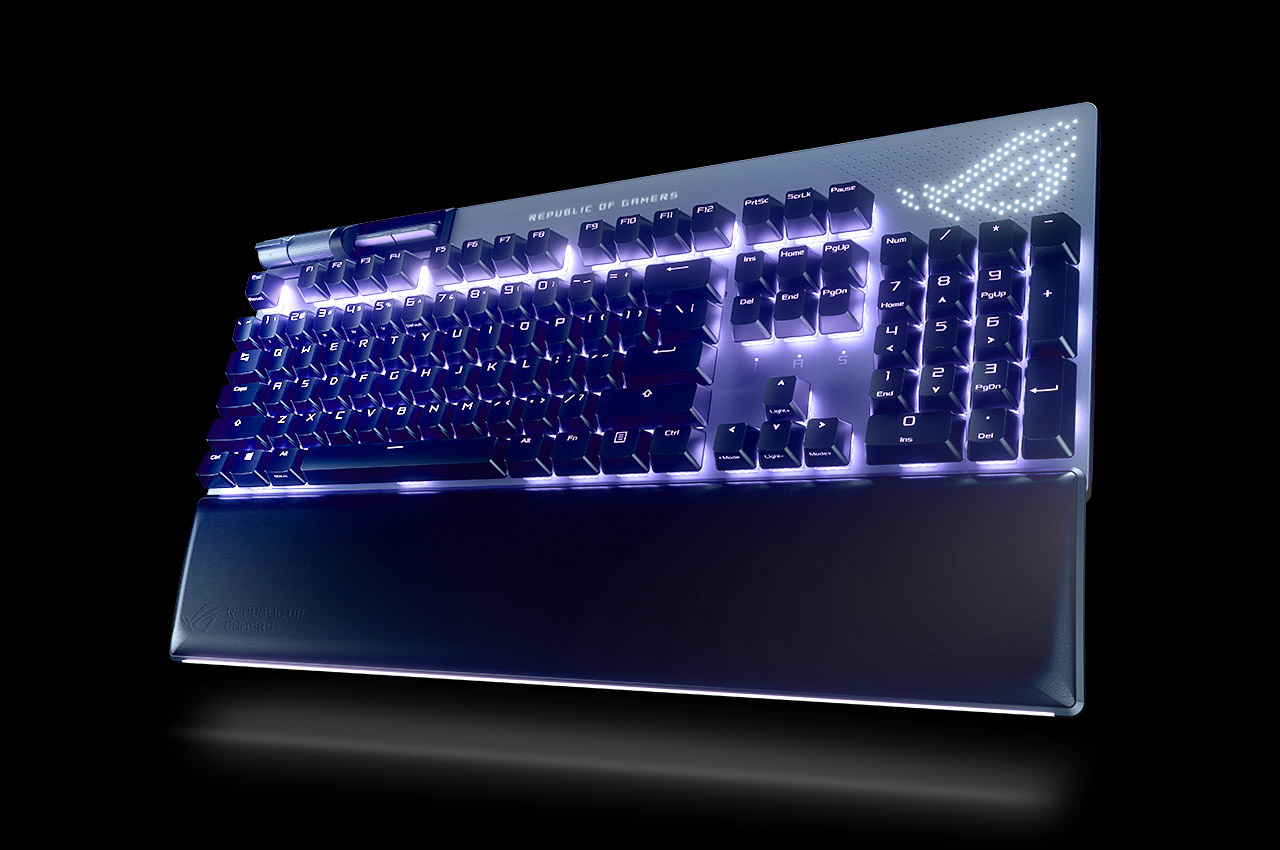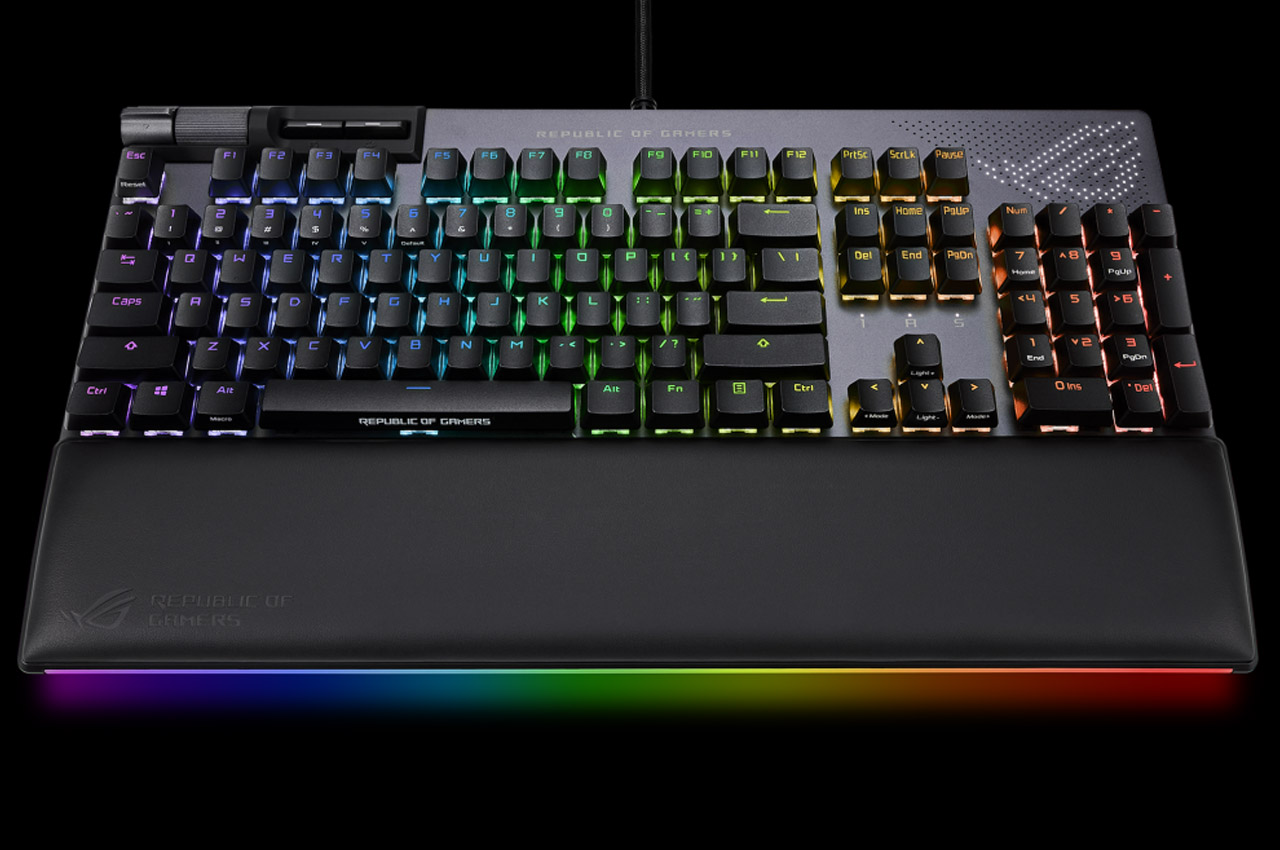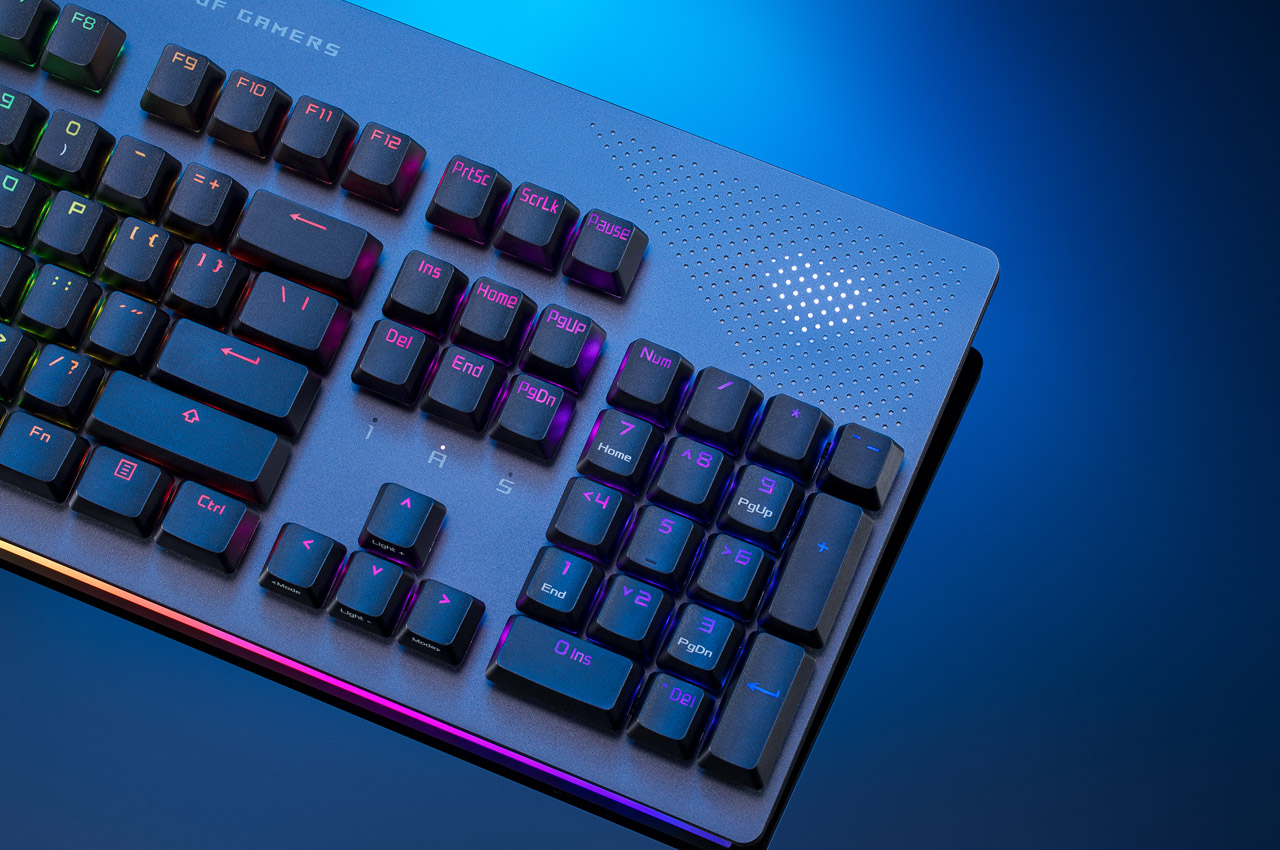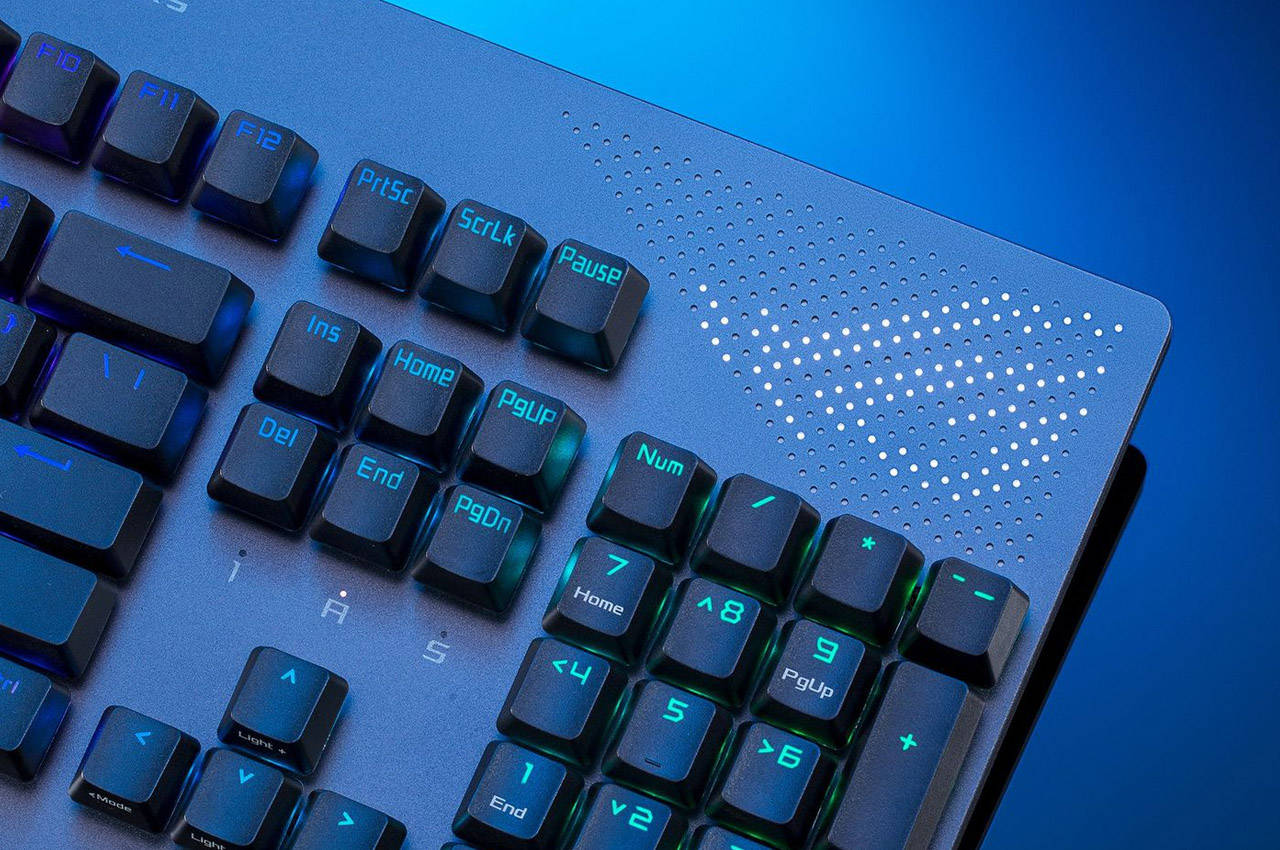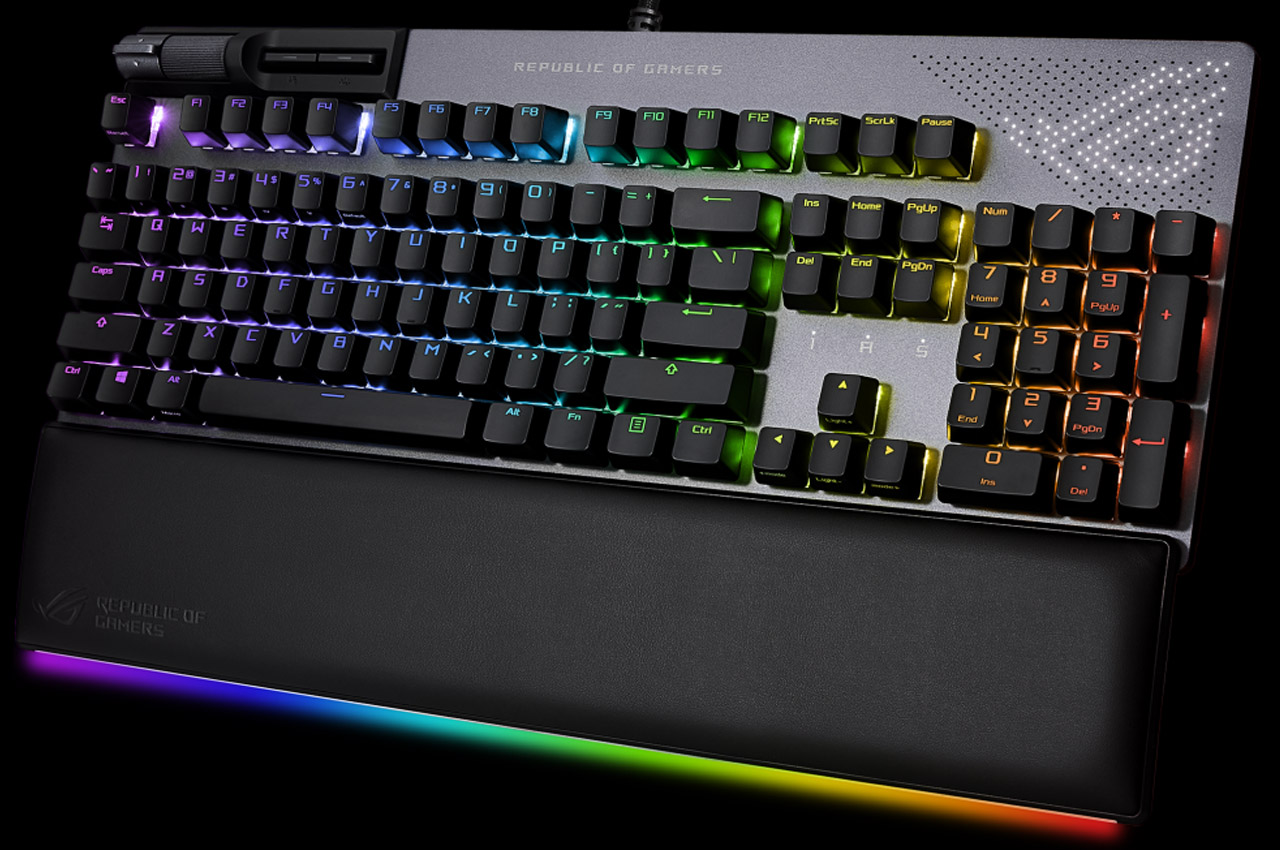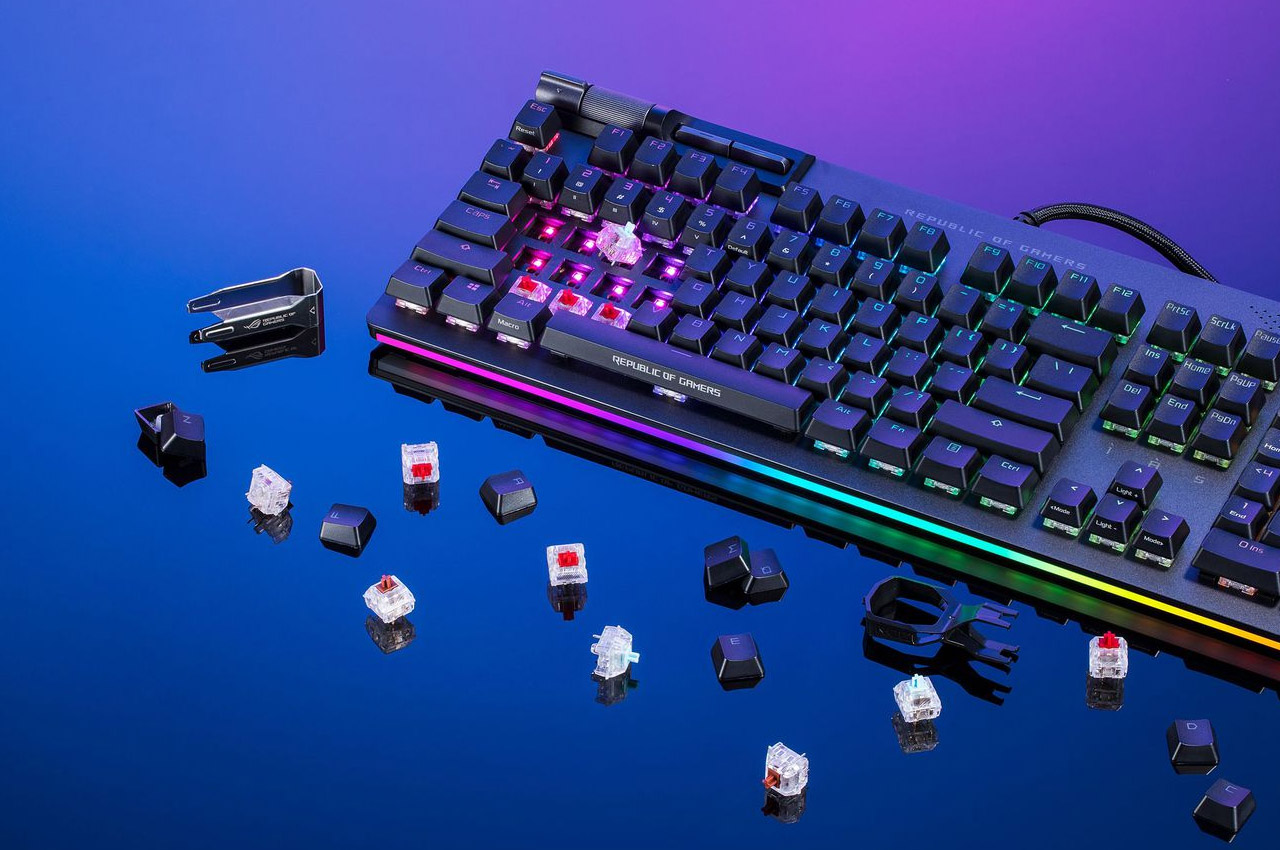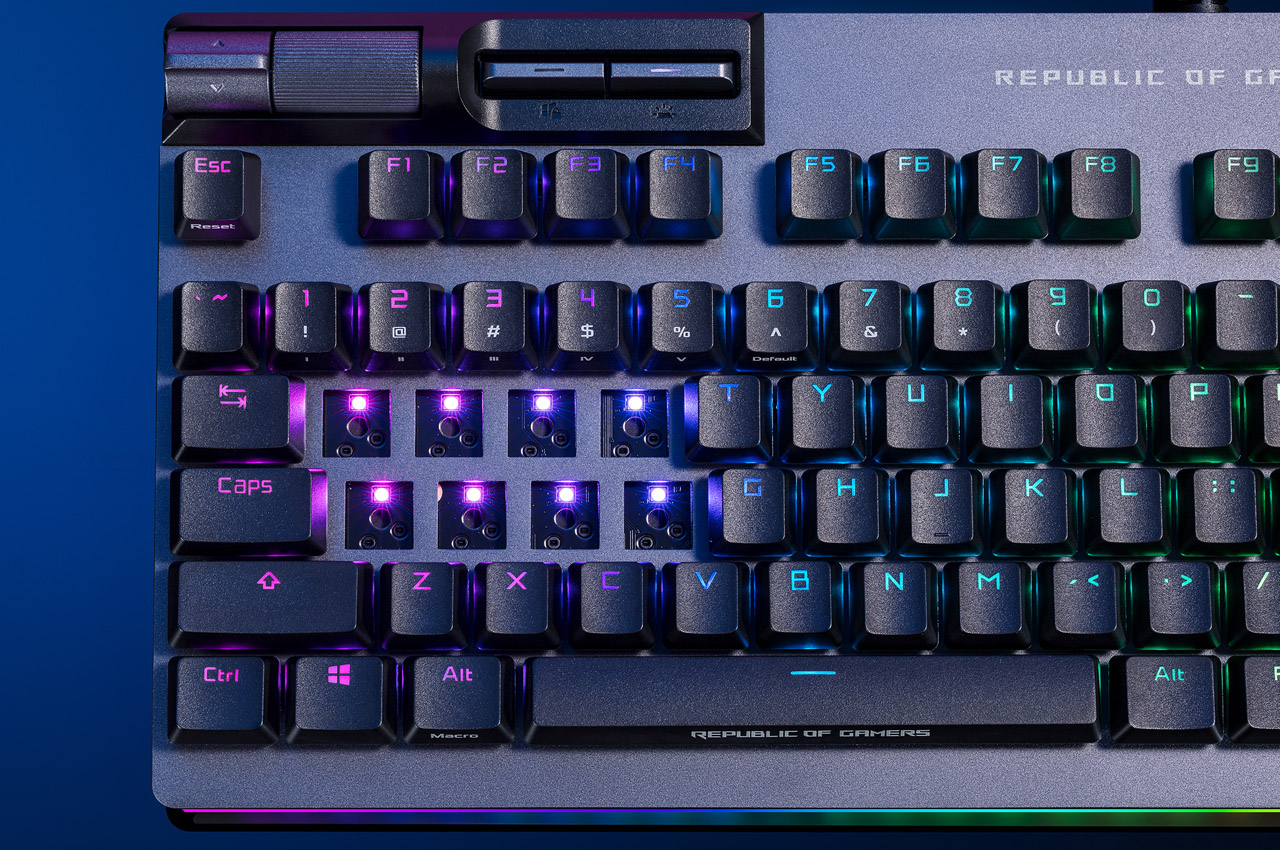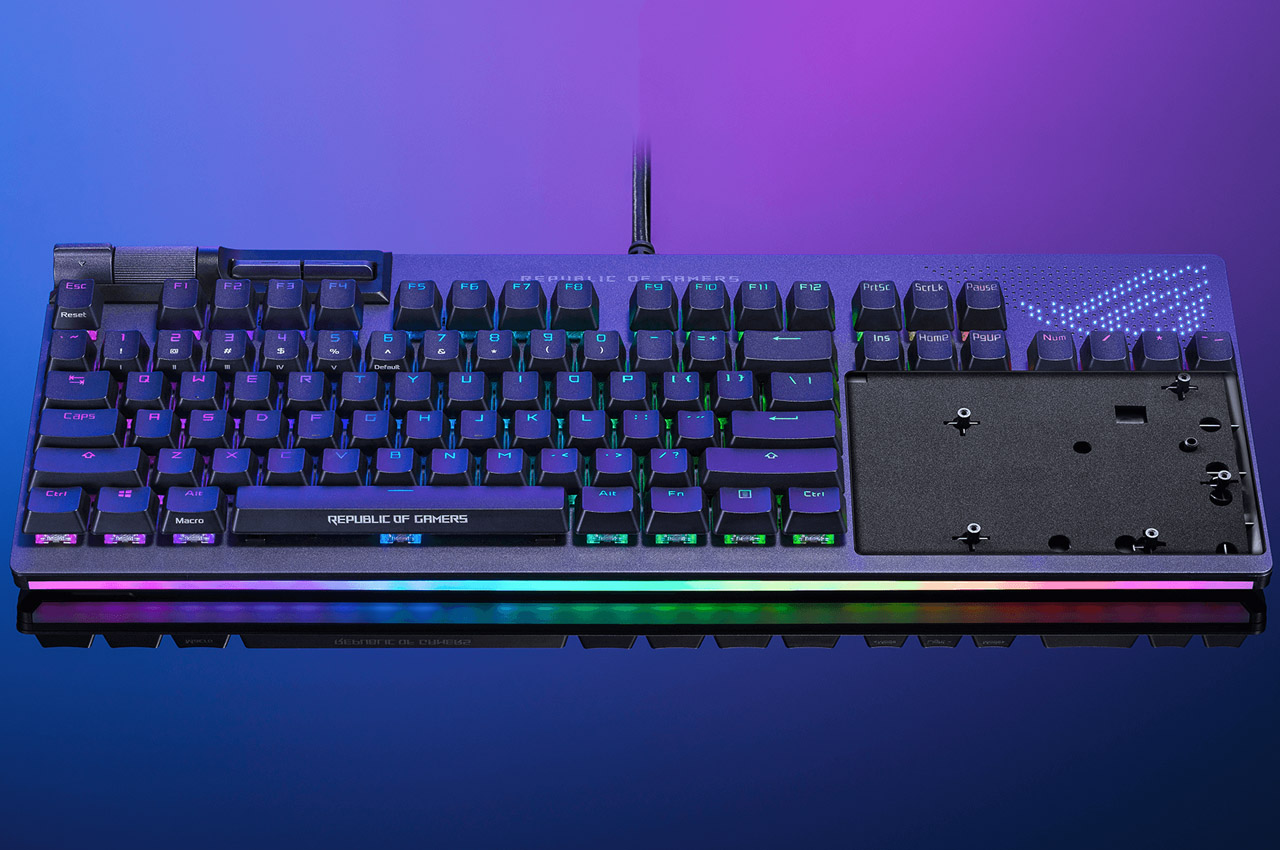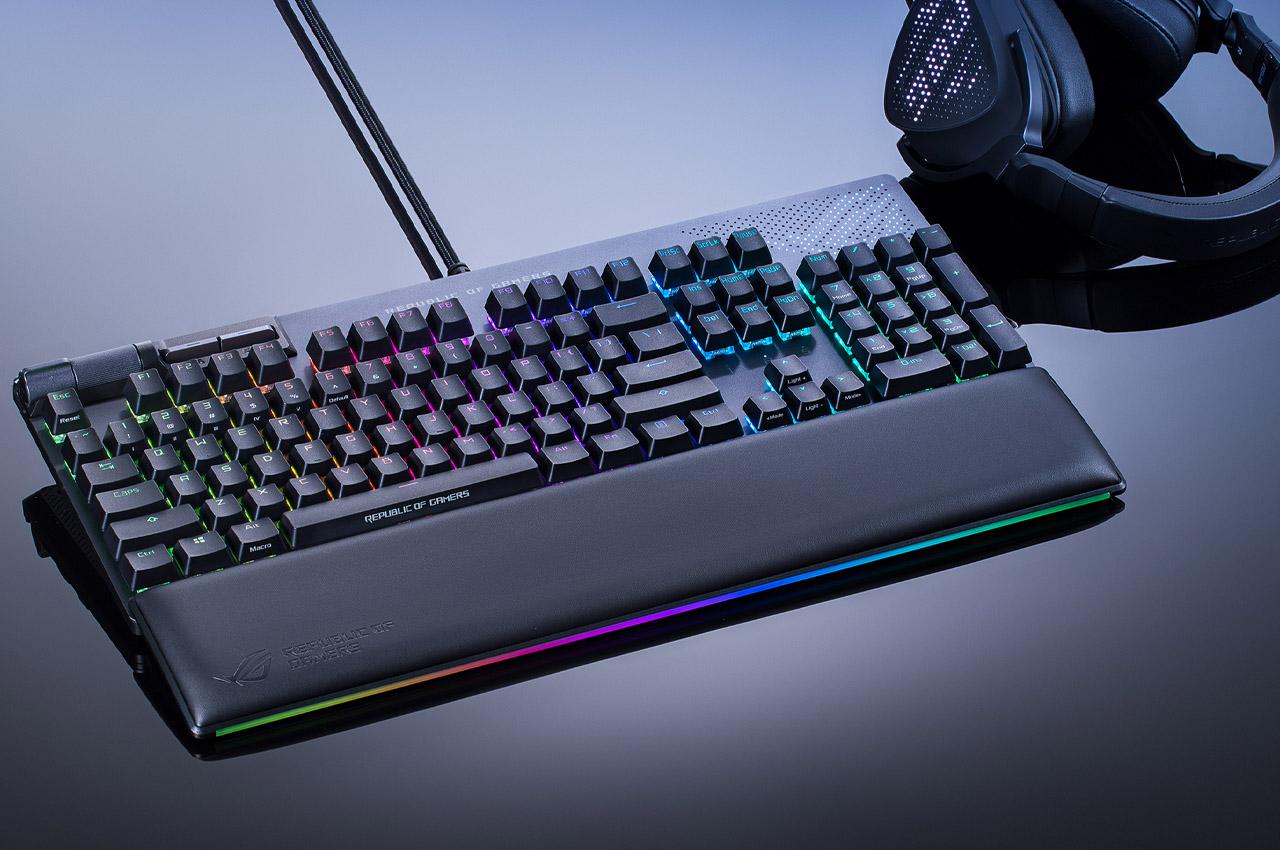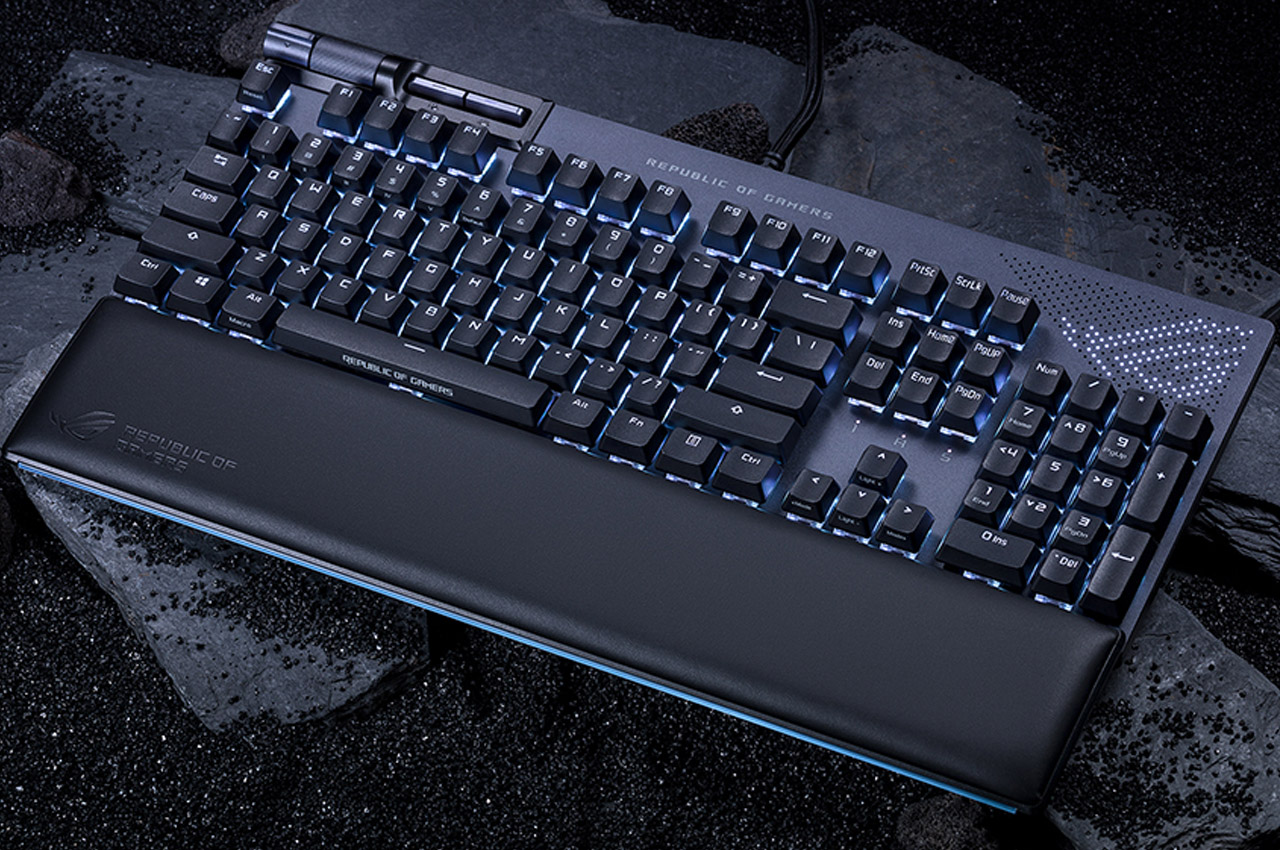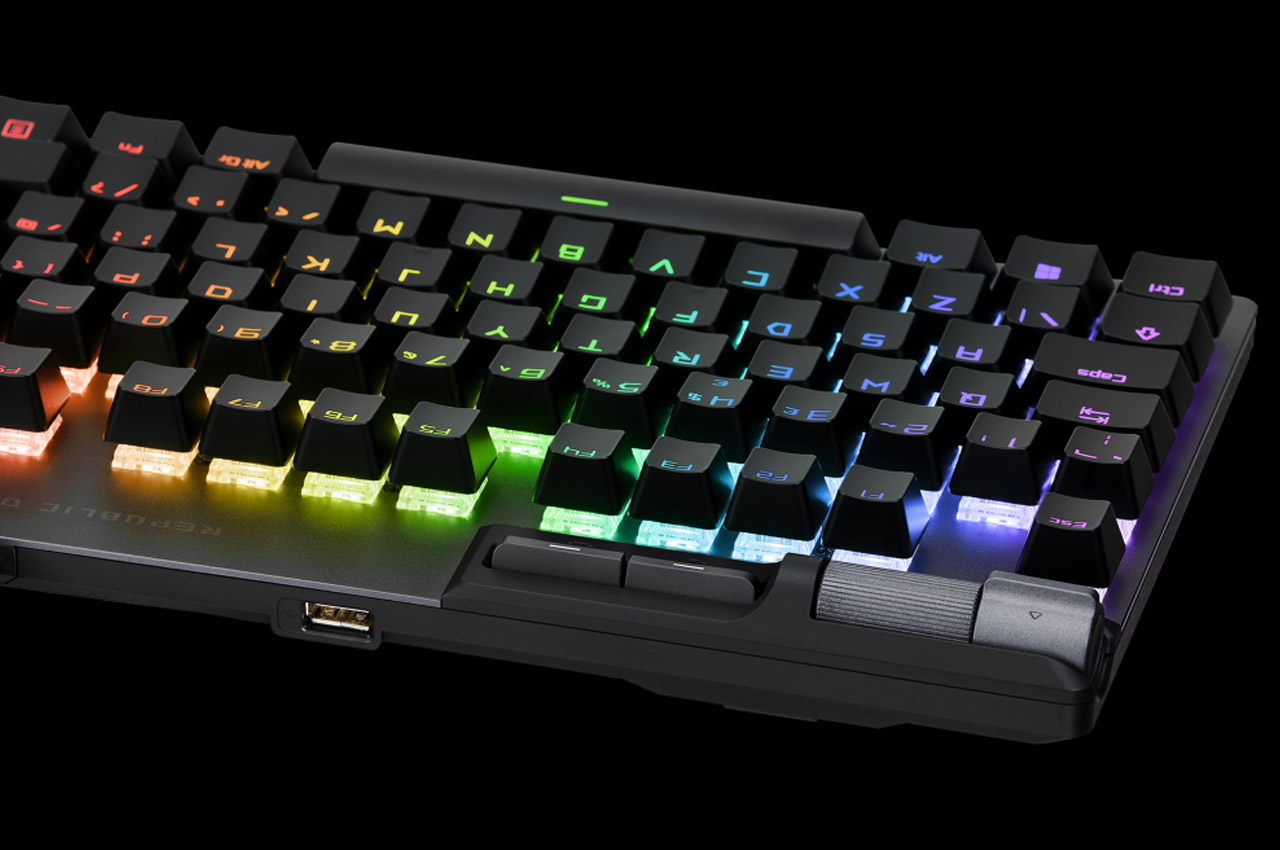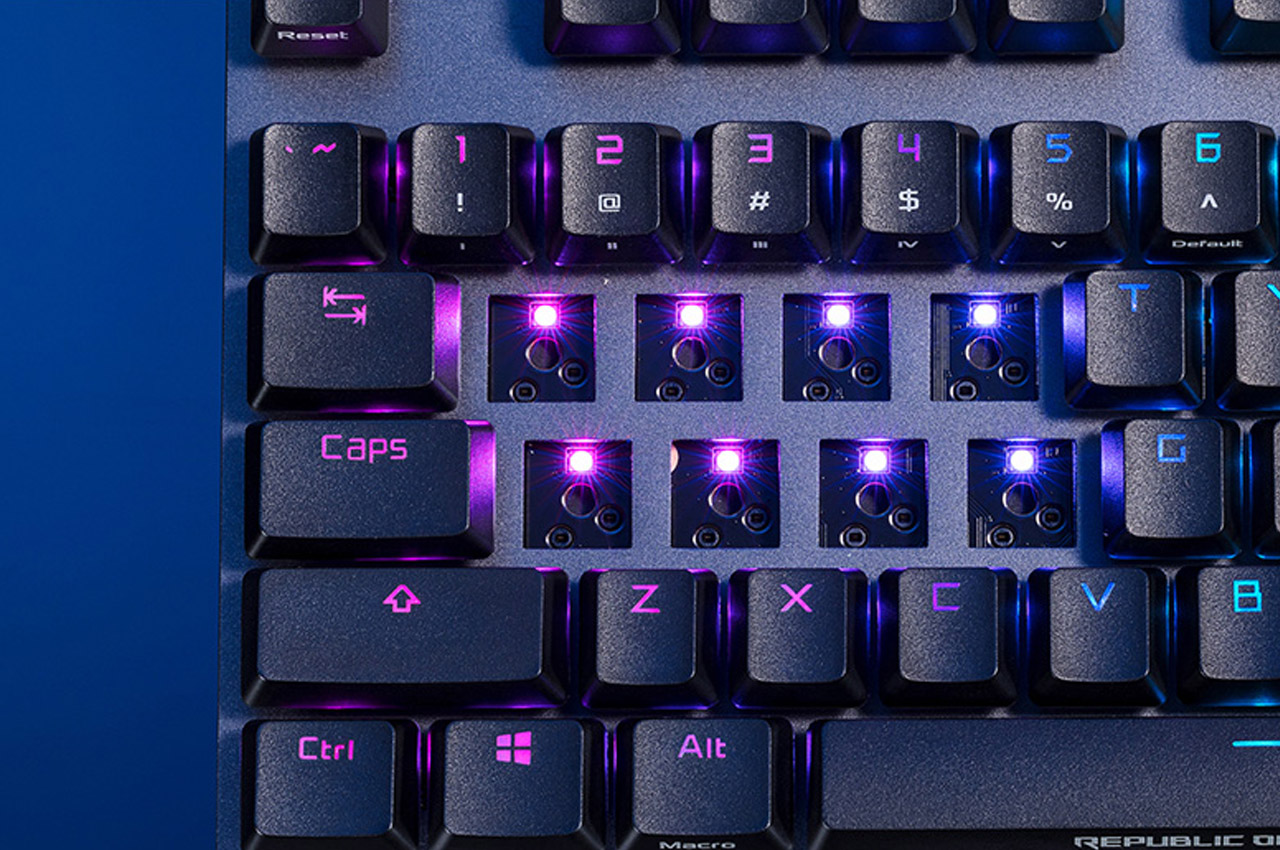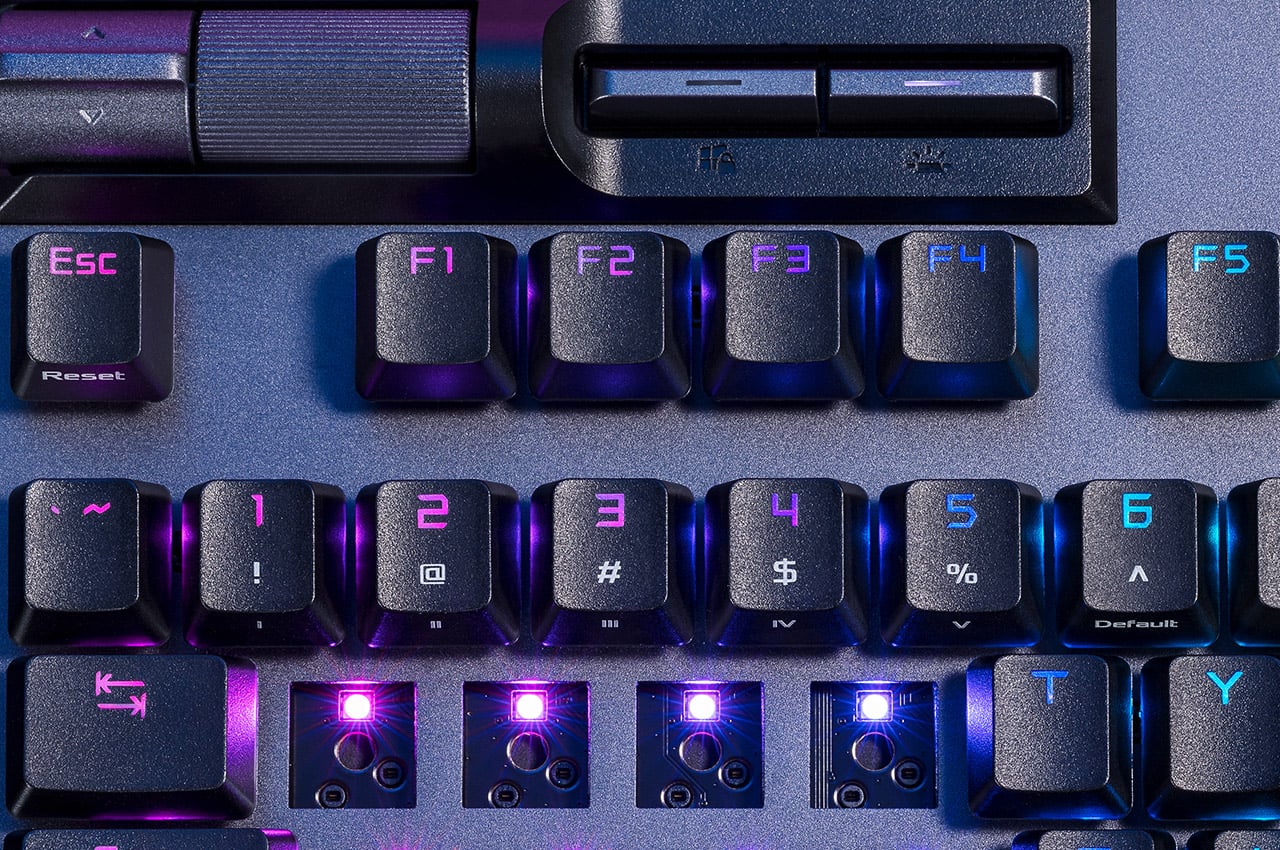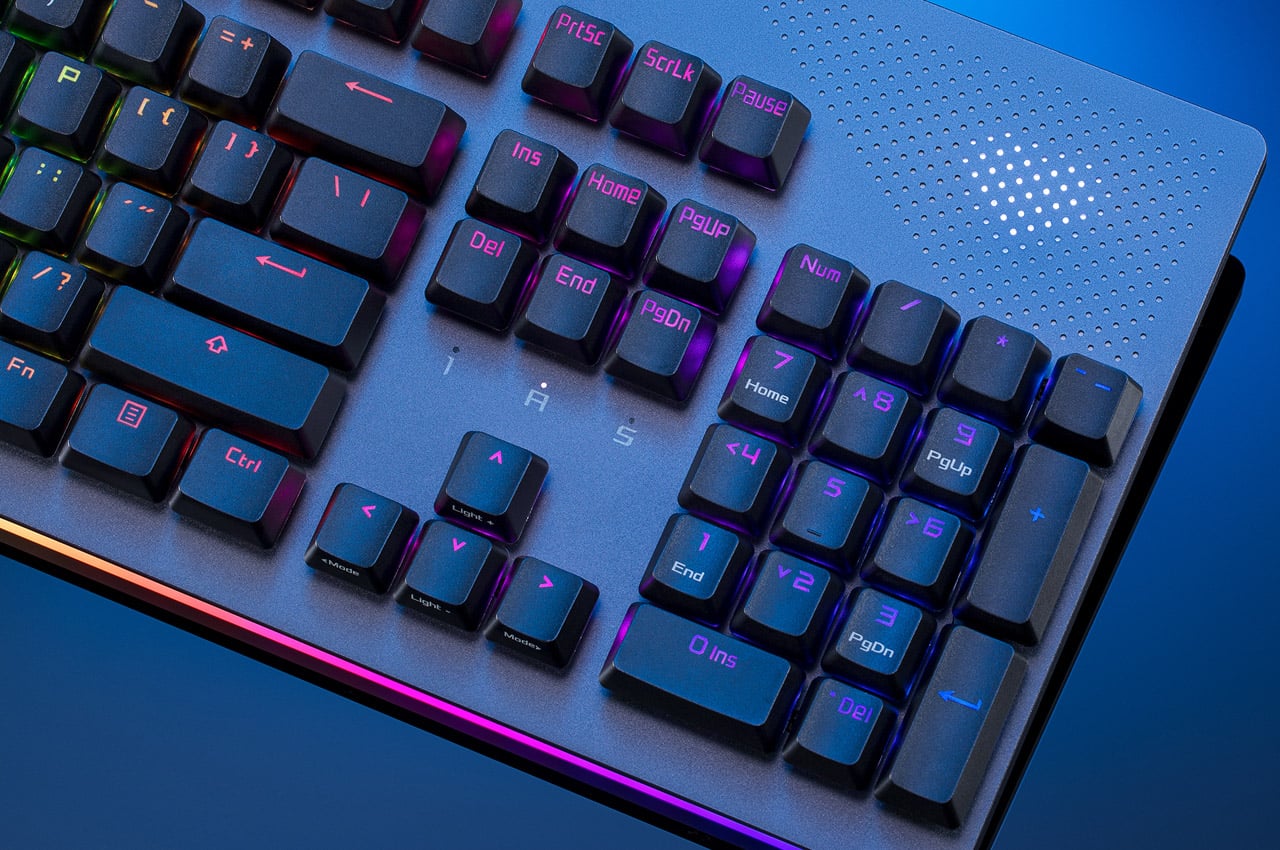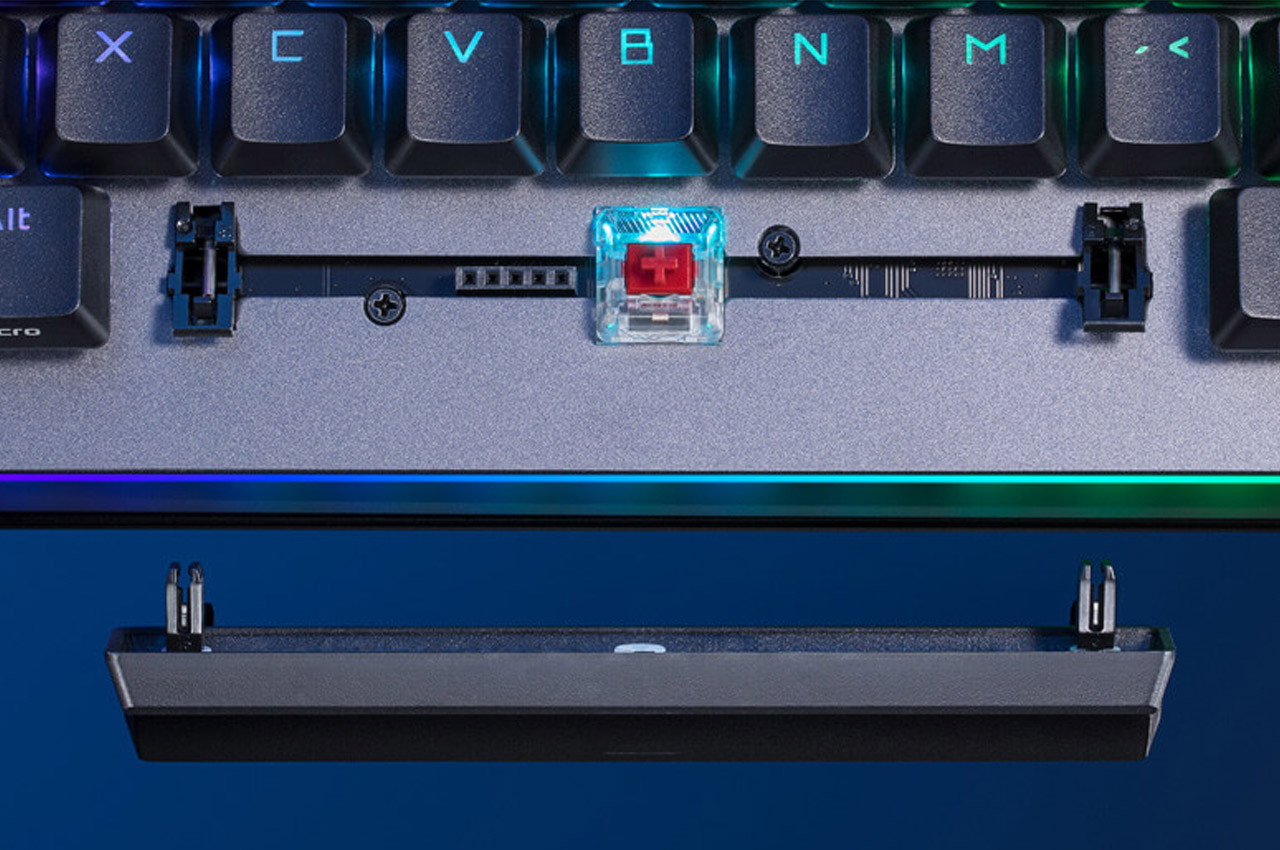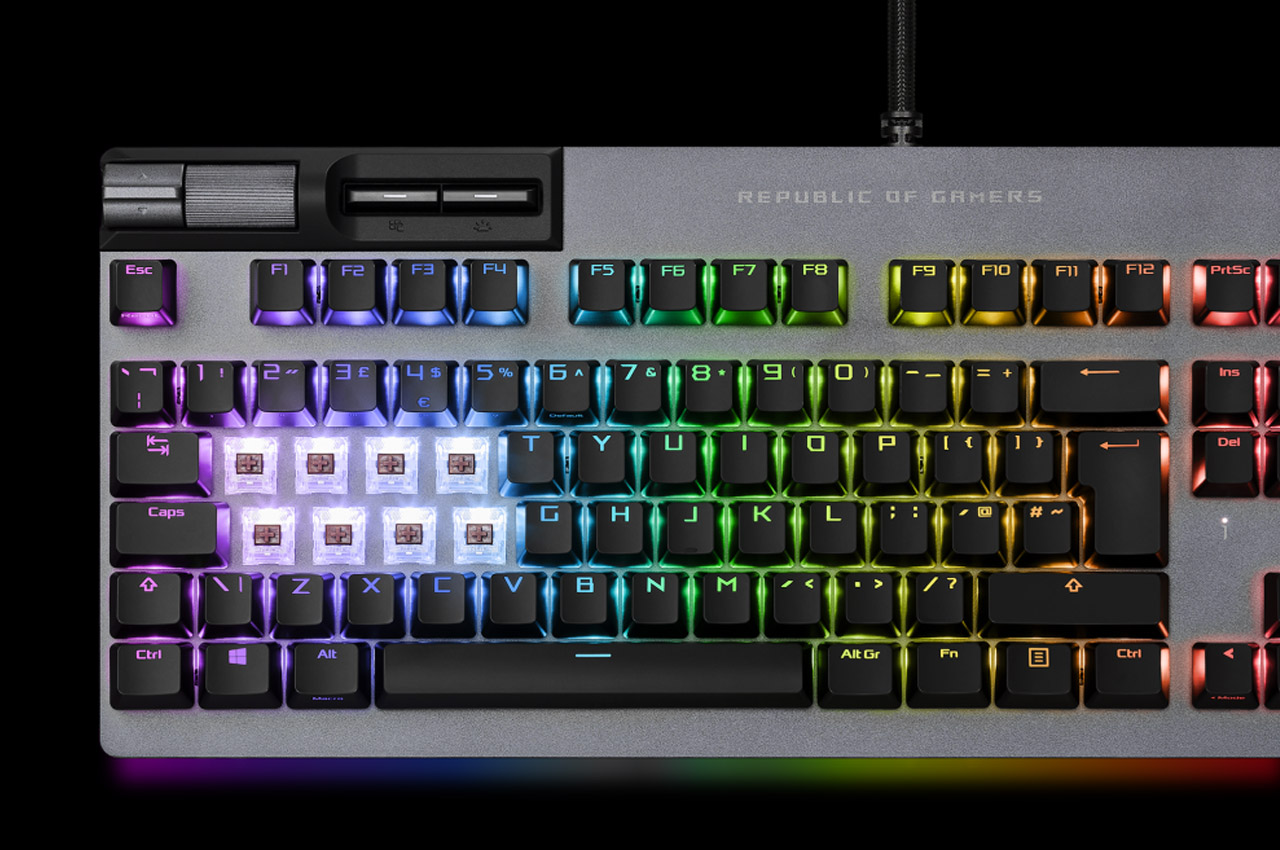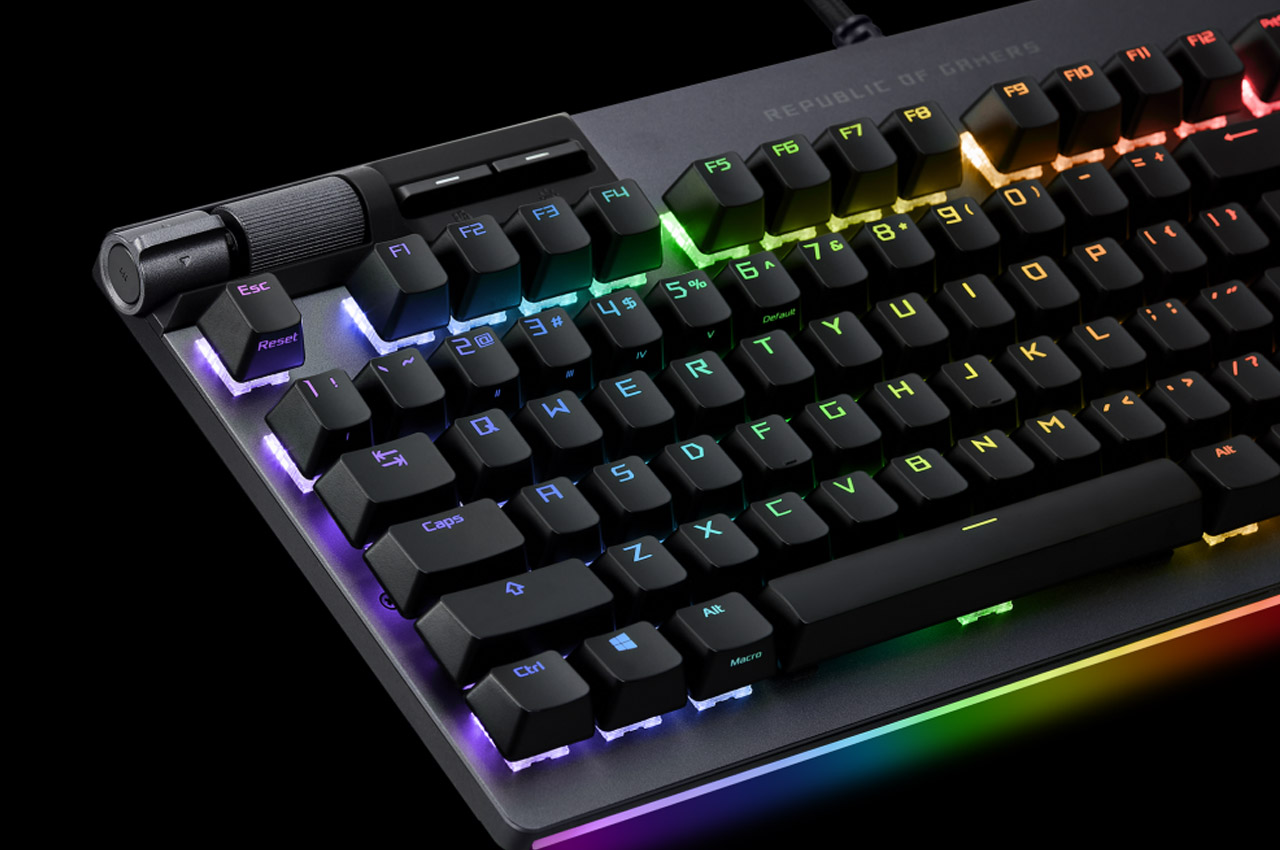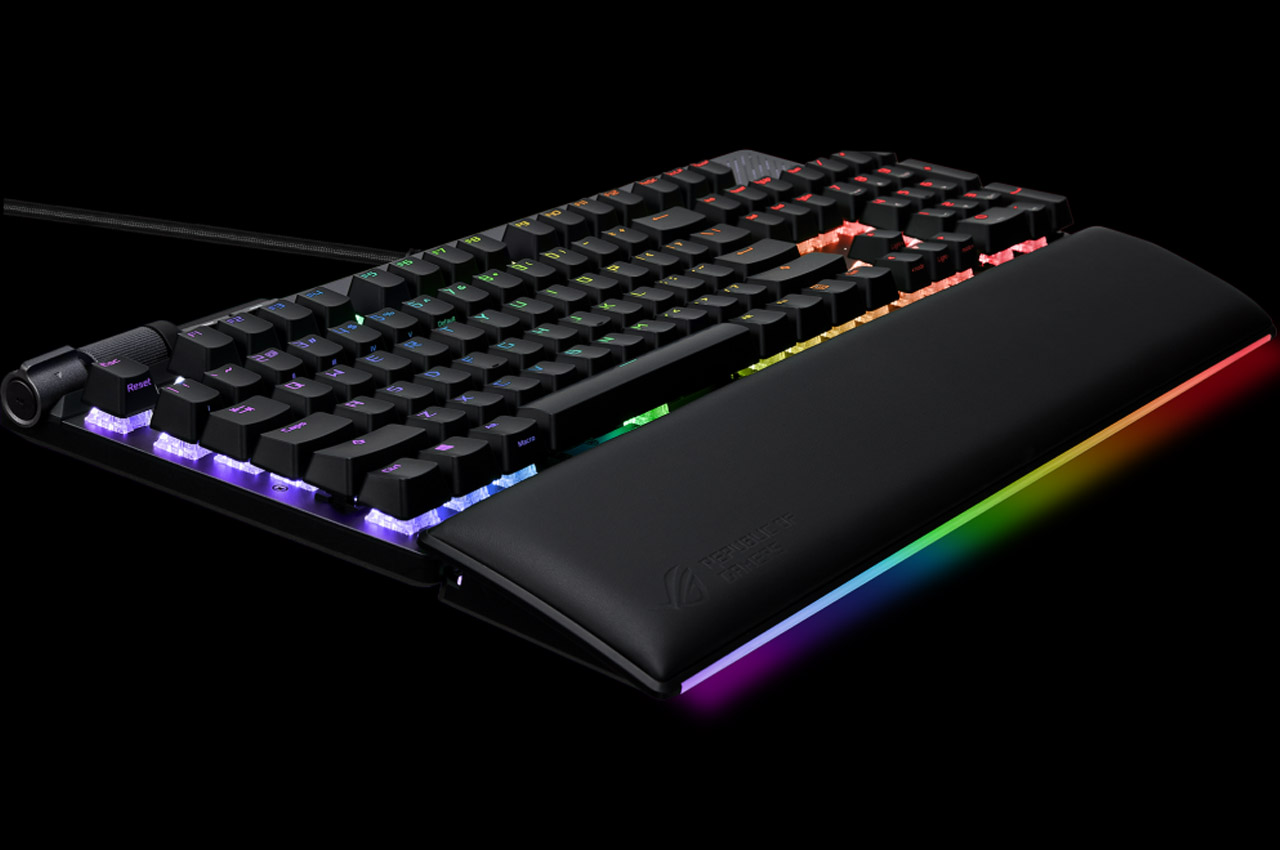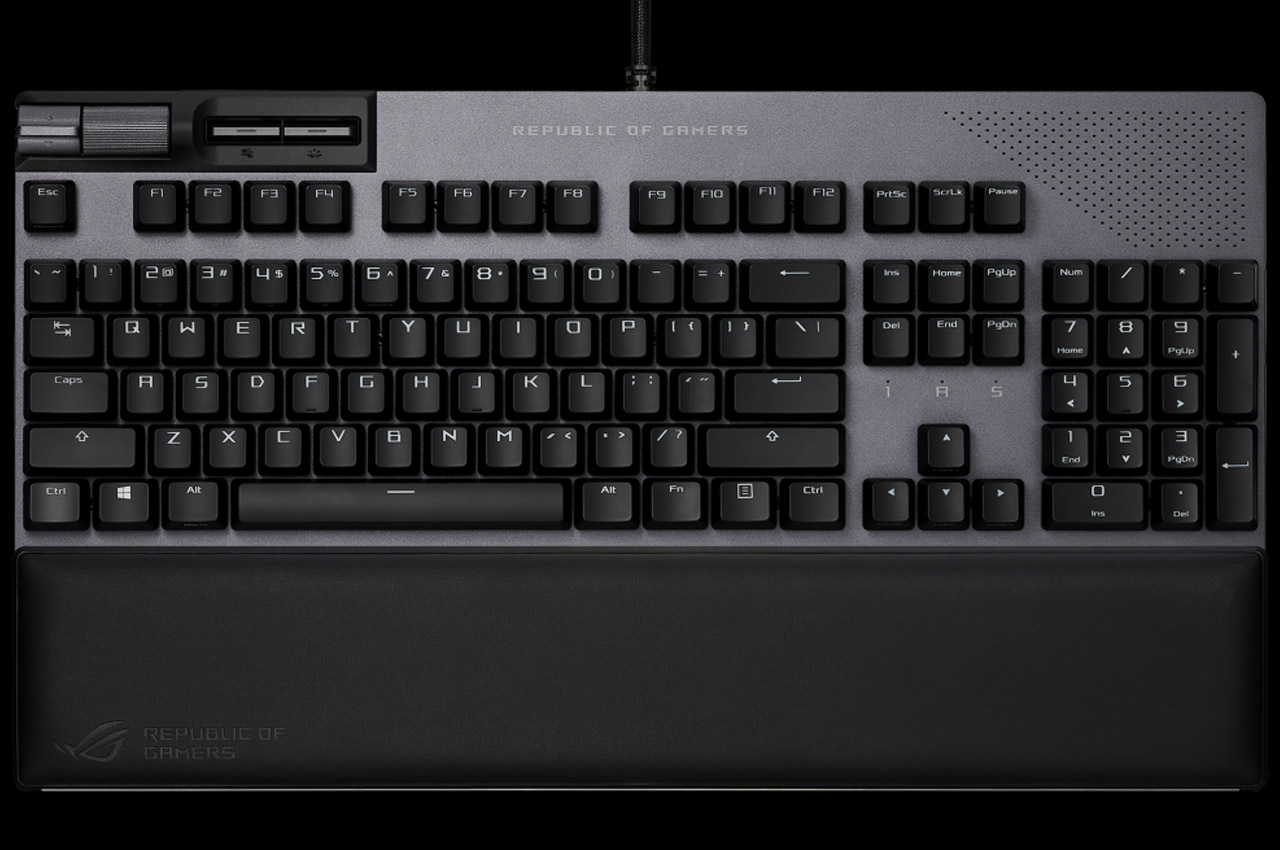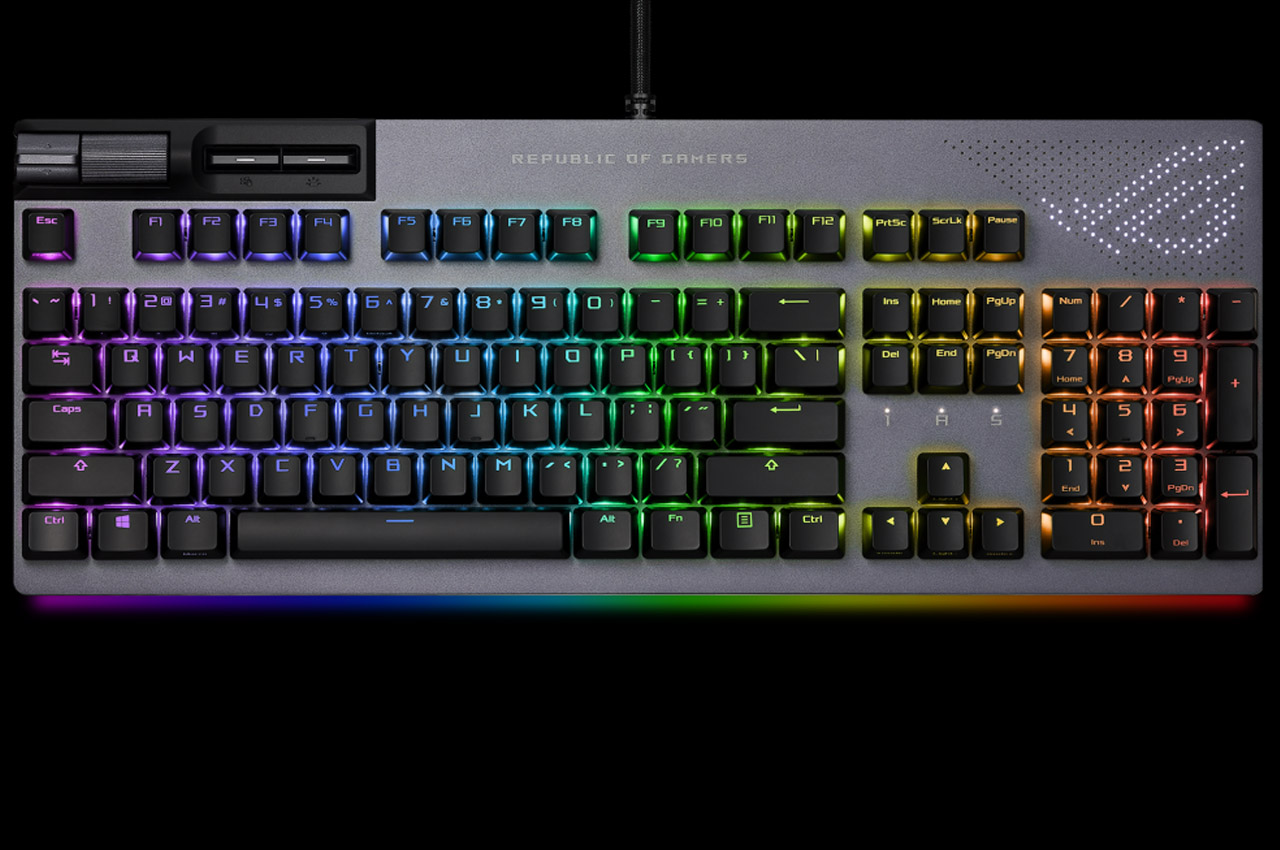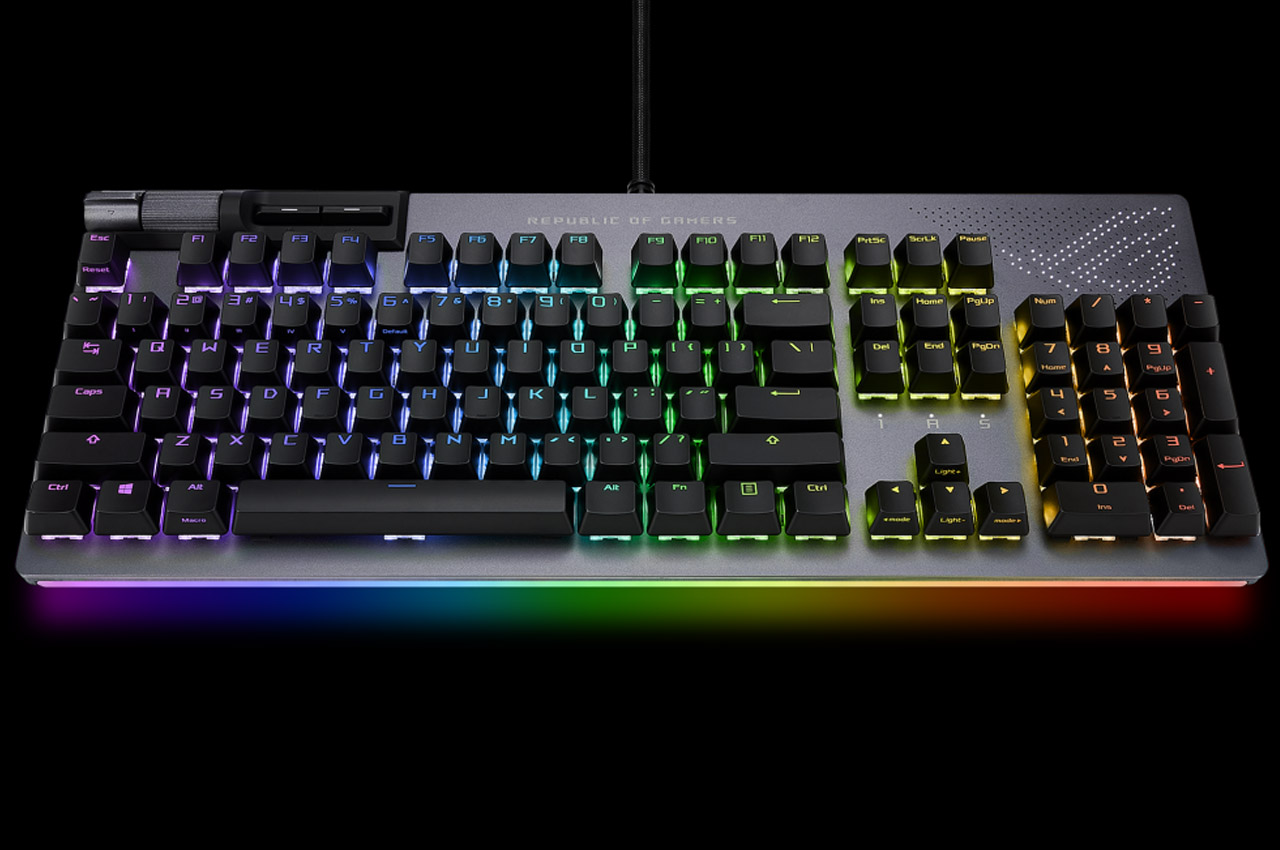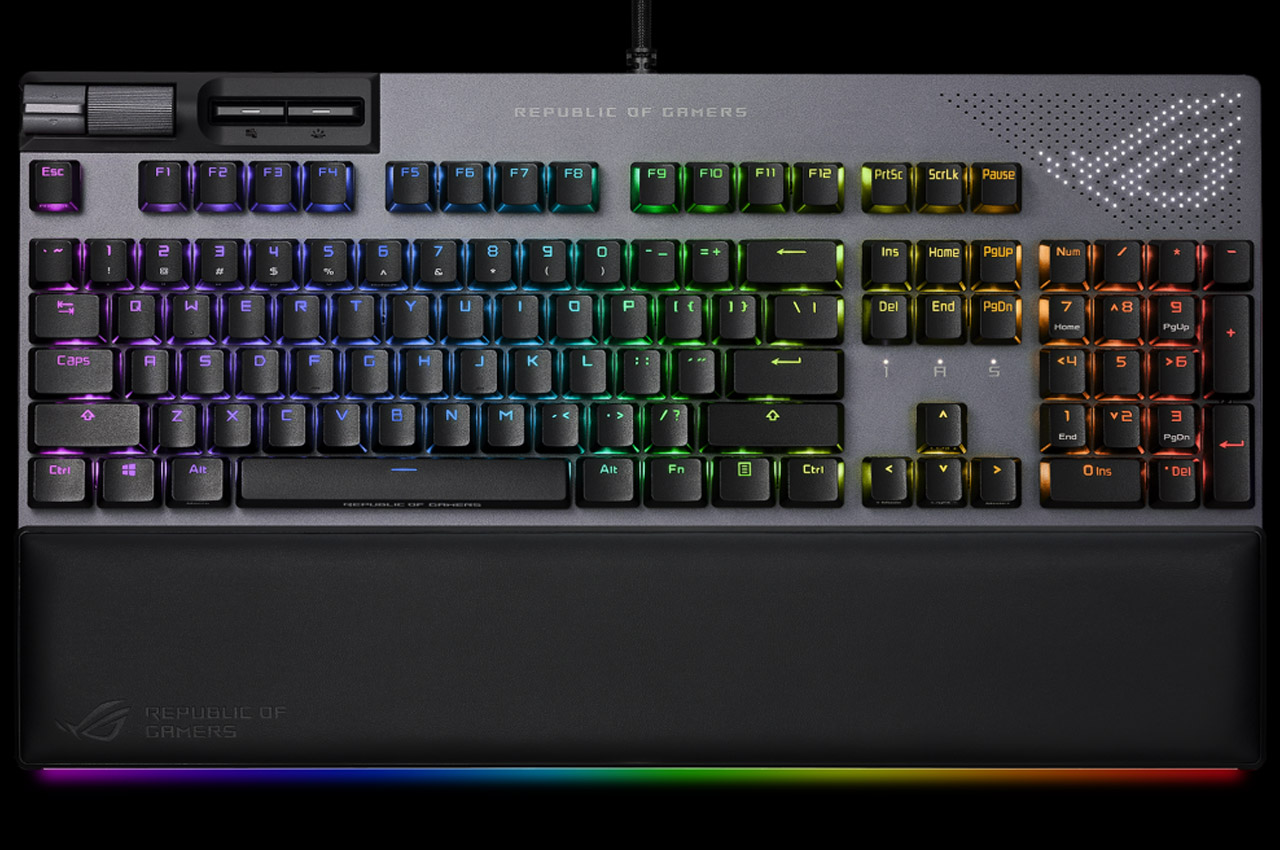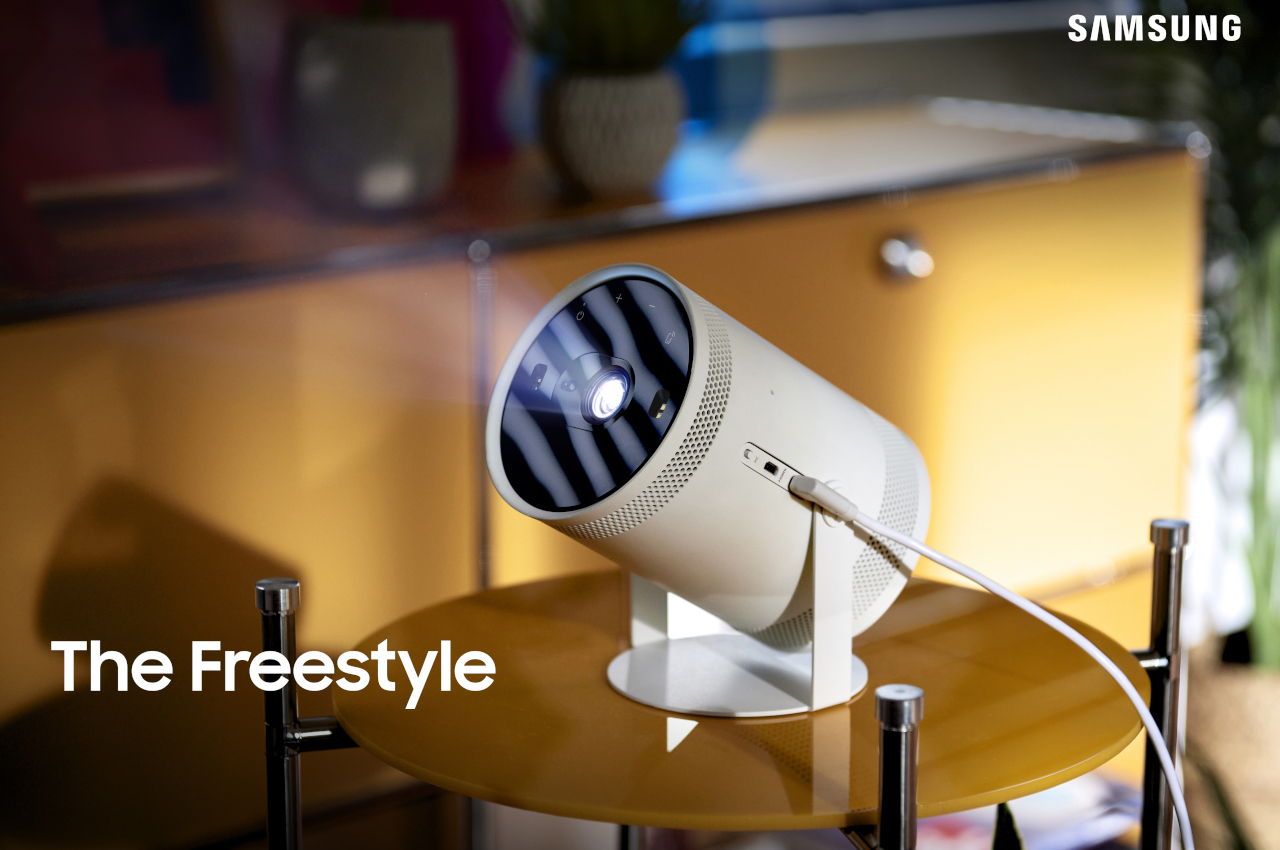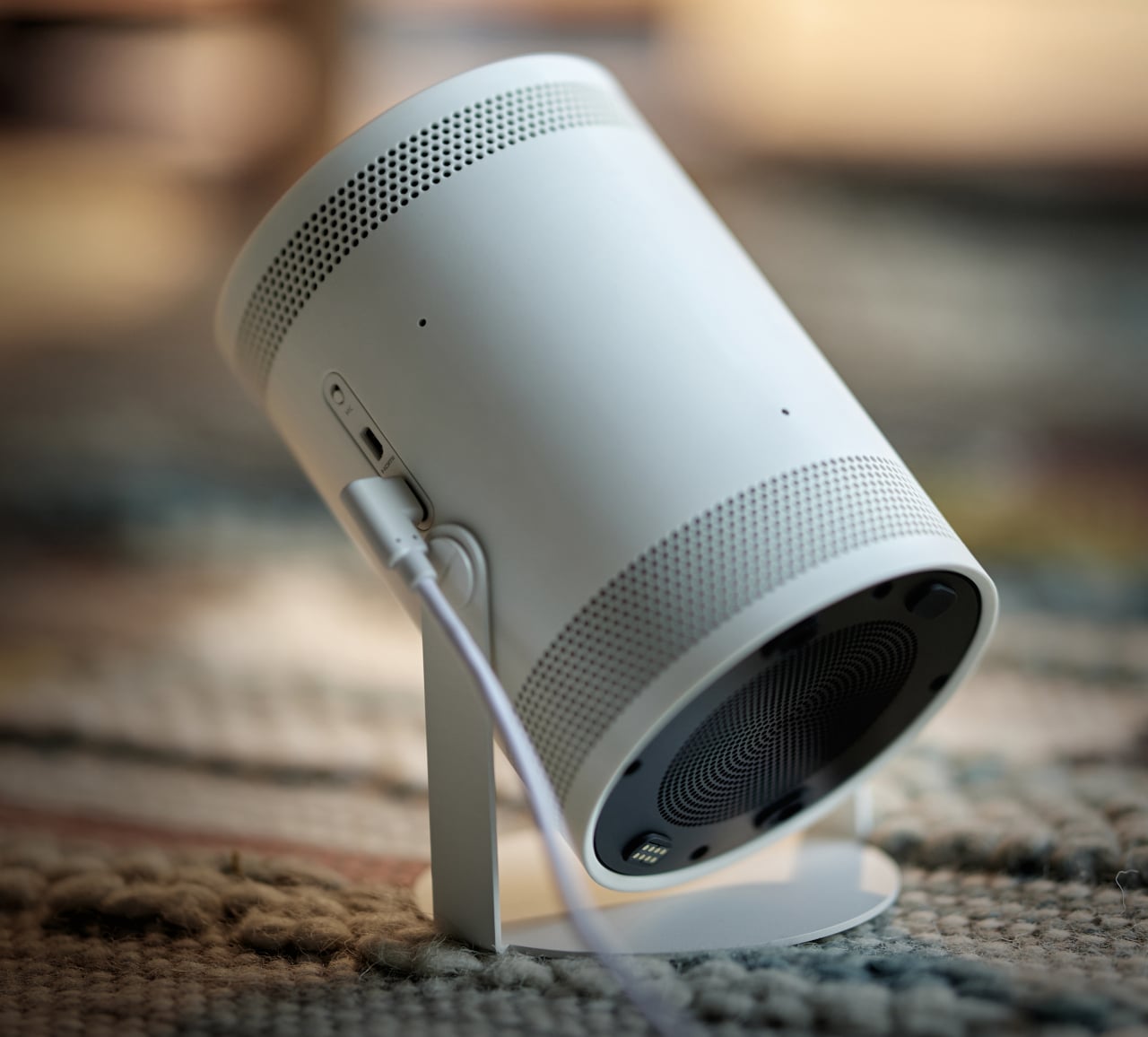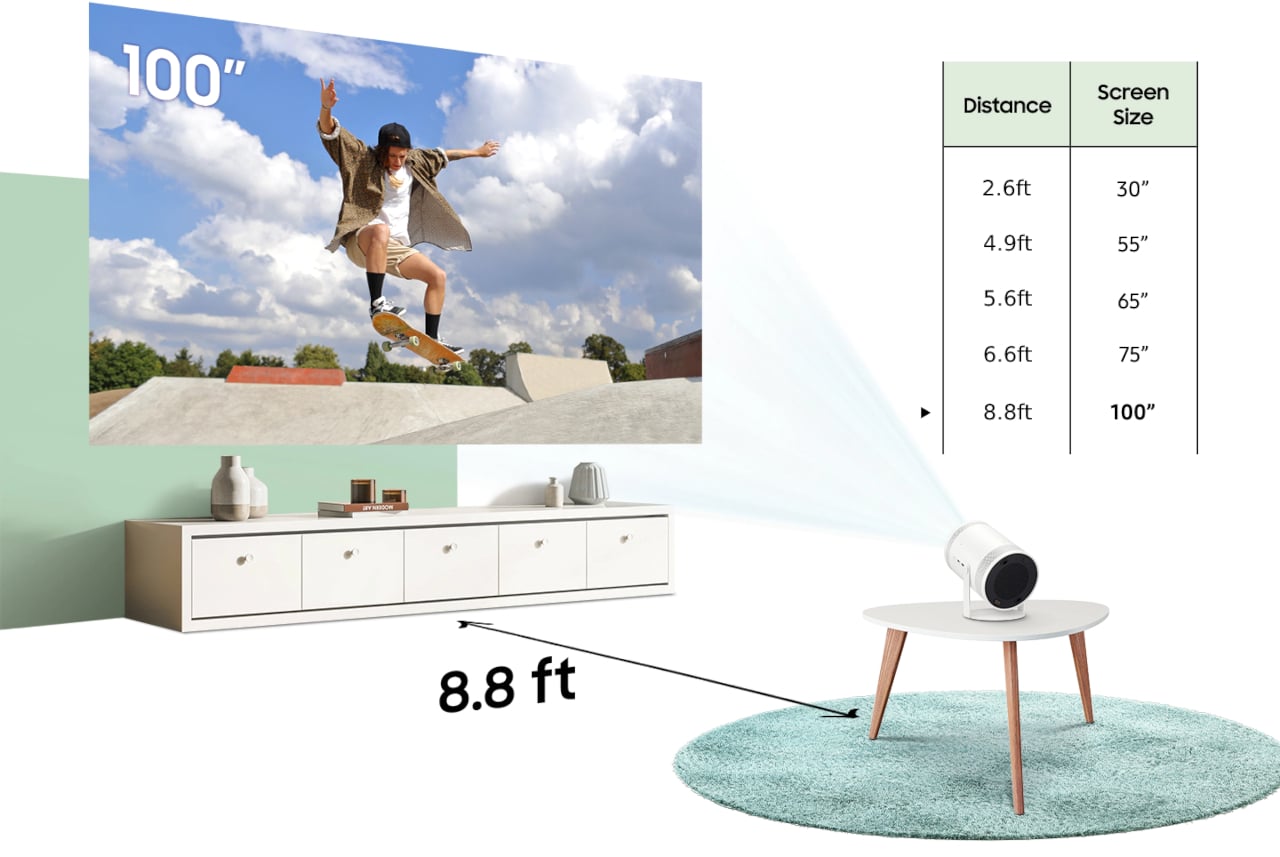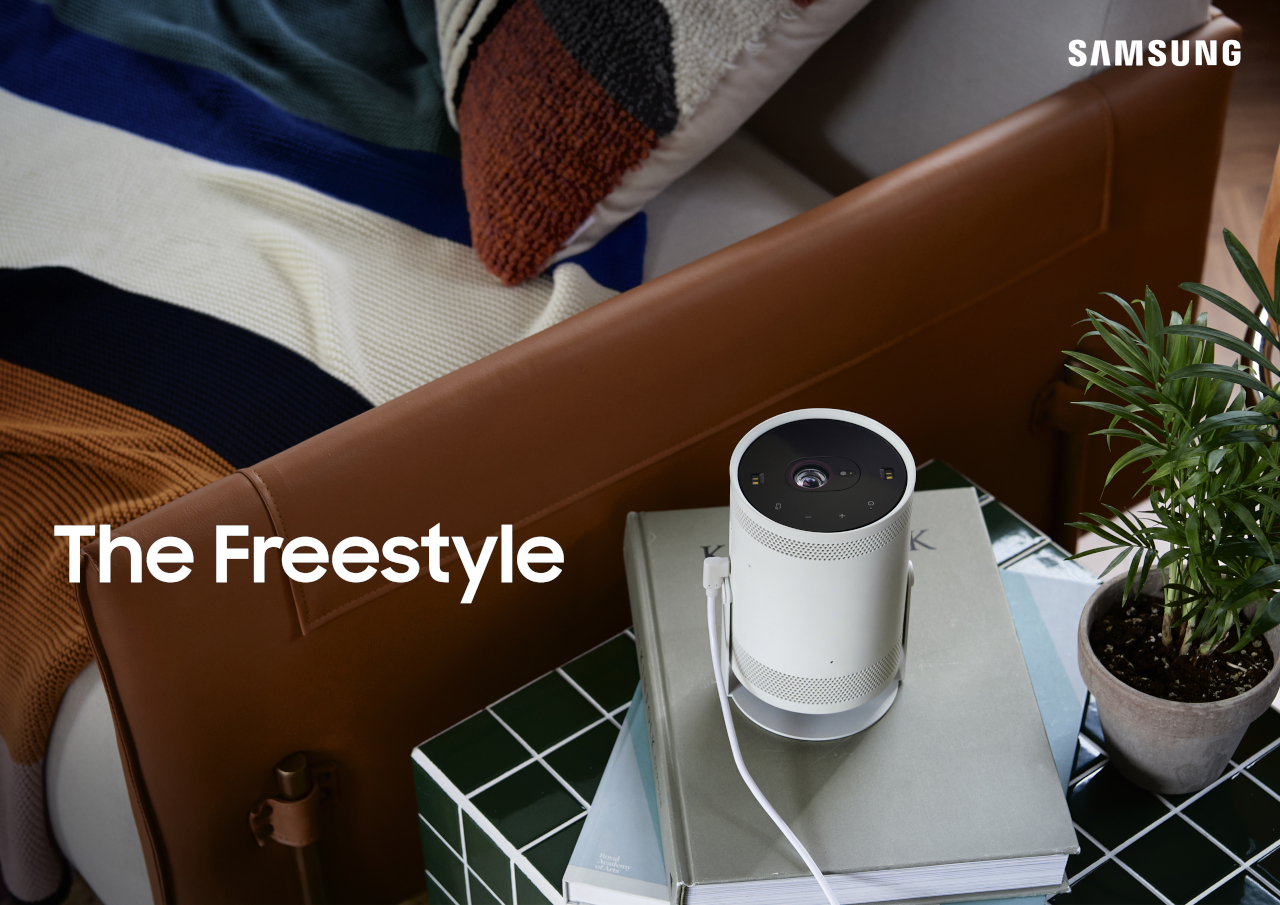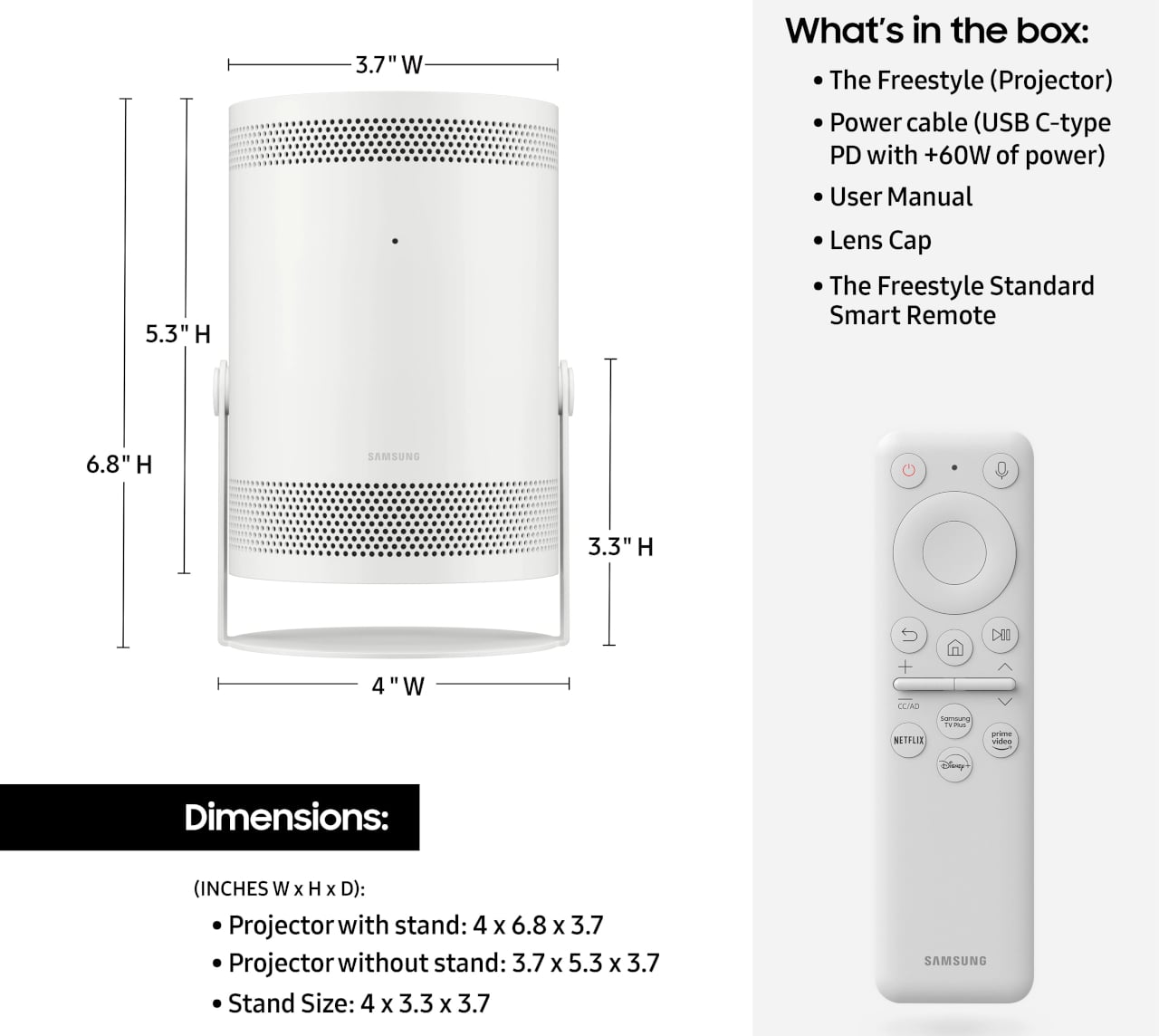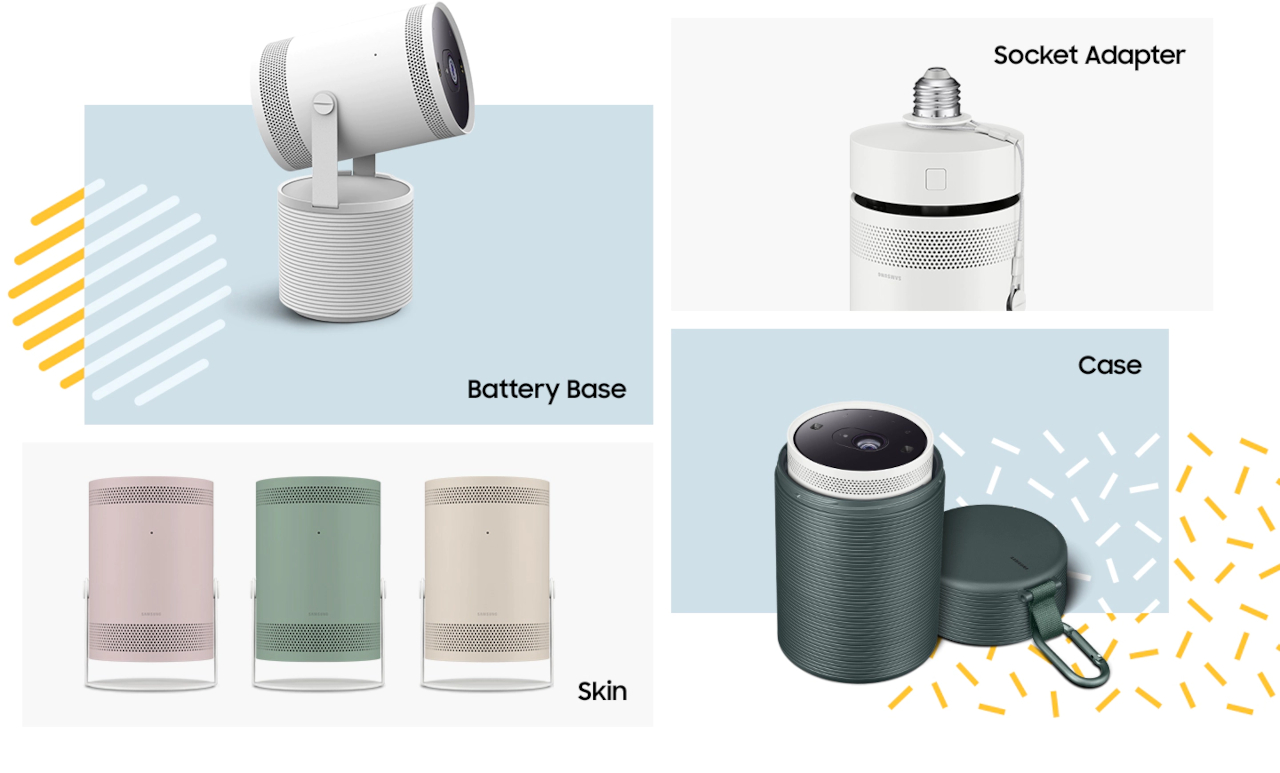Eating healthy is more than half the battle, and this multi-functional oven will try to lower the barrier to entry for those who want to go down this path.
There has been a great deal of focus on personal health in the past two years, but most of it has revolved around being active and getting some exercise even when stuck at home. Many fitness and health experts, however, will explain that the real and biggest factor in living a healthy lifestyle is in what you eat. Eating healthy dishes can be a bit difficult if you don’t get to decide what gets put inside those meals. Cooking, however, isn’t as easy as it sounds for many people, so Panasonic is trying to take a load off people’s shoulders with its latest Compact Oven.
Designer: Panasonic
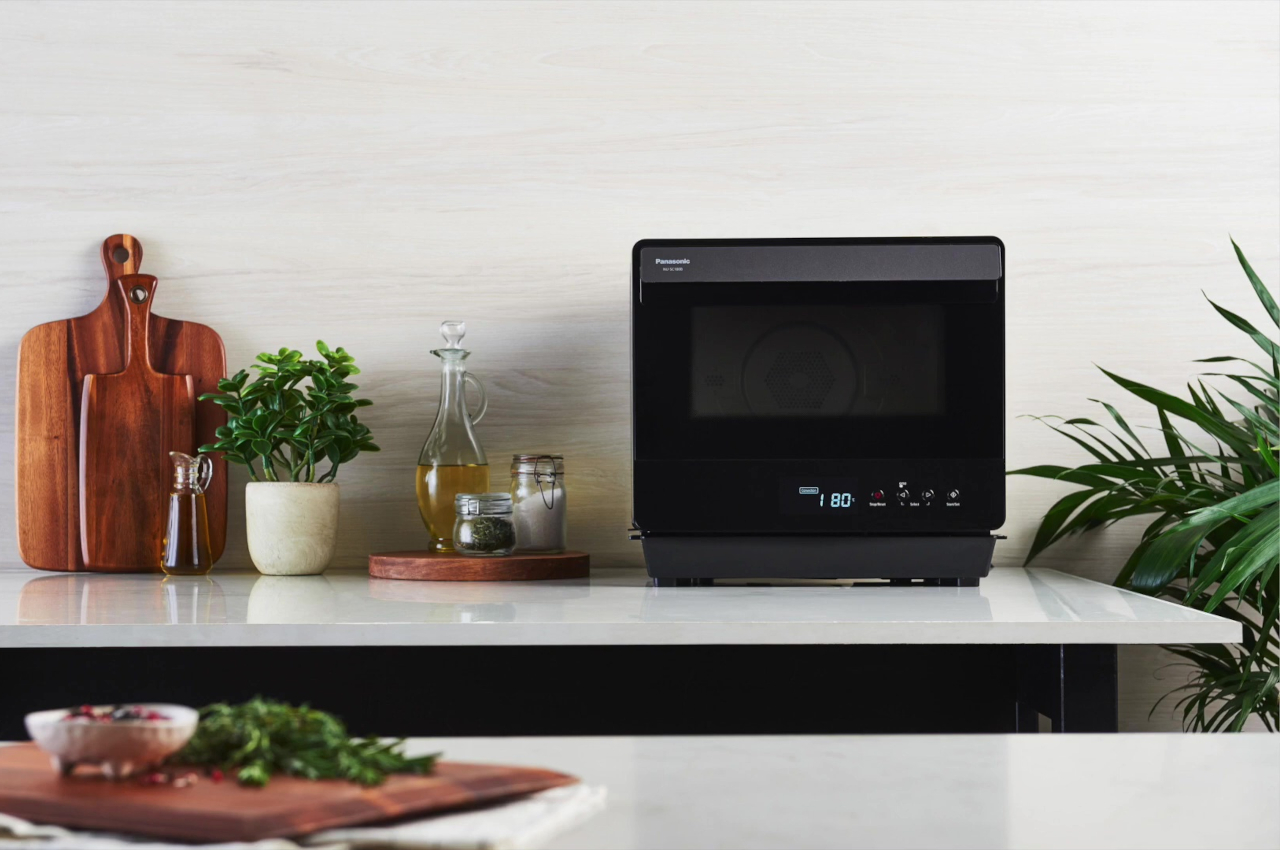
Calling the HomeCHEF 7-in-1 “compact” might be a bit of a stretch, at least when compared to its siblings. This newest addition to the lineup is larger to accommodate the more spacious 20L capacity and bigger 800ml water tank. That may mean you’ll have to shove some things out of the way to make room for this oven in the kitchen, but Panasonic says it’s all worth it.
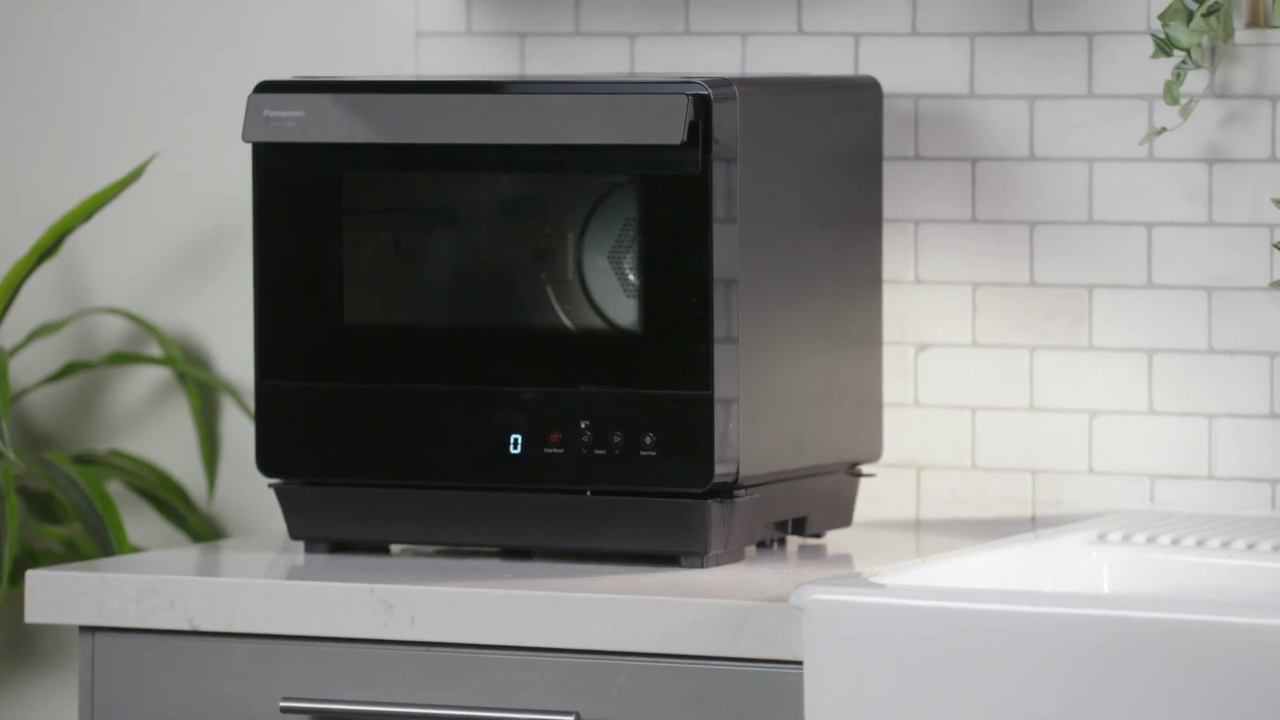
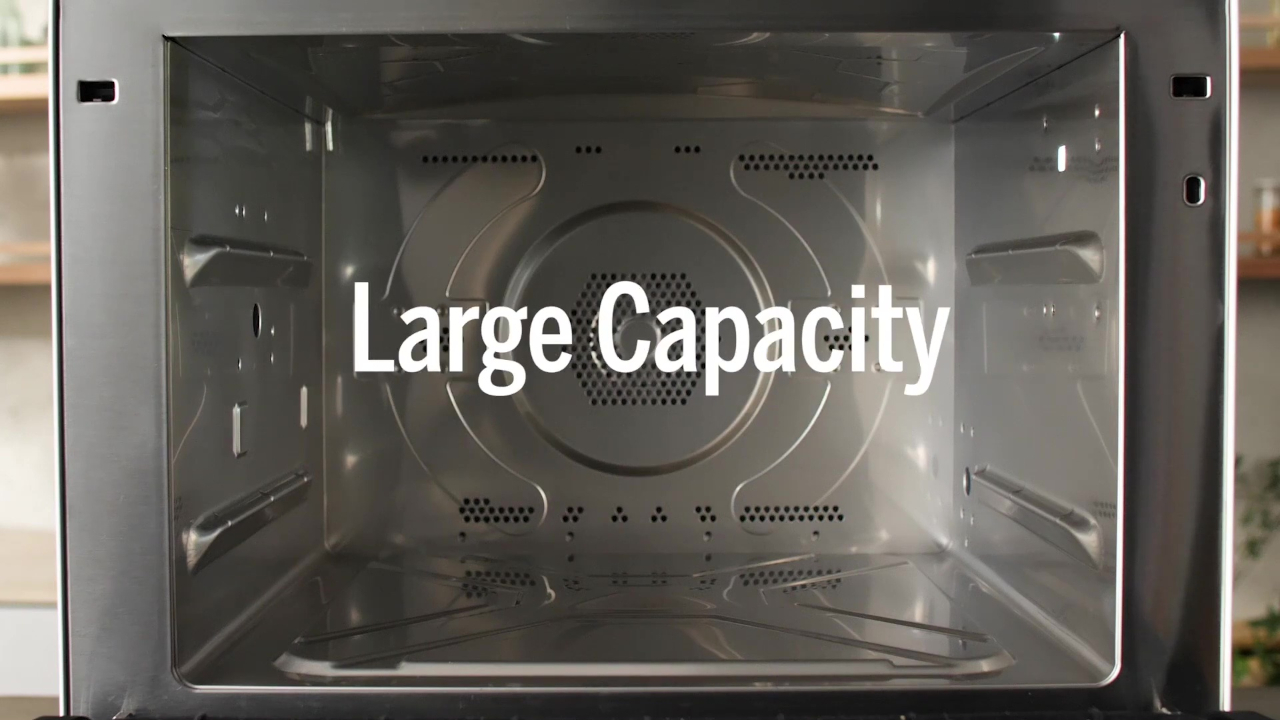
Those bigger capacities aren’t just for show, of course, and the Panasonic HomeCHEF 7-in-1 comes with new features as well. For one, 2-level Convection Cooking lets you bake more things at the same time. The oven’s fans and temperature range have also been upgraded to ensure that both levels cook uniformly.

The Compact Oven also gets more functions, primarily Steam and Steam Convection. These two promise healthier dishes since they’re able to preserve more nutrients compared to other cooking methods. That brings the number of functions to seven (hence the name), including Air Fry, Convection Bake, Slow Cook, Sanitize, and Ferment. That last bit will be useful for croissants and pizza dough.
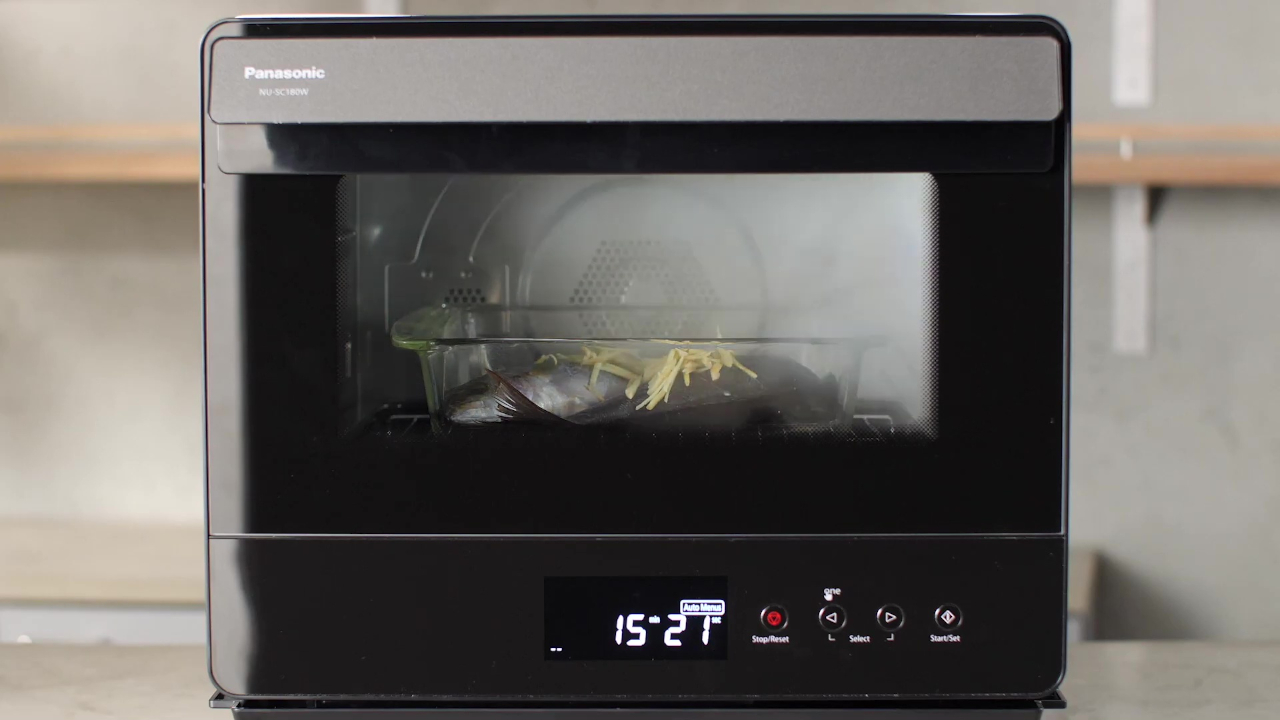
The Panasonic HomeCHEF 7-in-1 Compact Oven is expanding its size and its features in order to also expand the number of healthy dishes one can prepare at home. Although it doesn’t completely remove the work that needs to be done to prepare these meals (not to mention the cleanup afterward), it tries to reduce the number of cooking appliances you have to juggle. It’s easy enough to downplay these conveniences, but ease-of-use and reducing the friction to get started go a long way in setting people on the right track to healthier living.
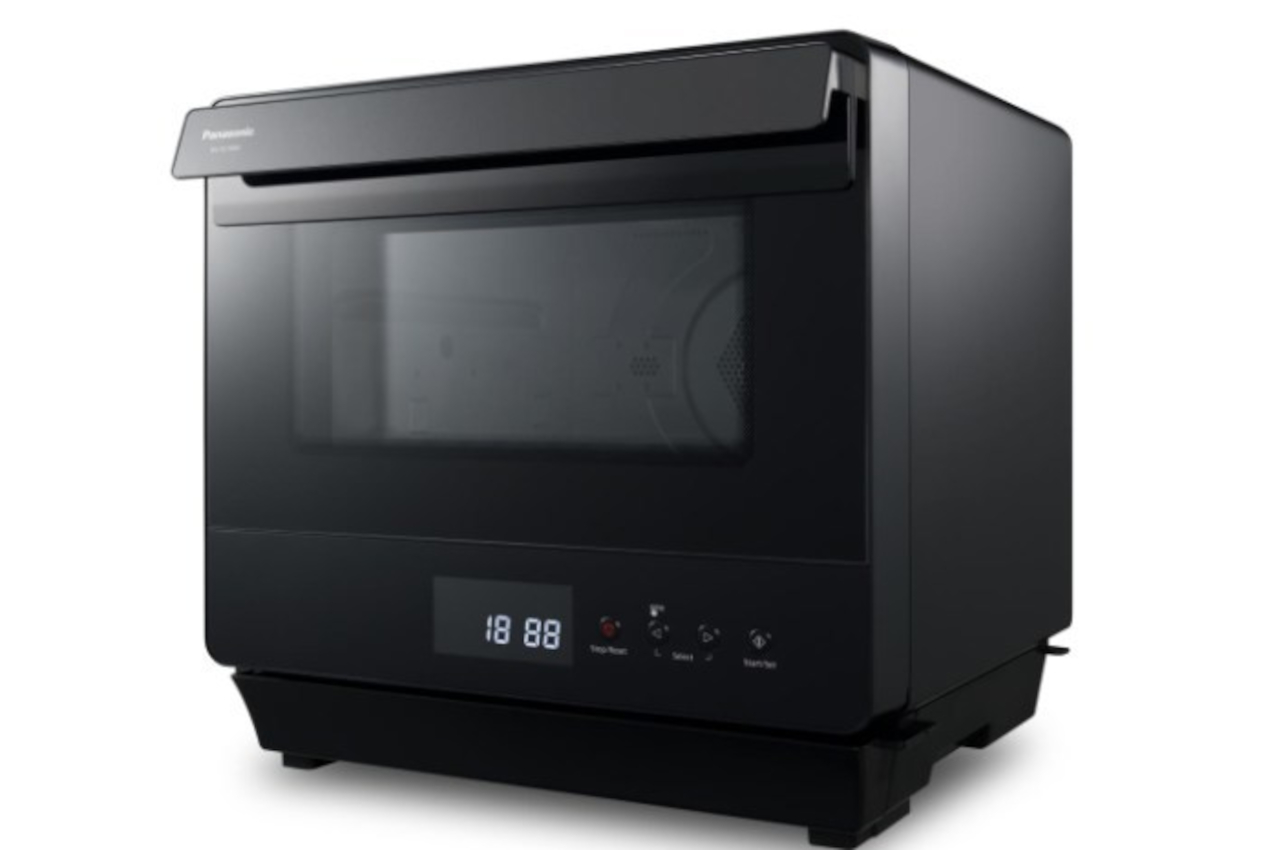
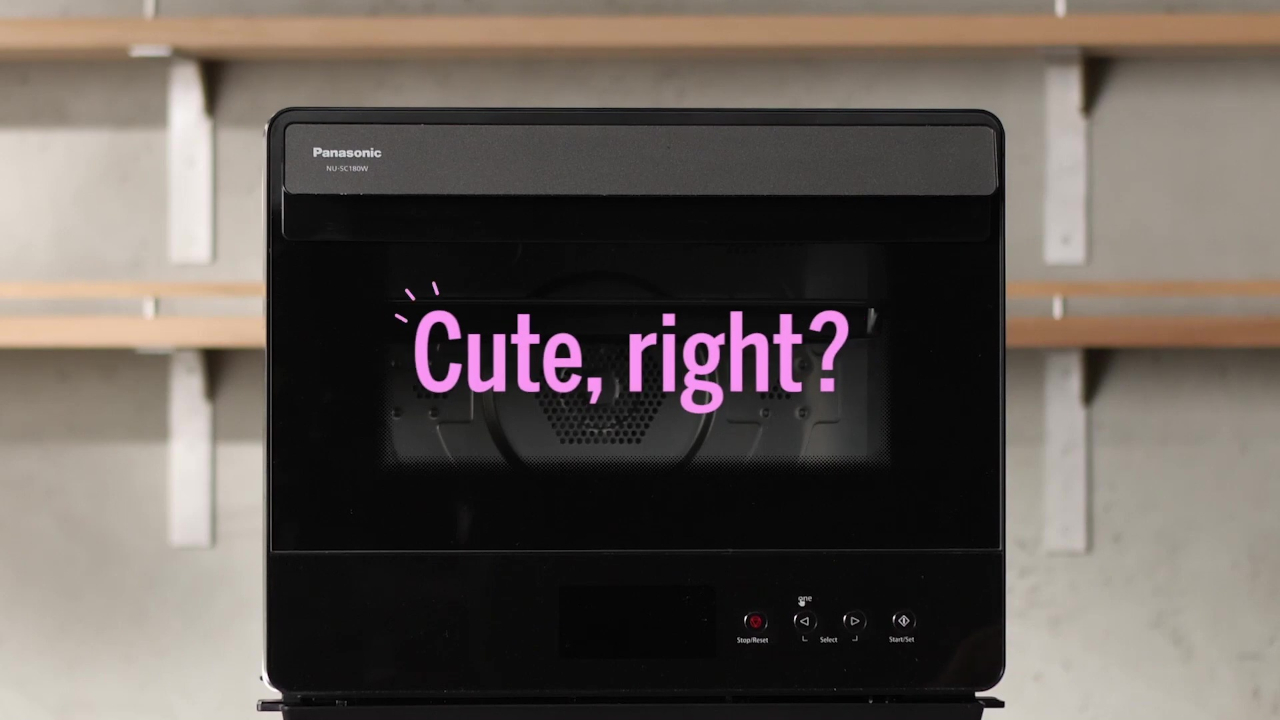
The post Panasonic’s latest 7-in-1 oven comes with a steam functionality to help you eat healthy at home first appeared on Yanko Design.
